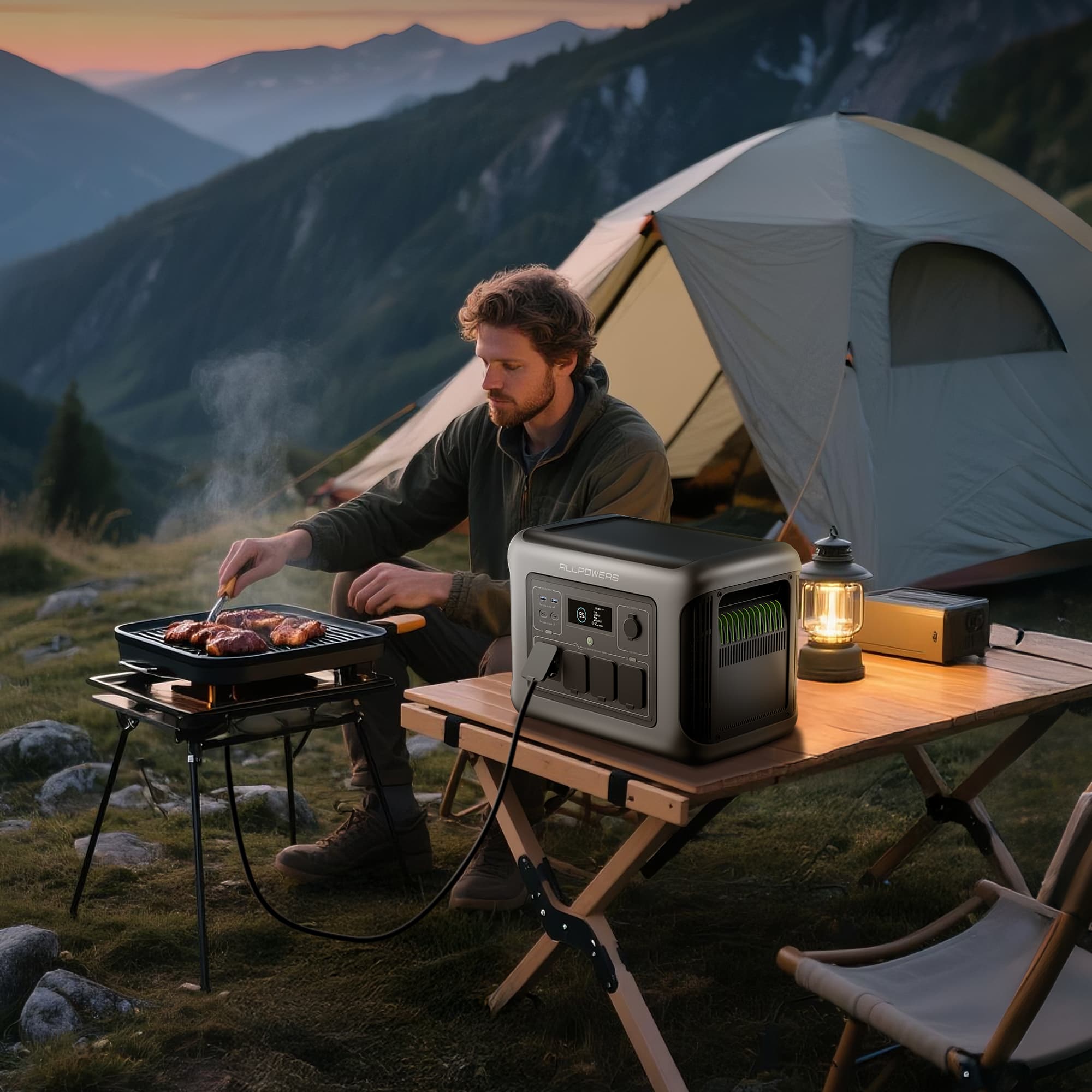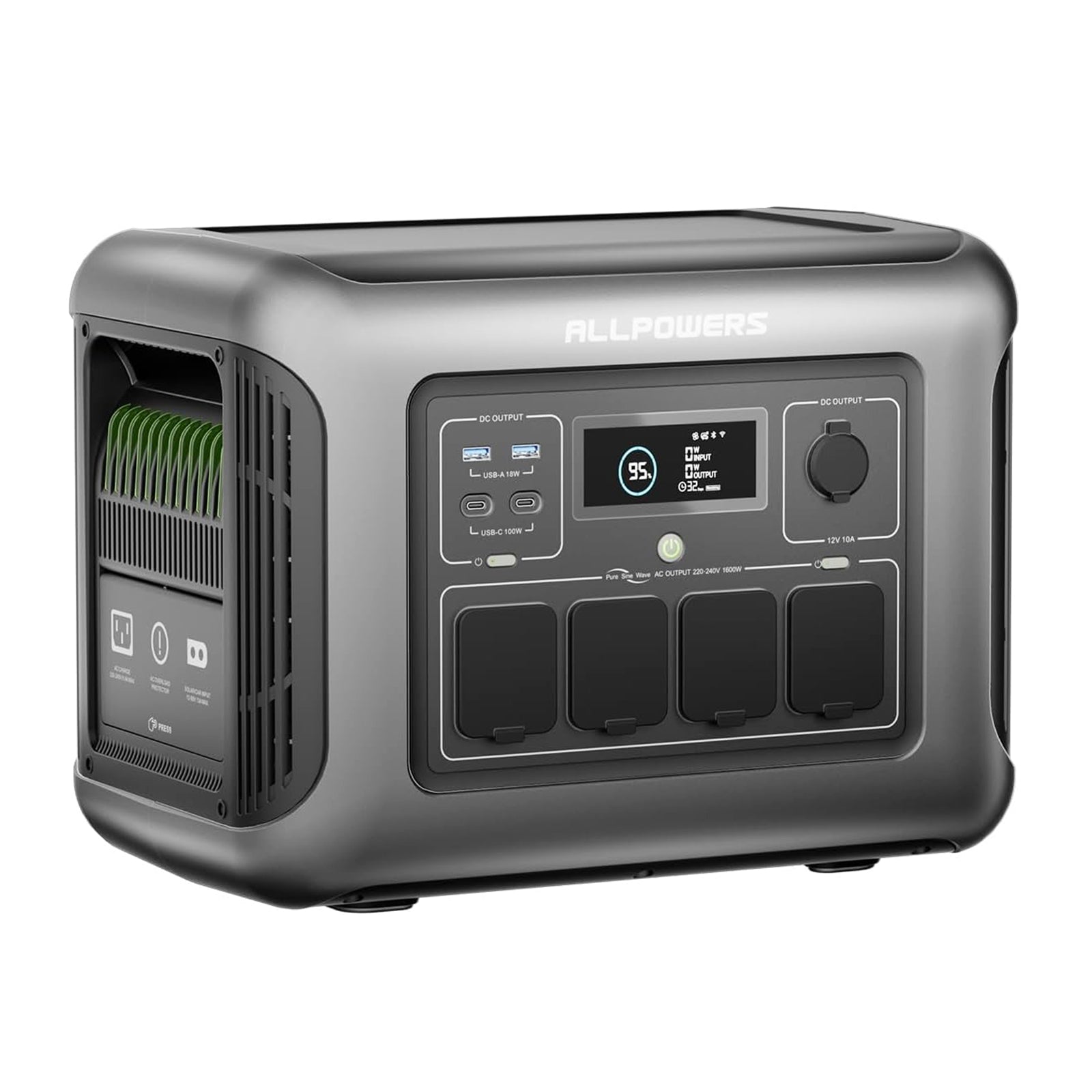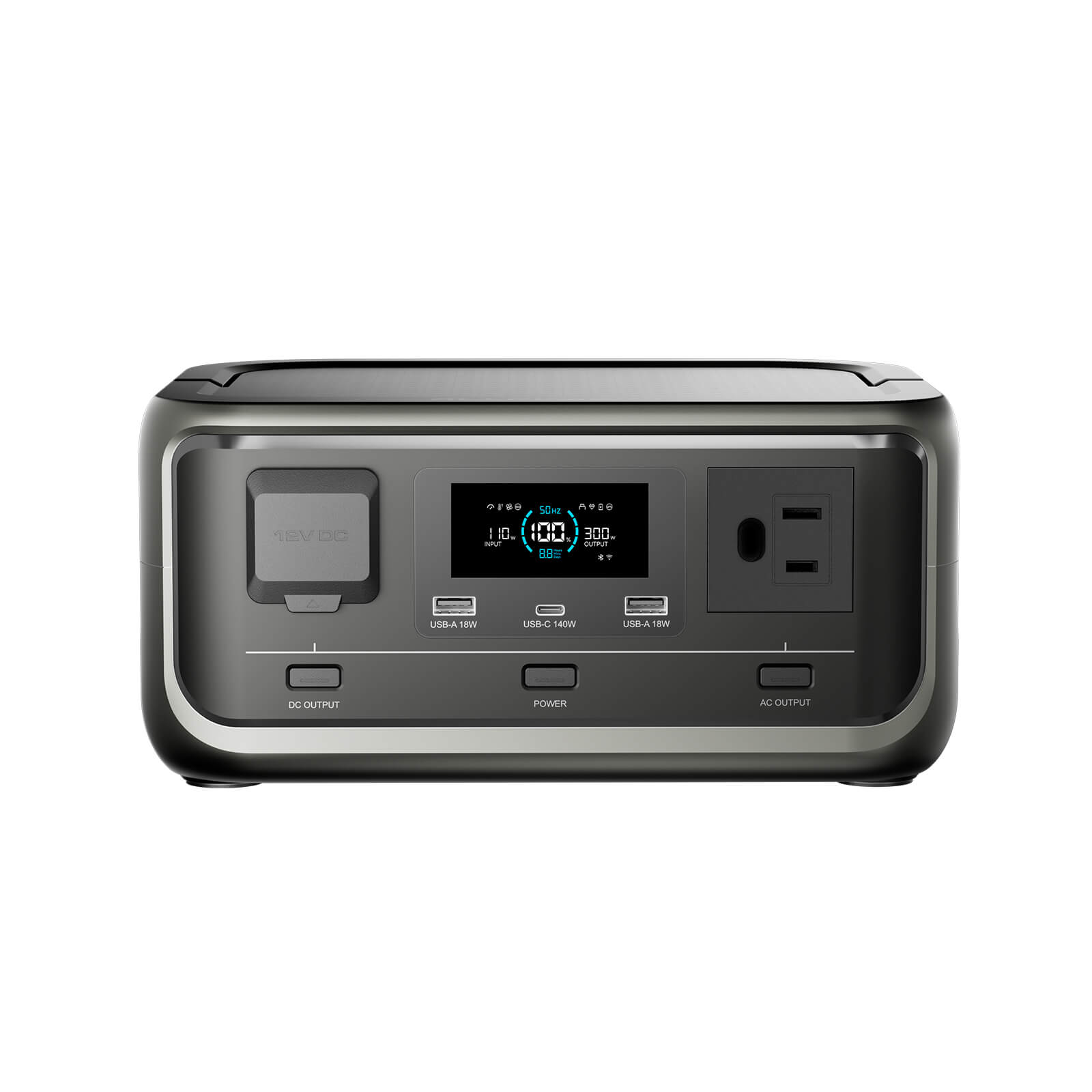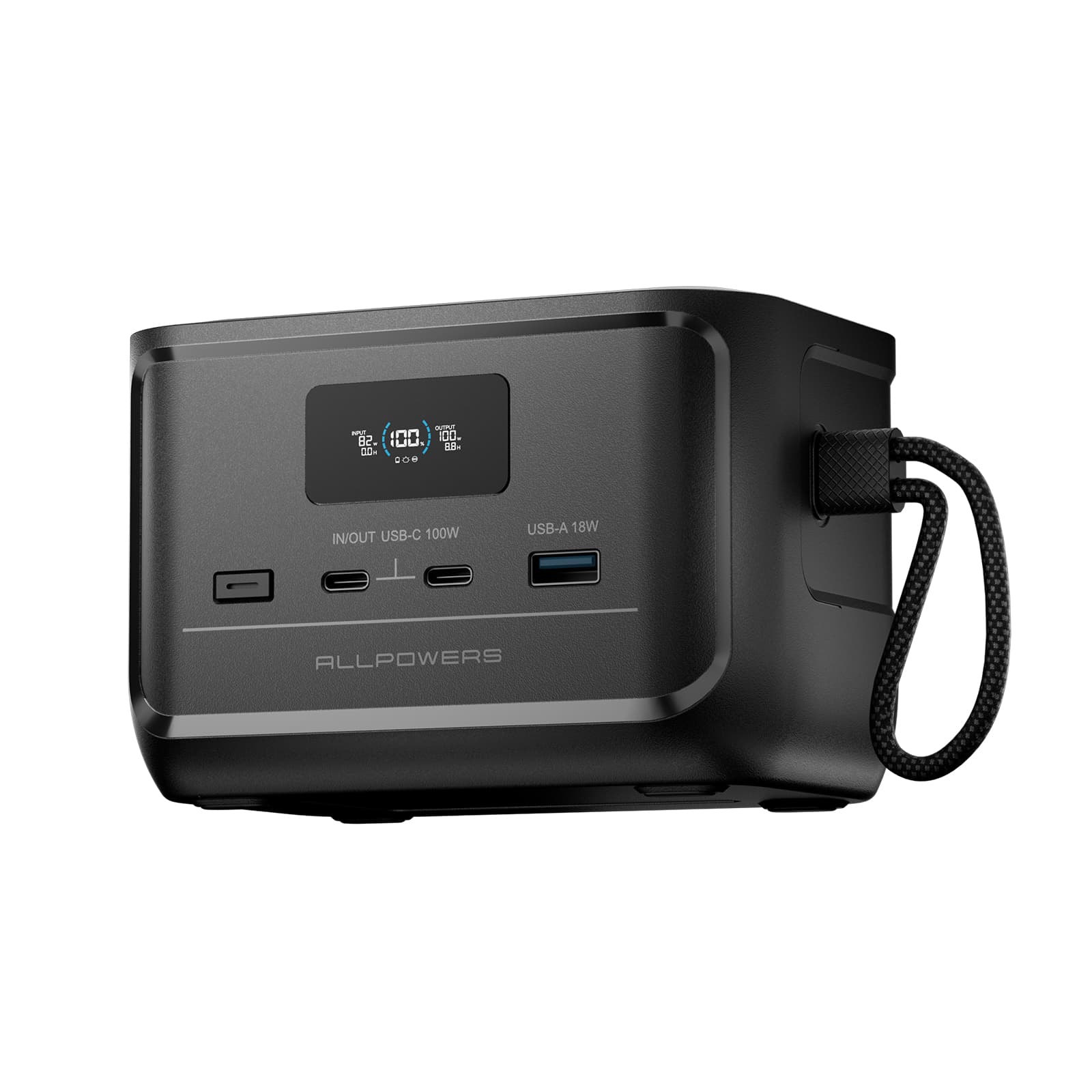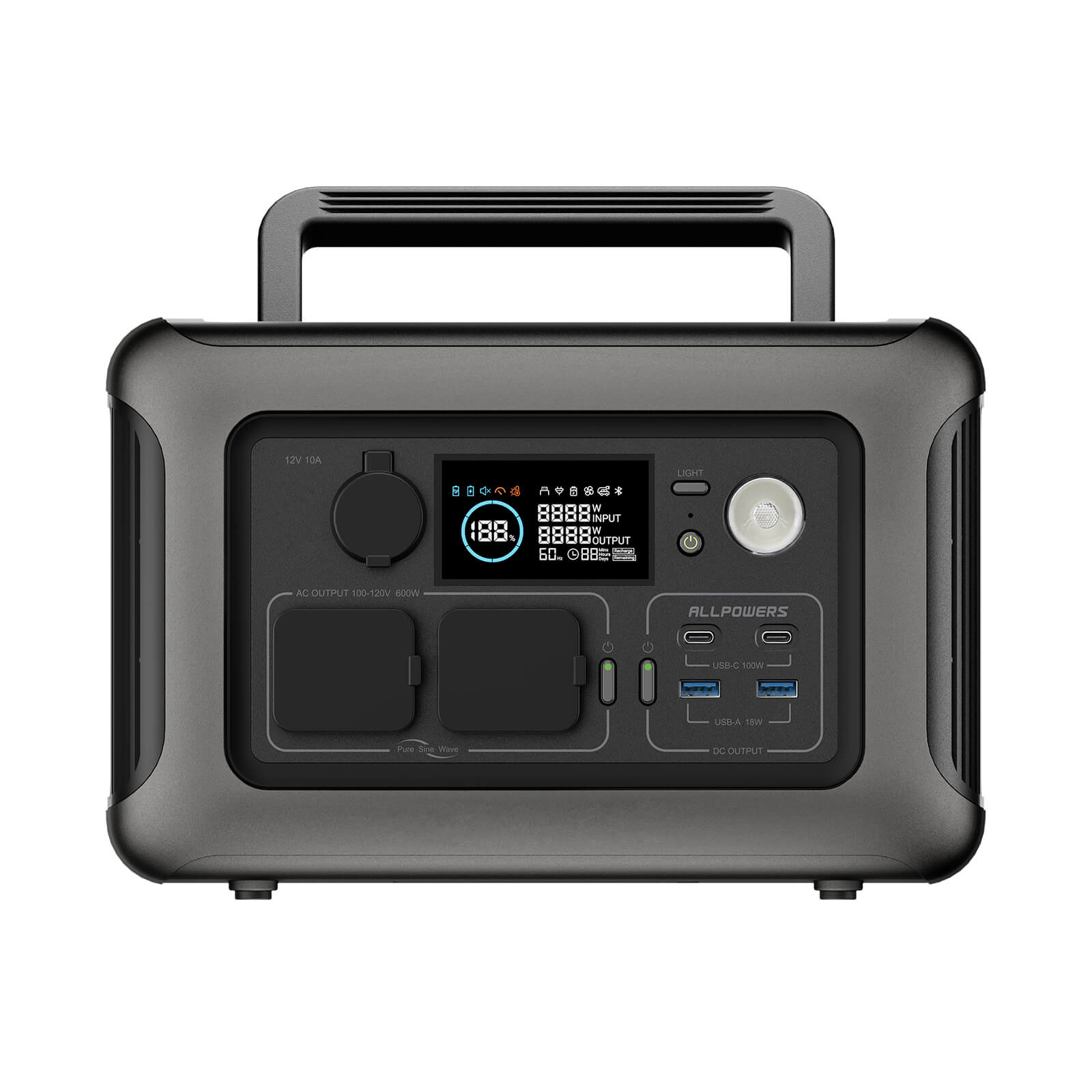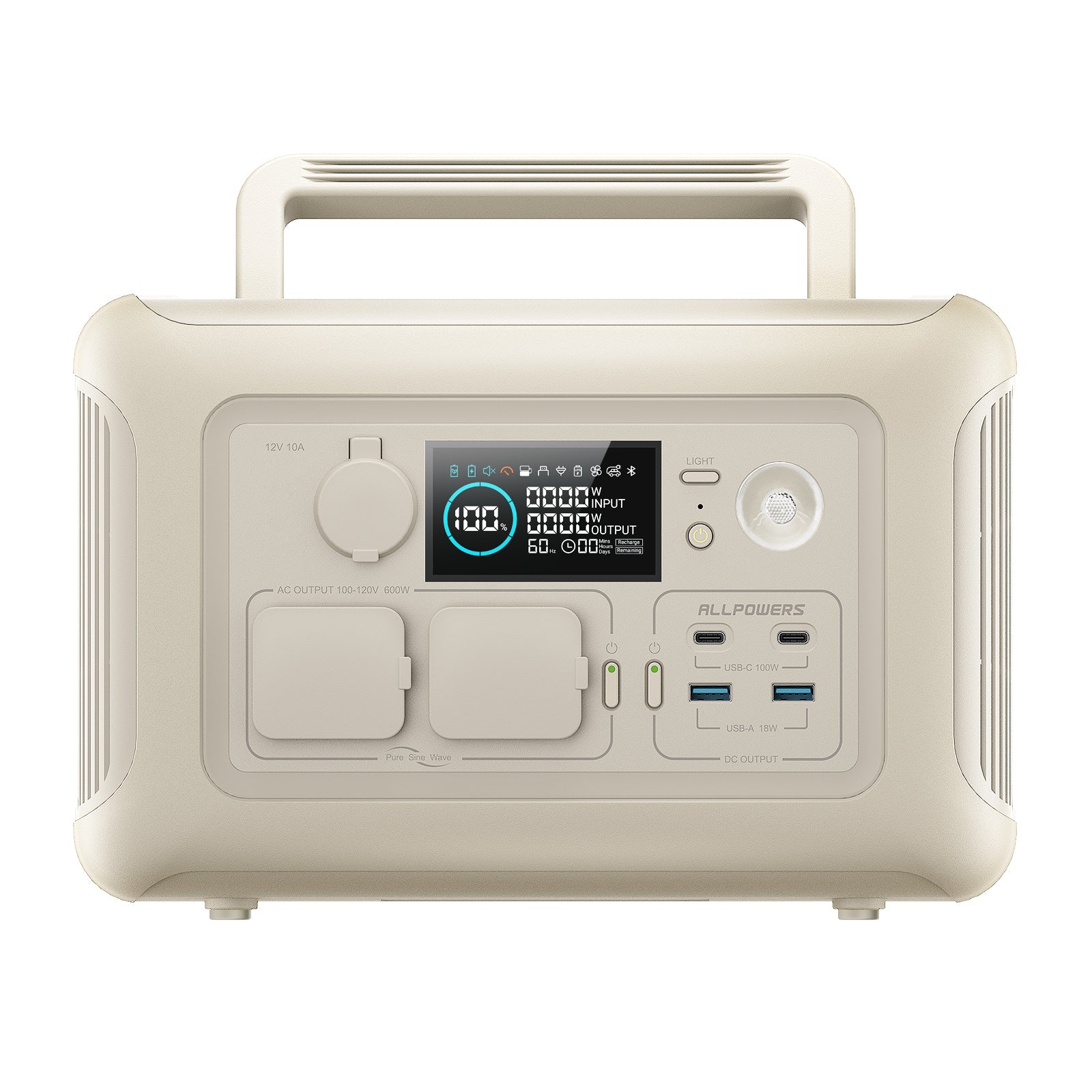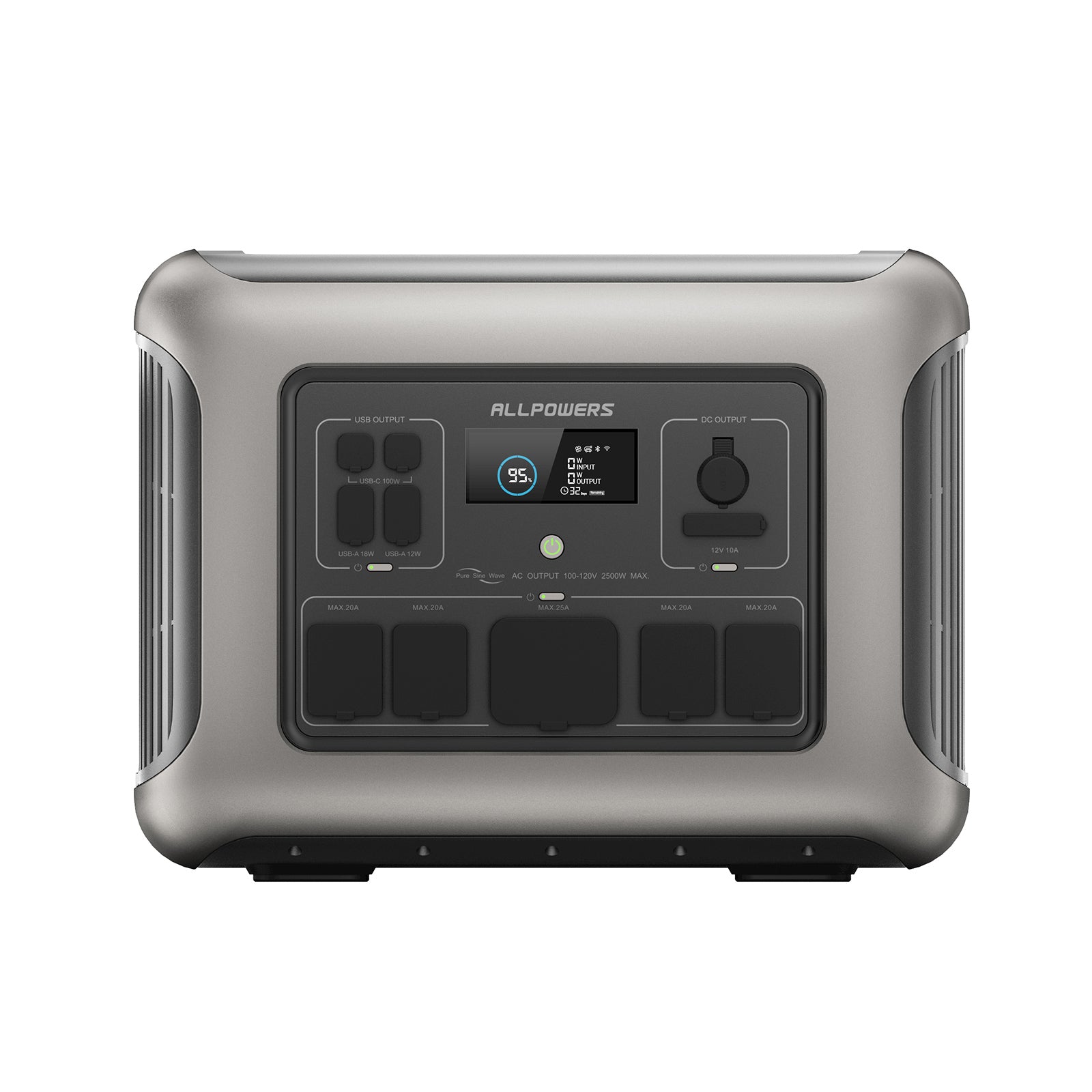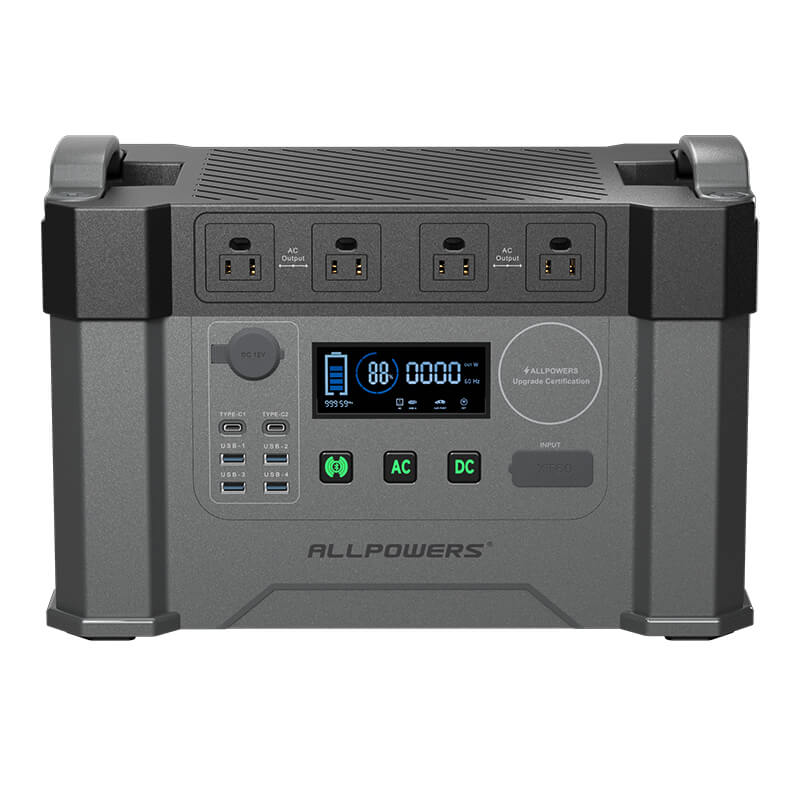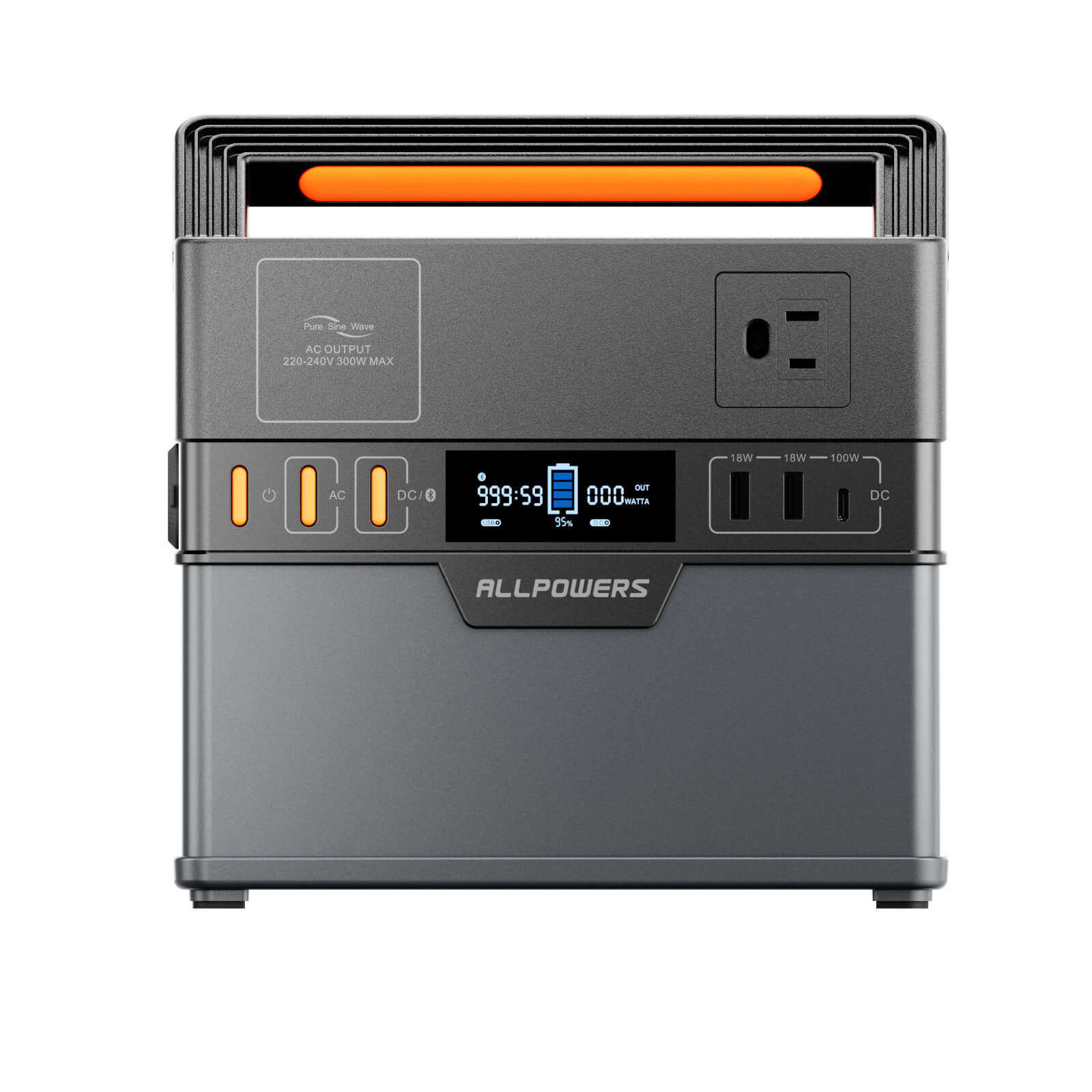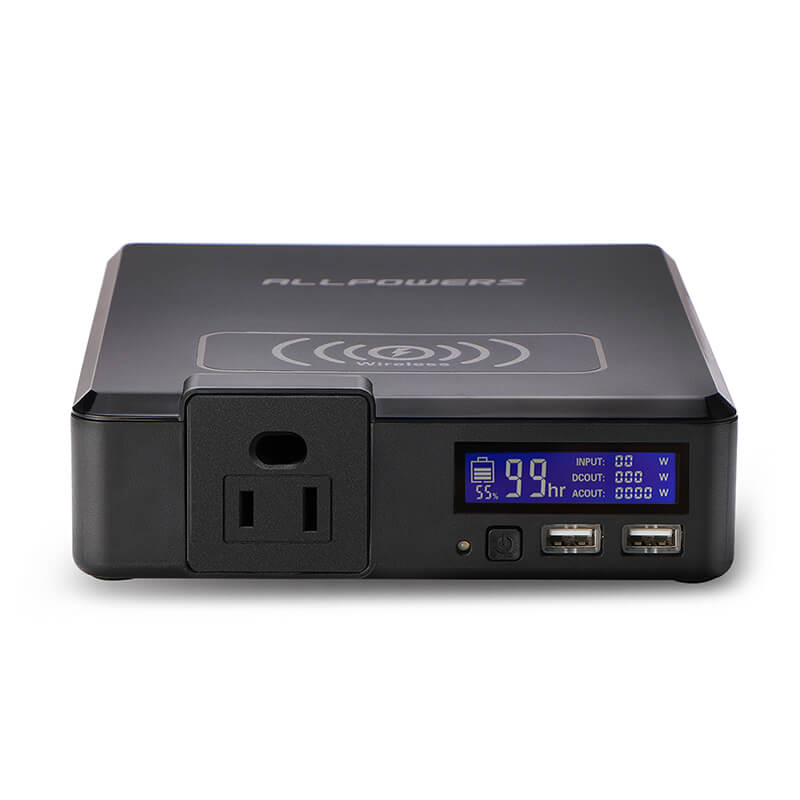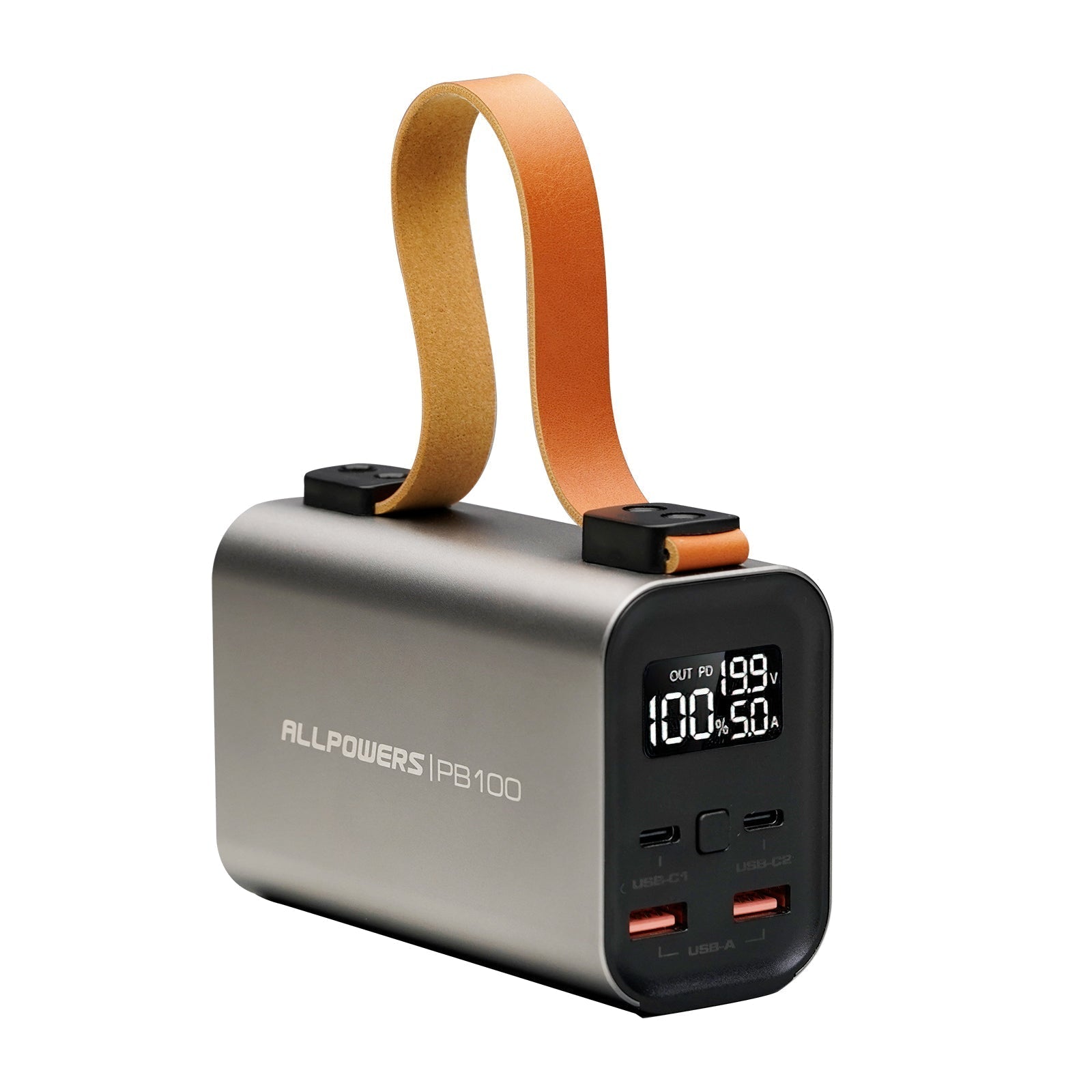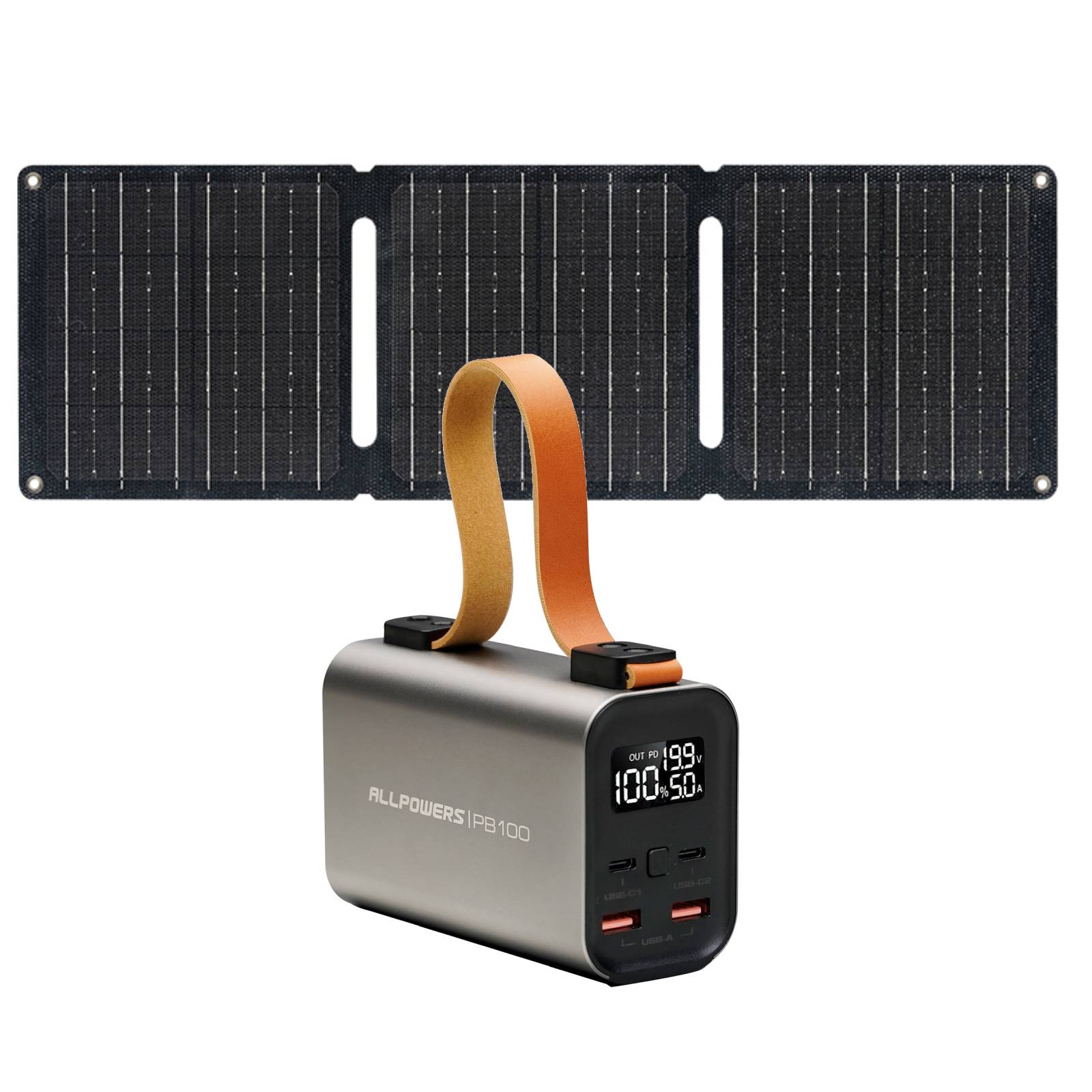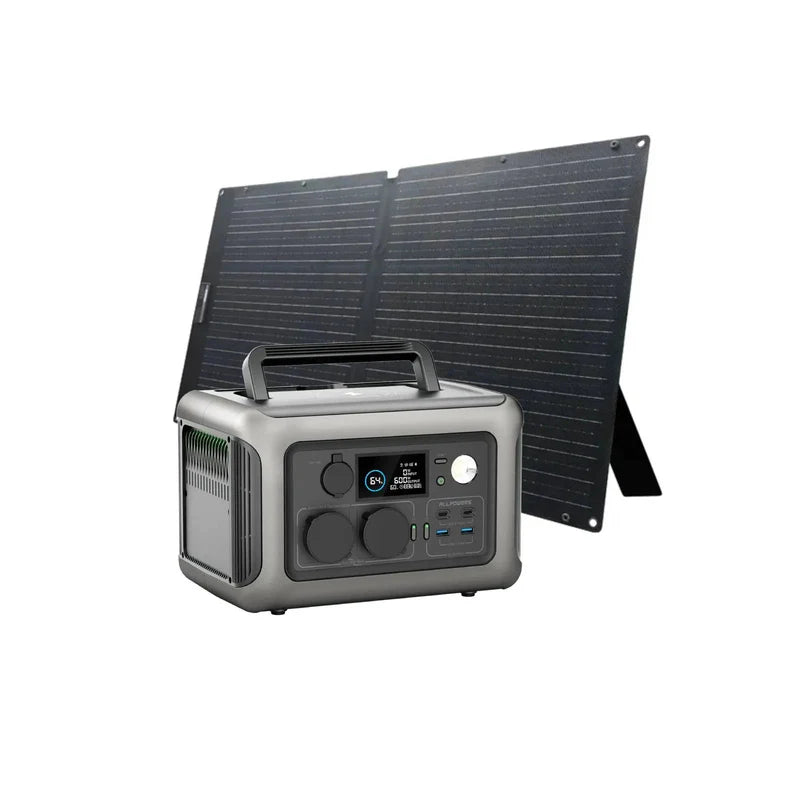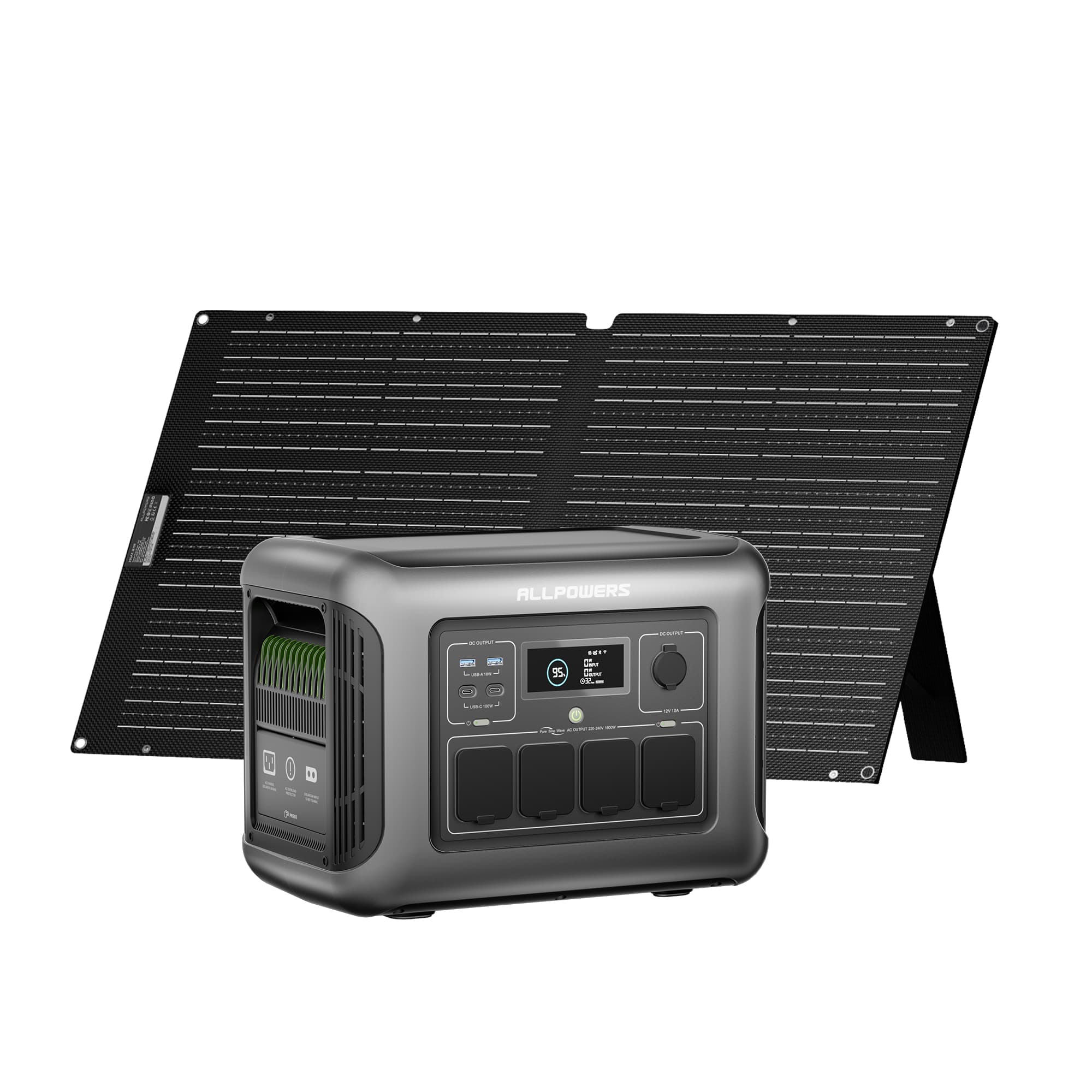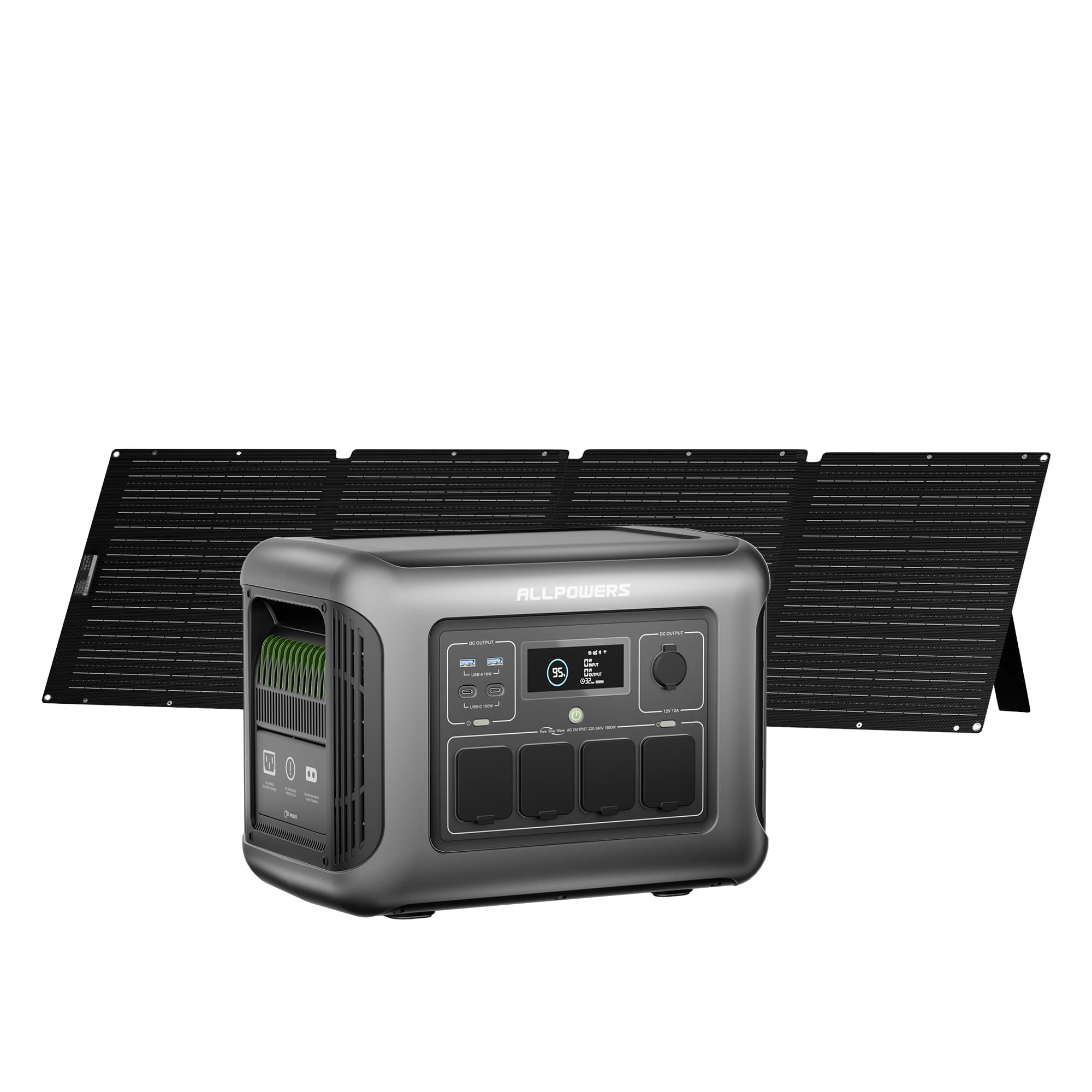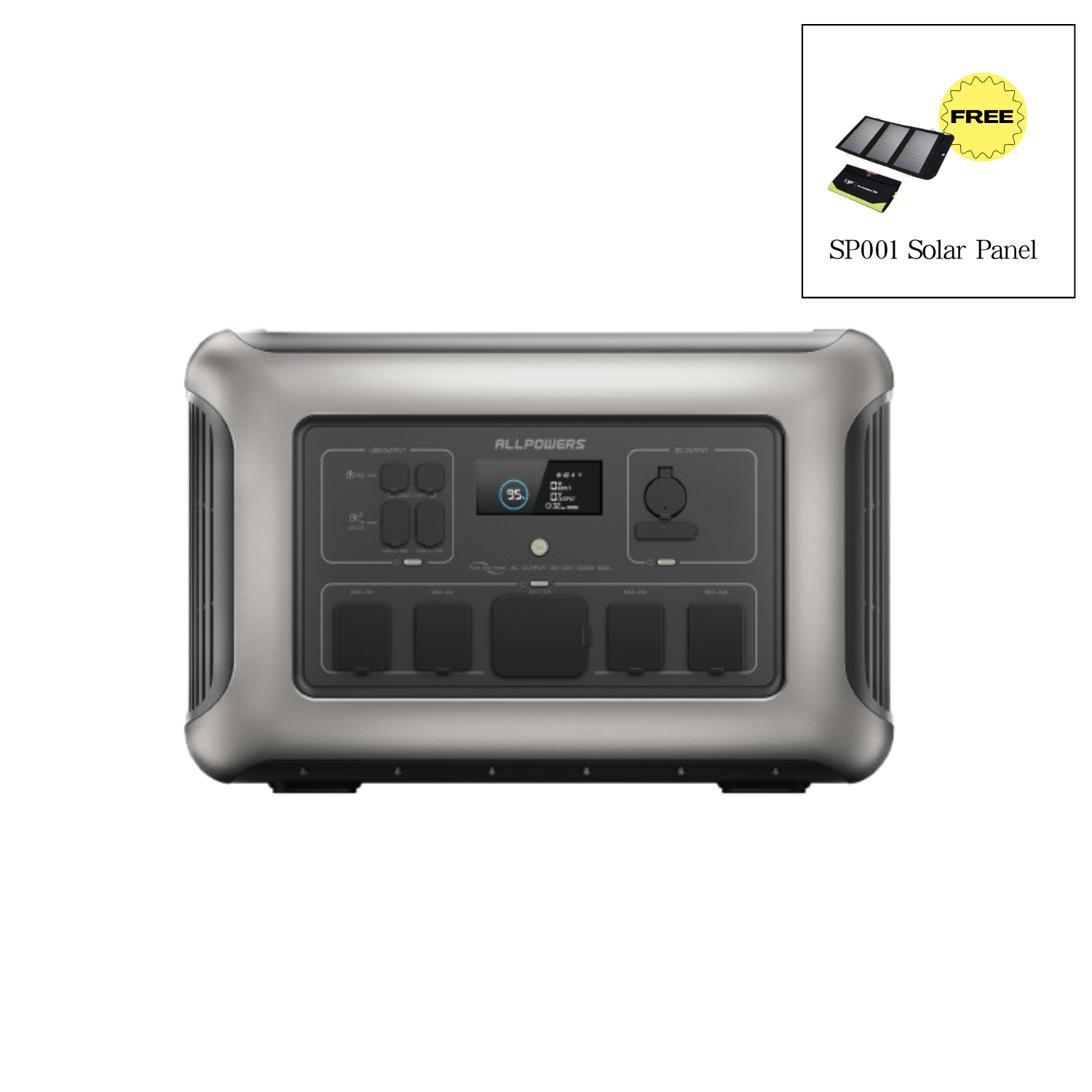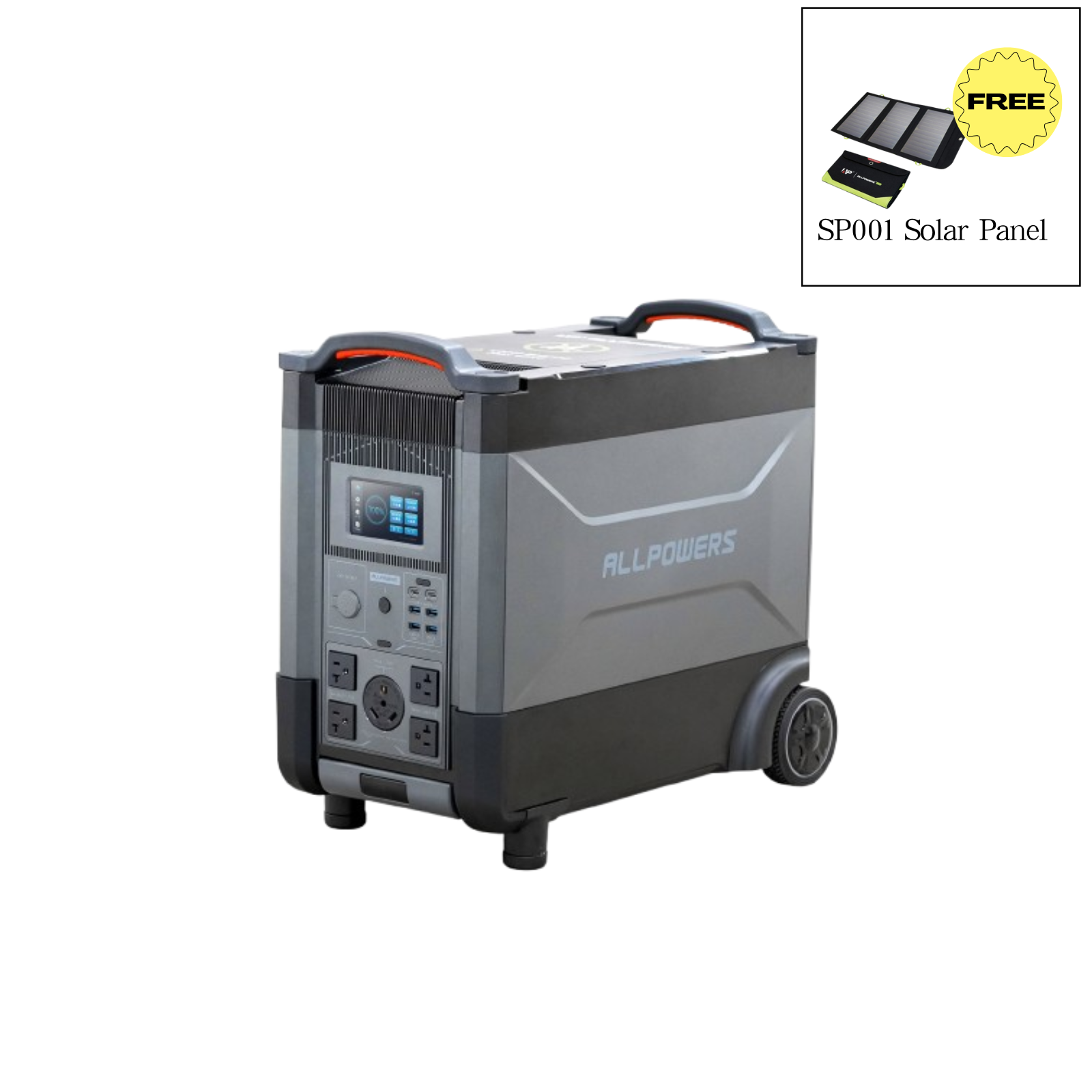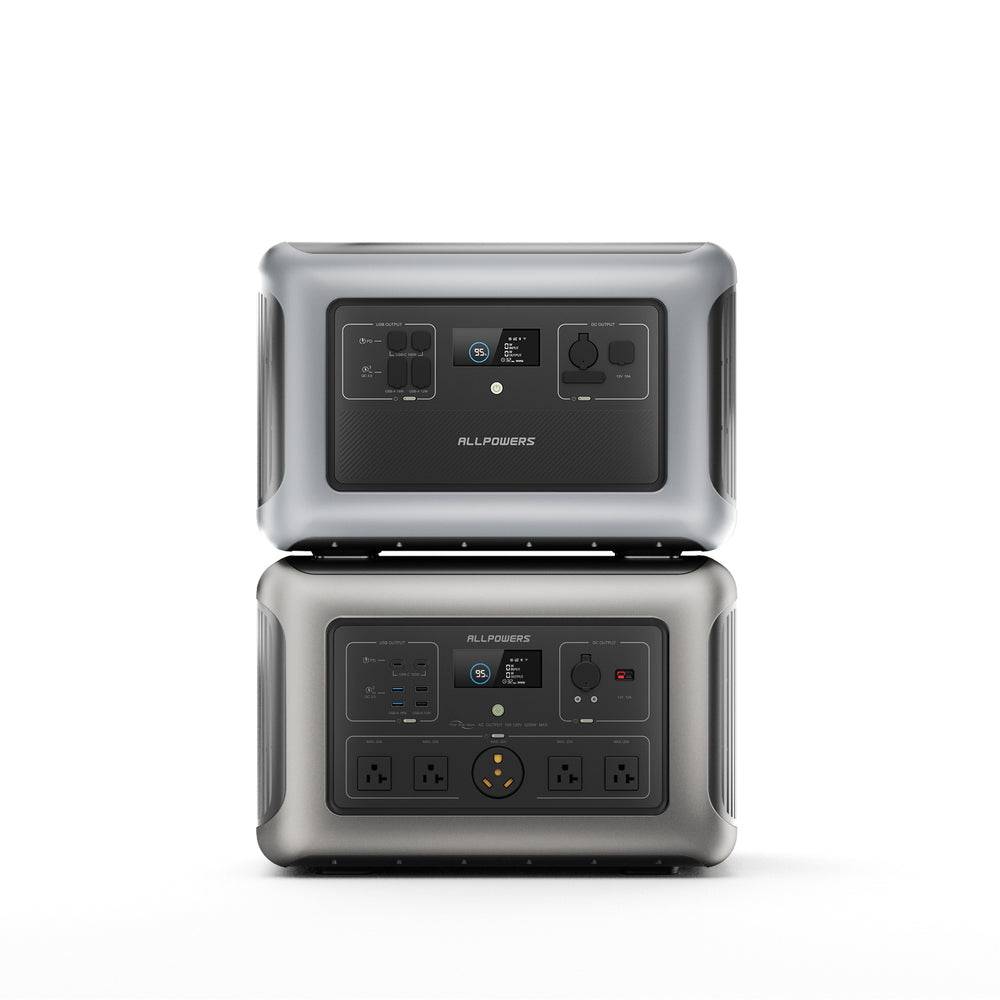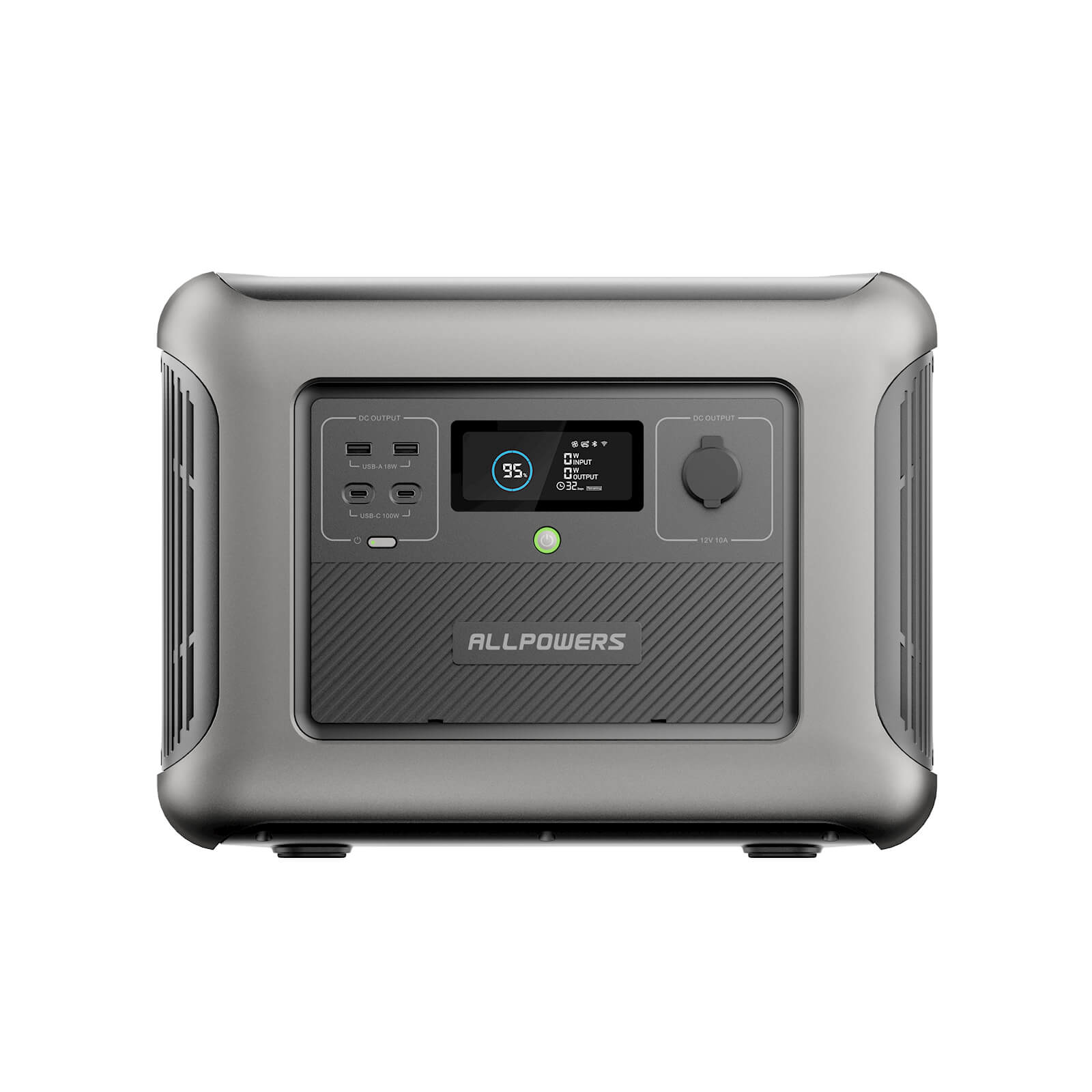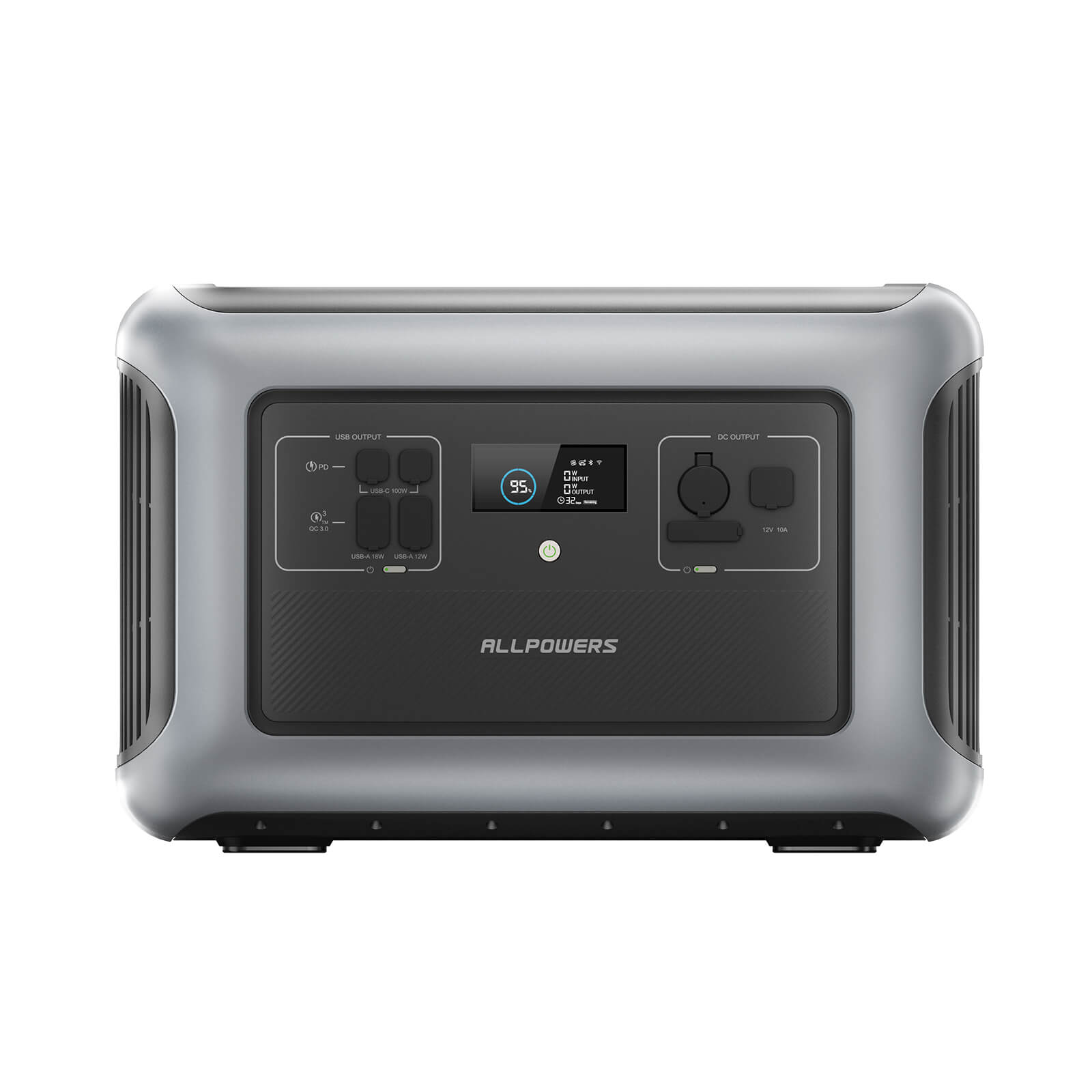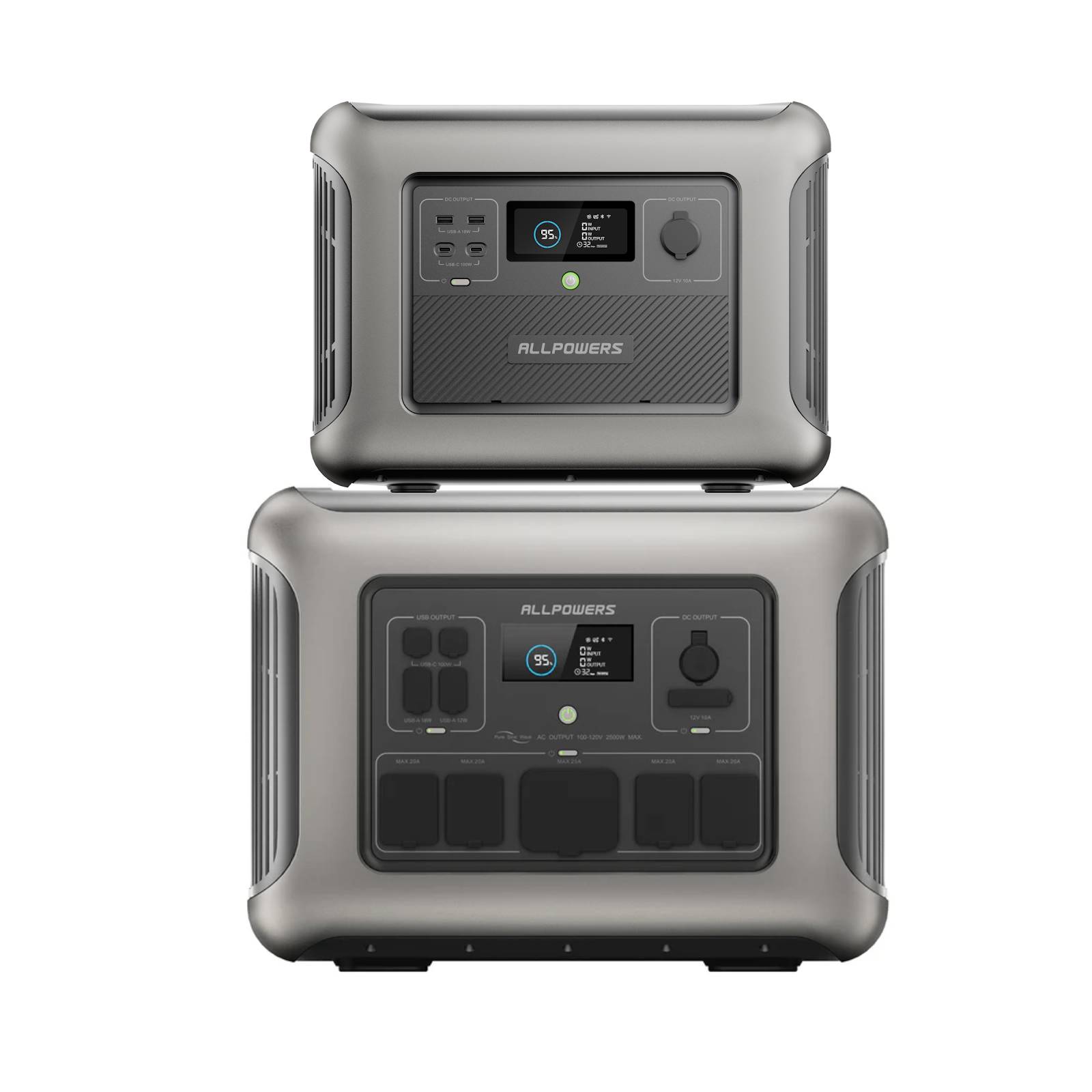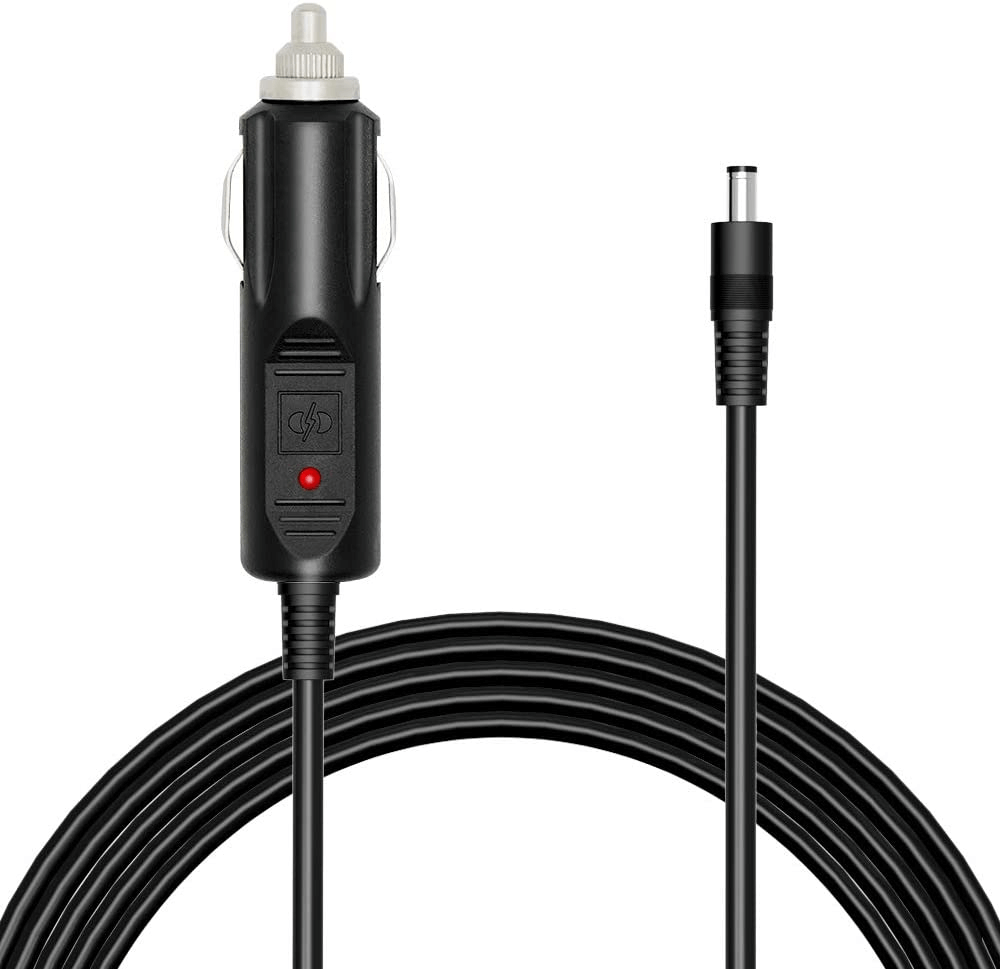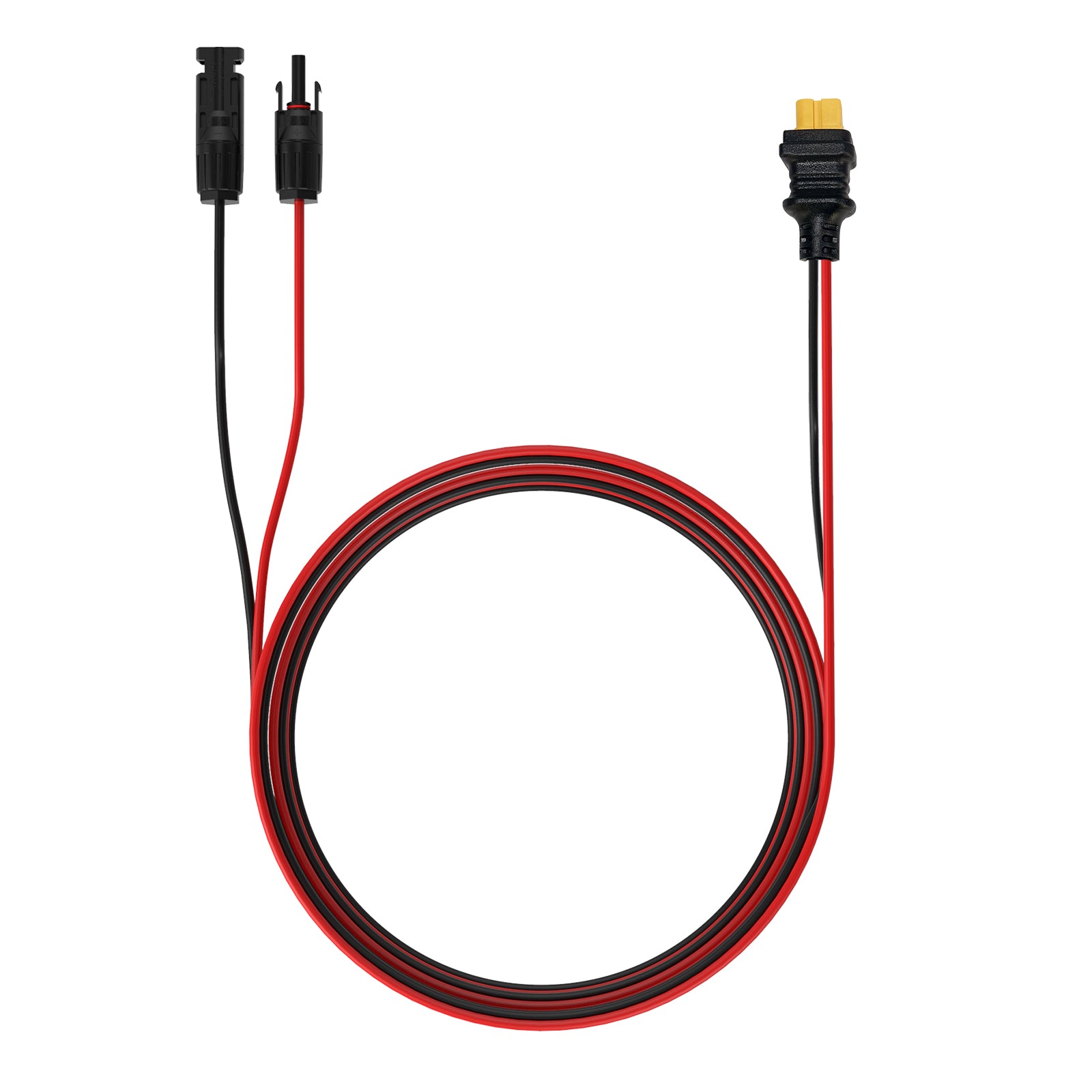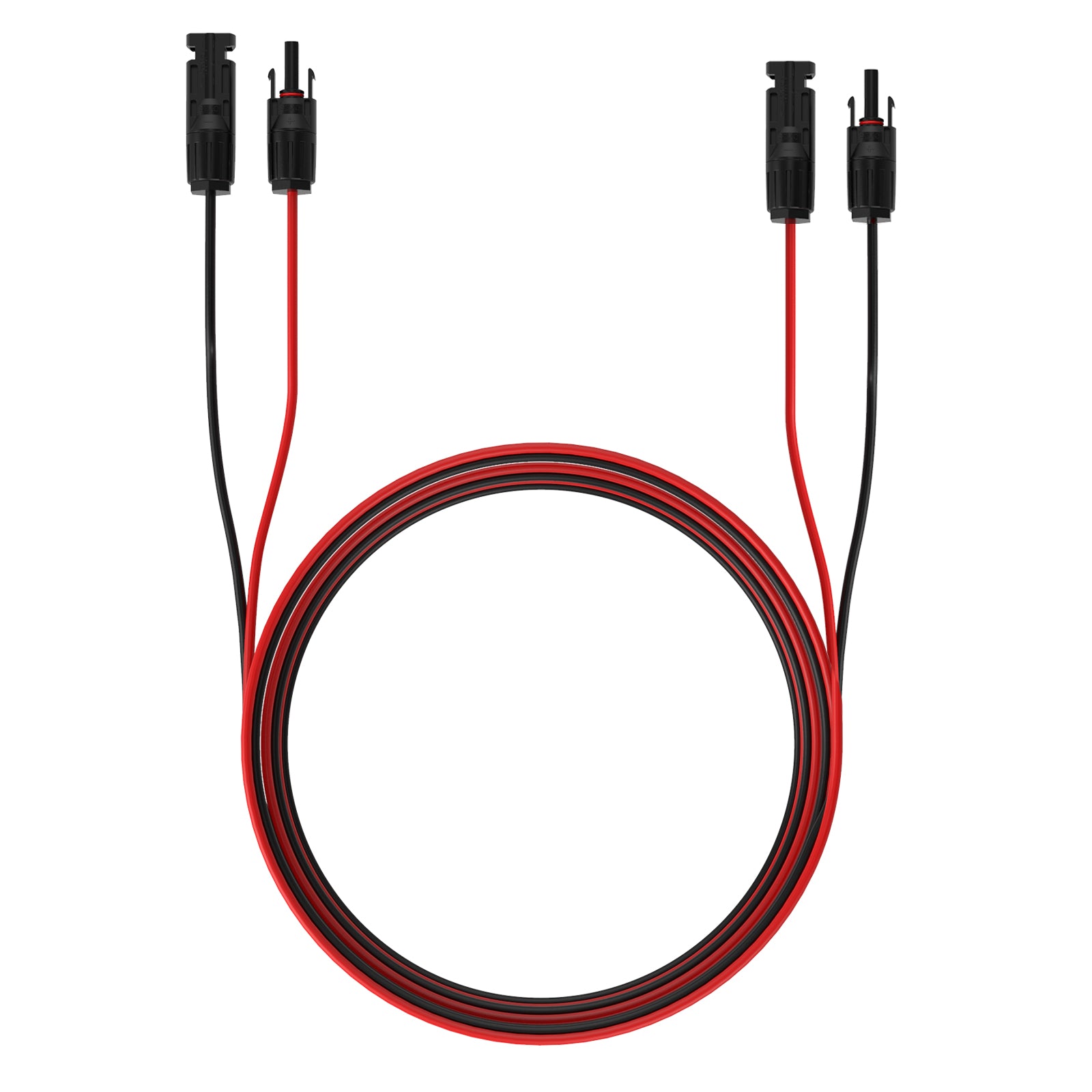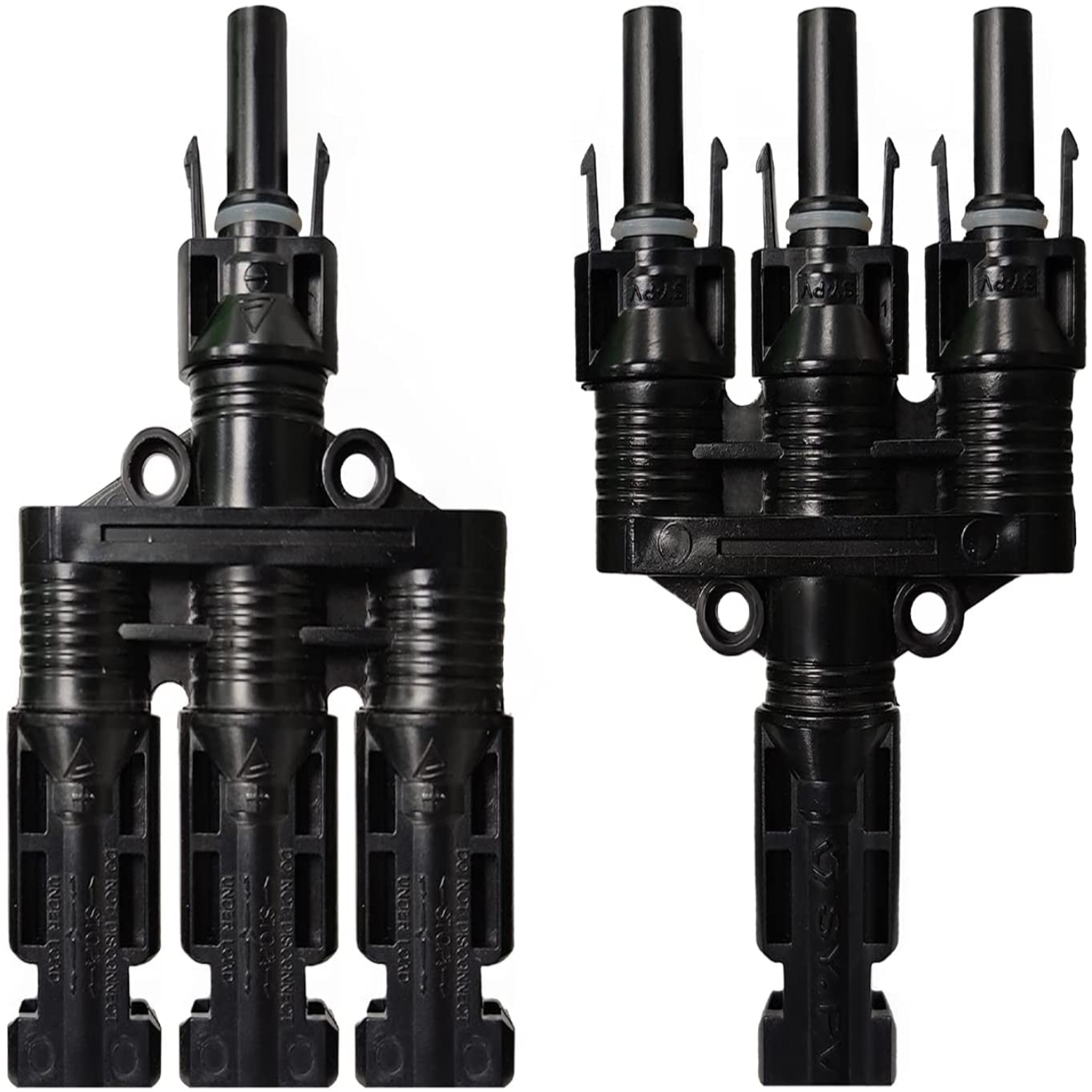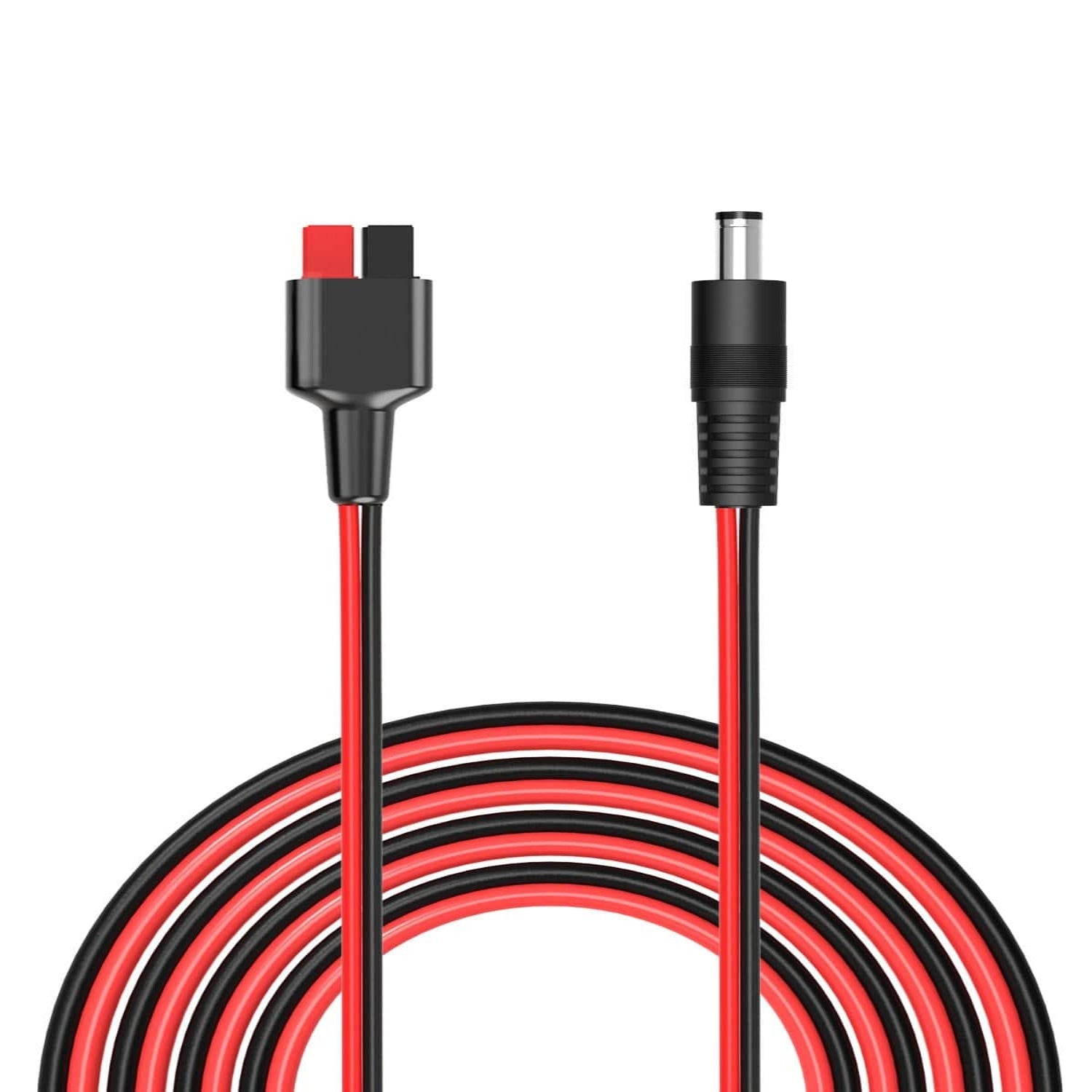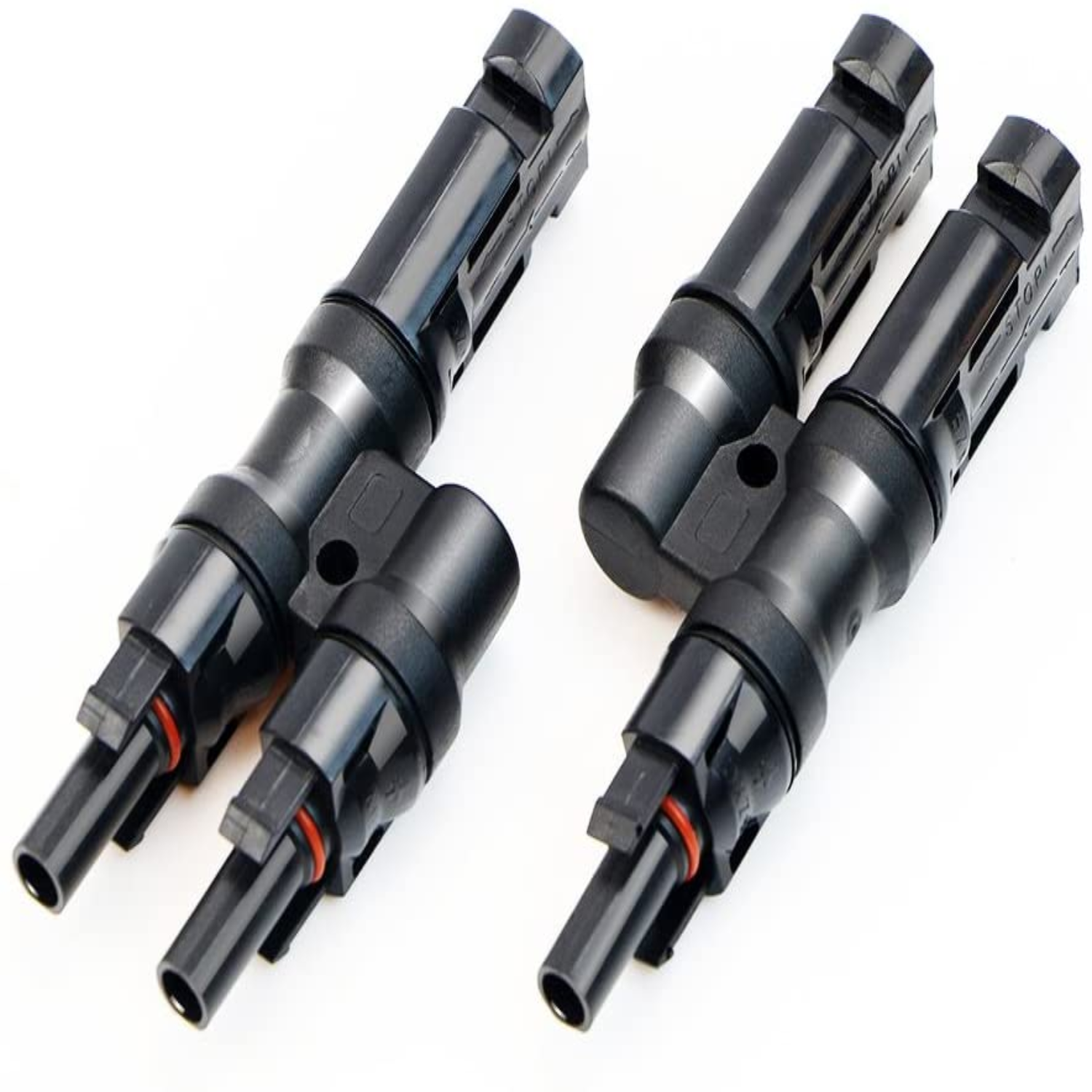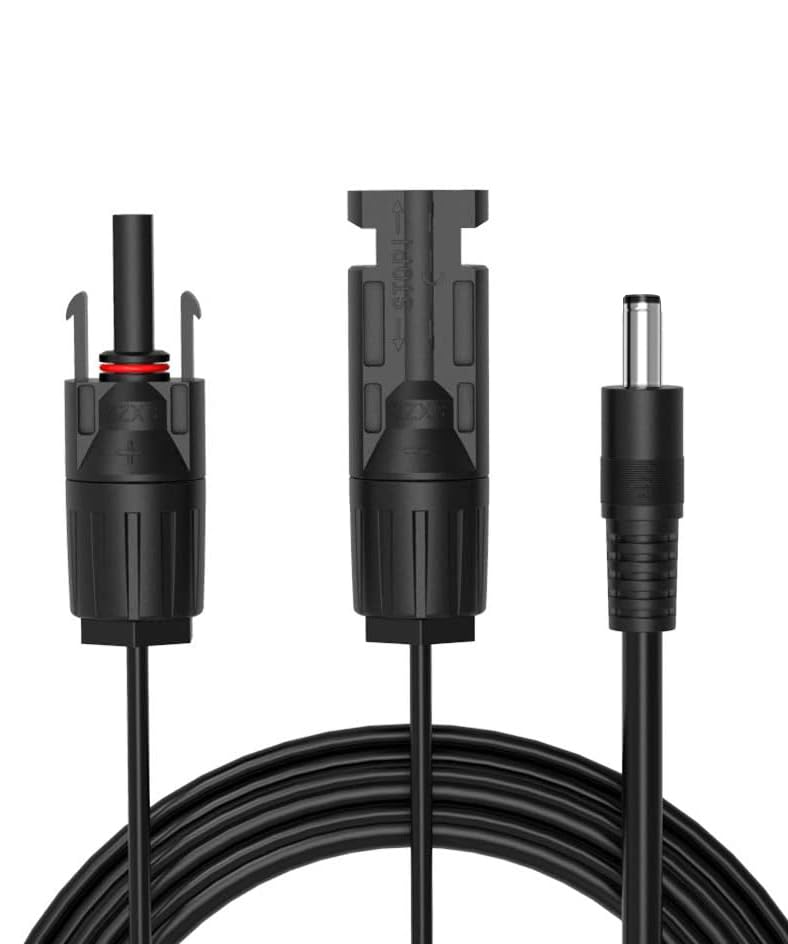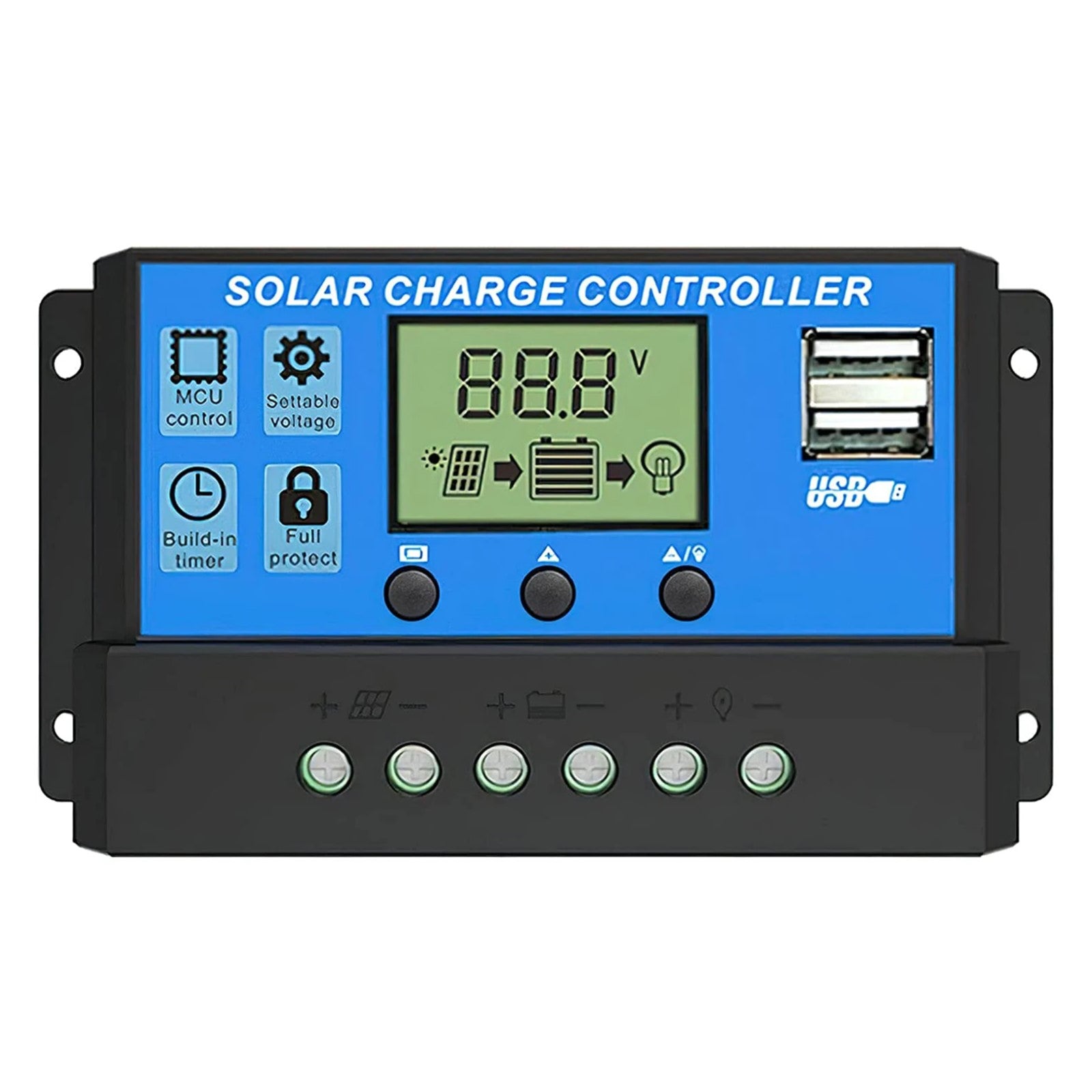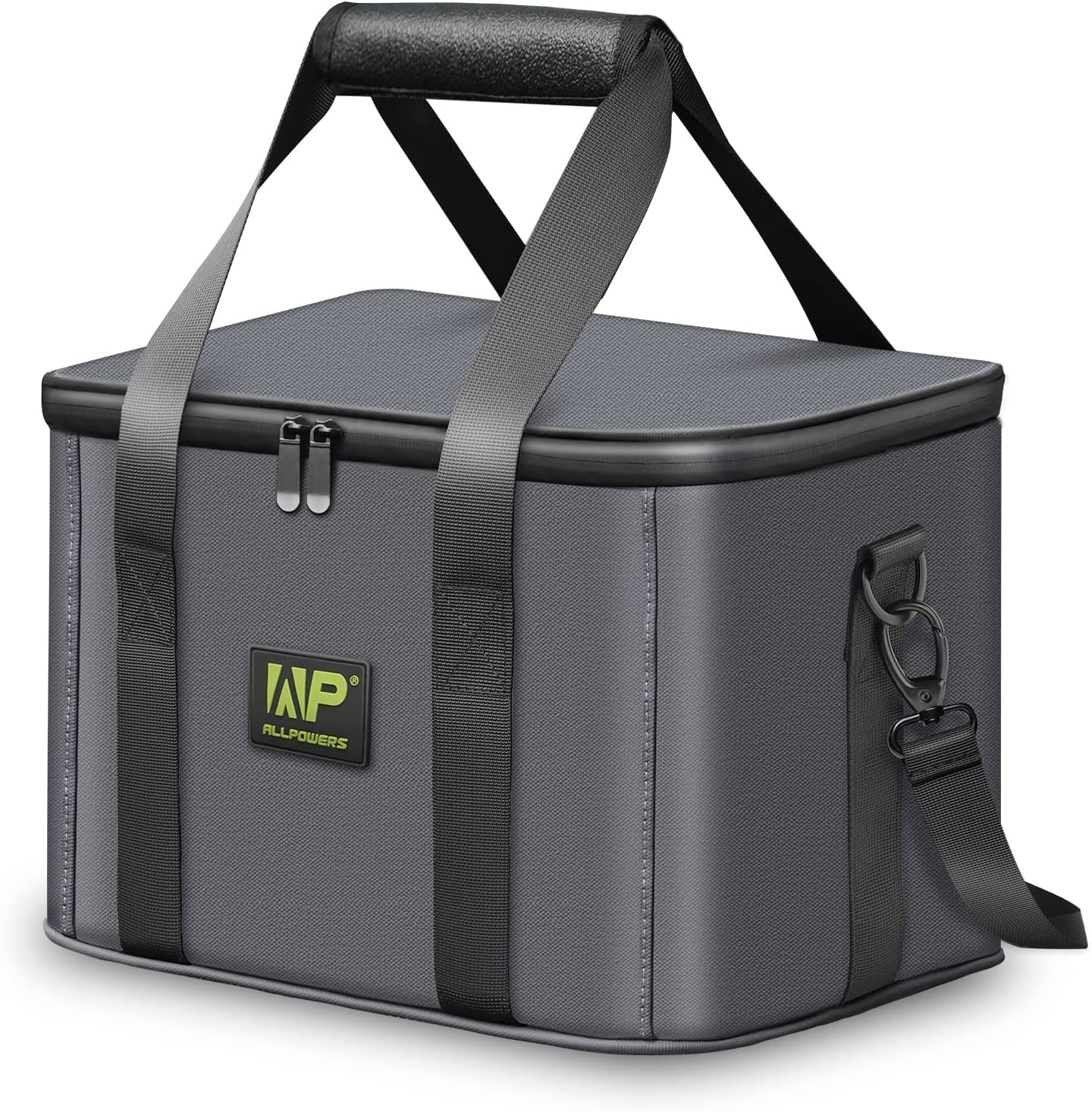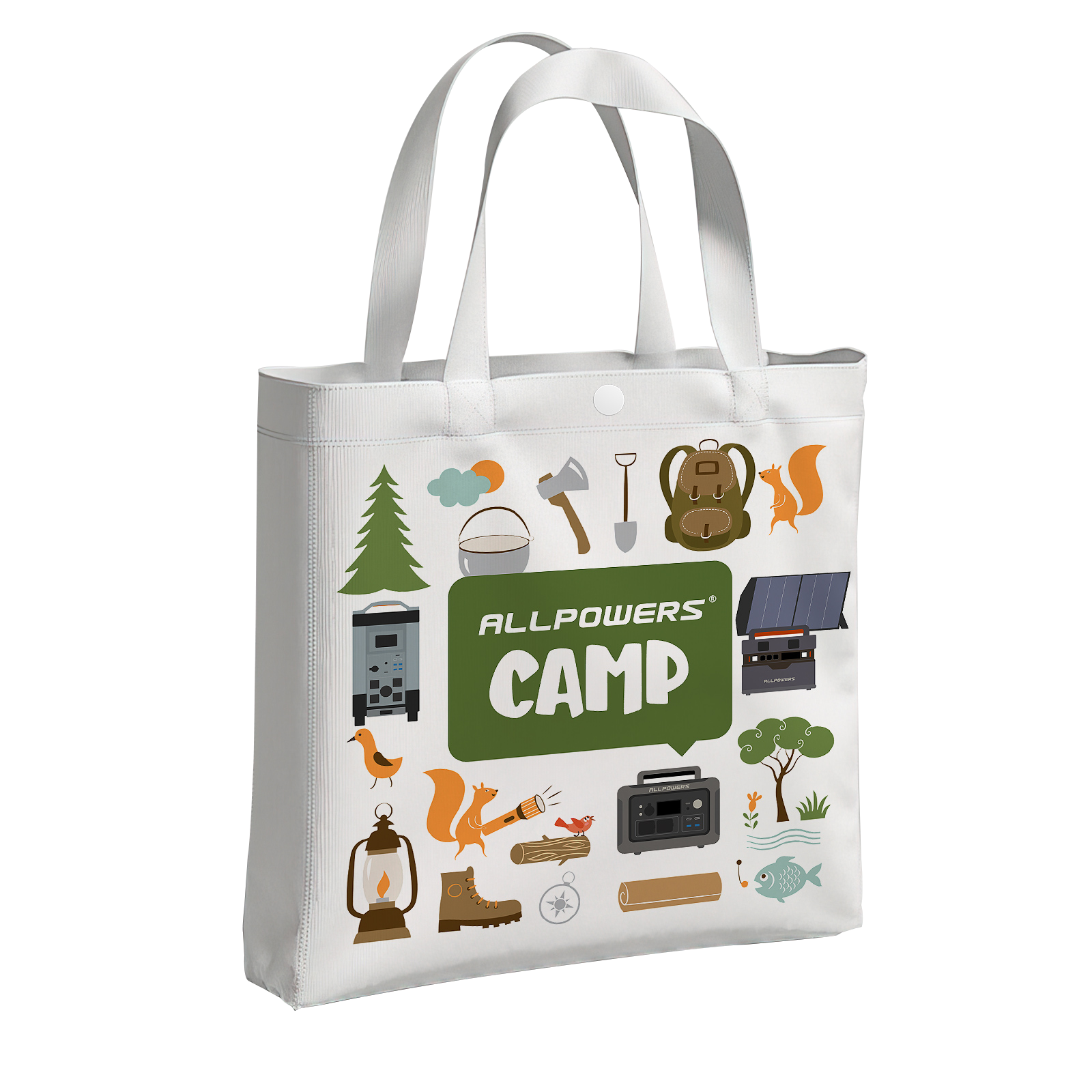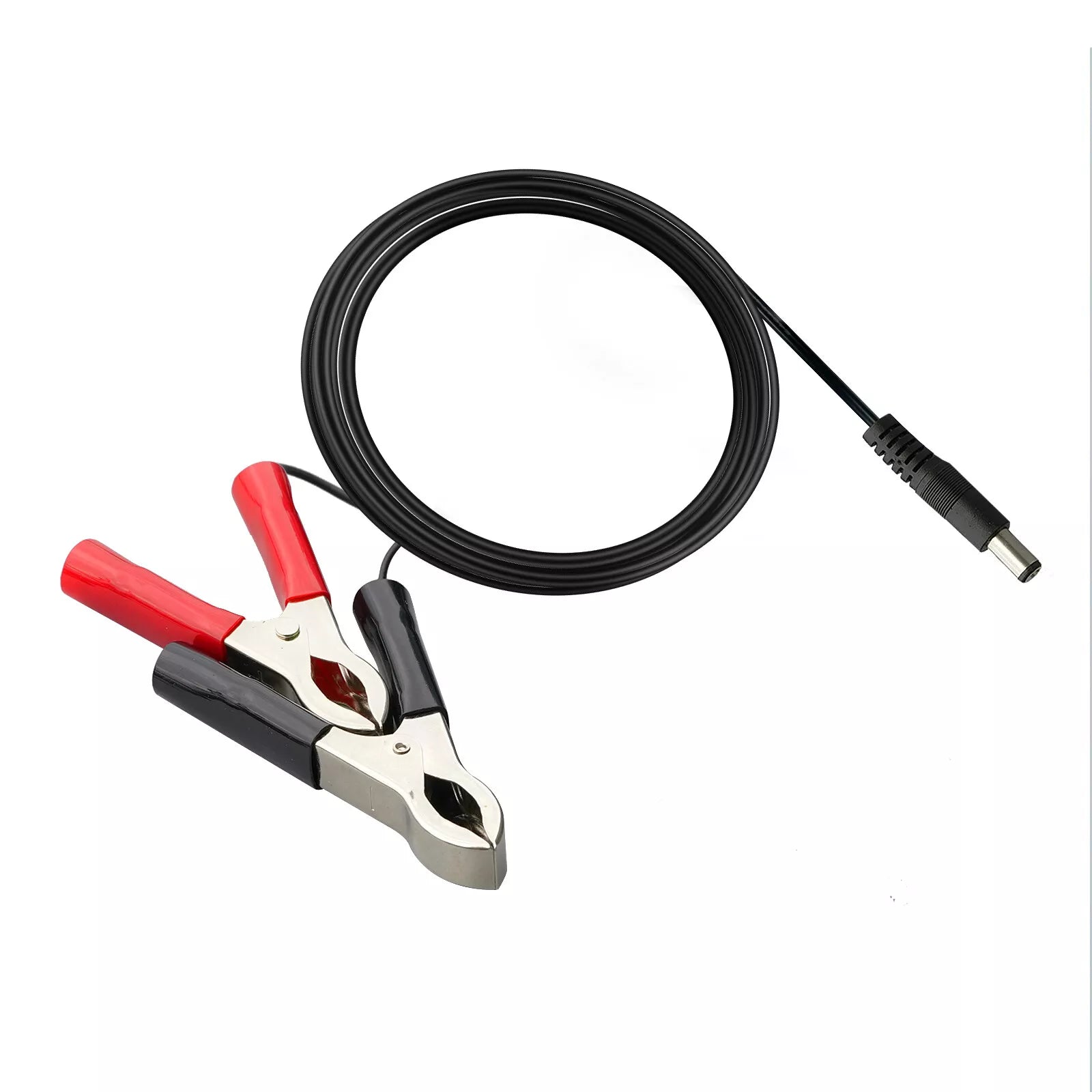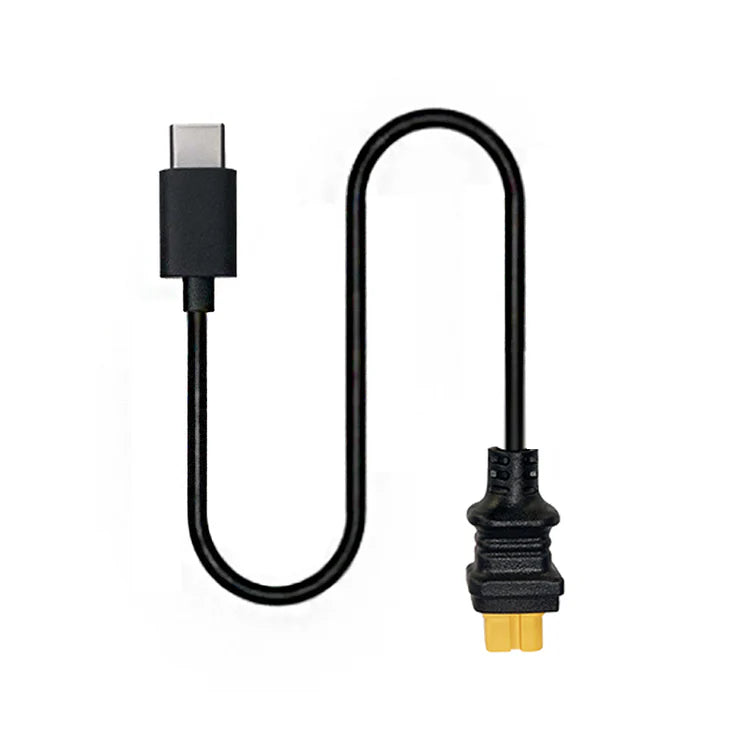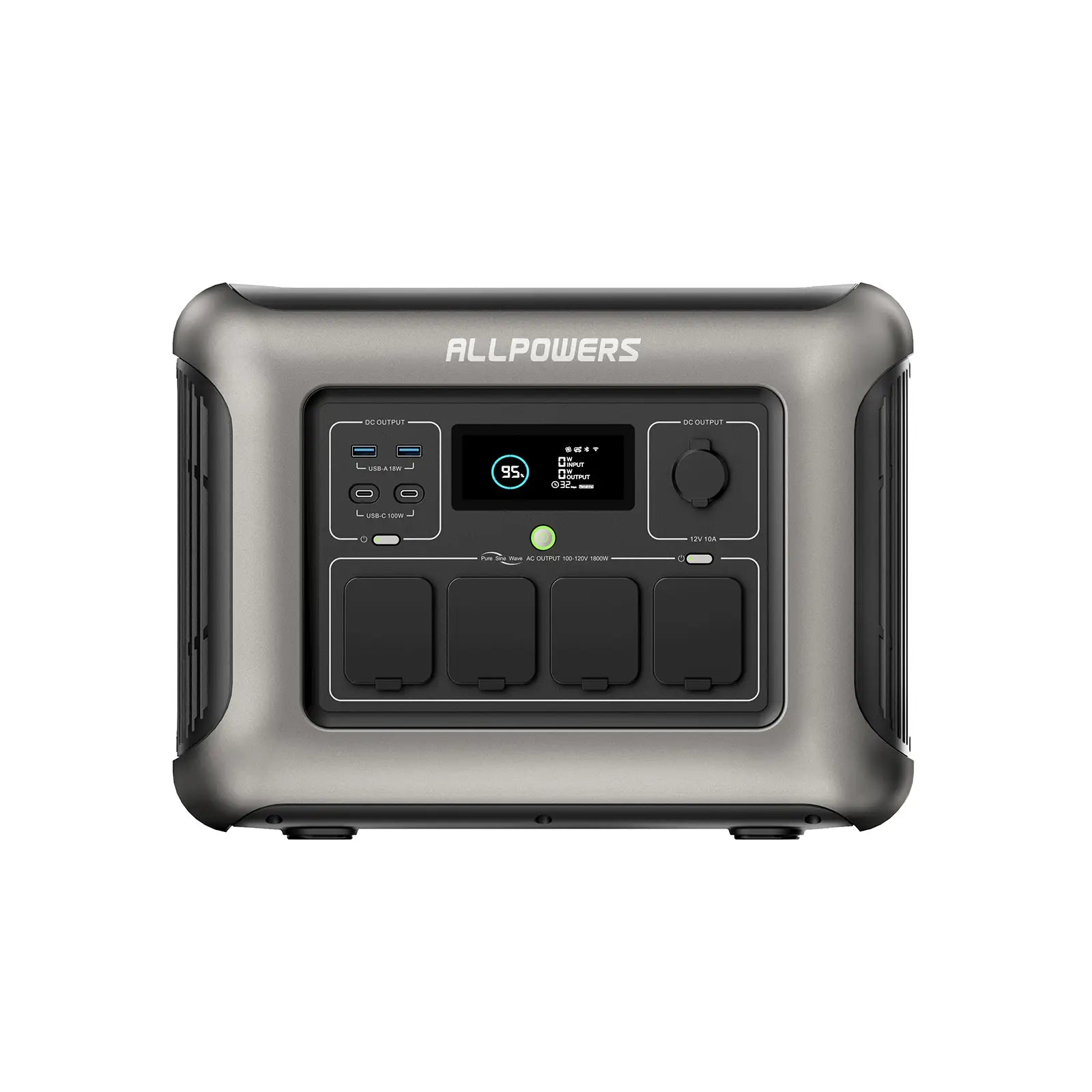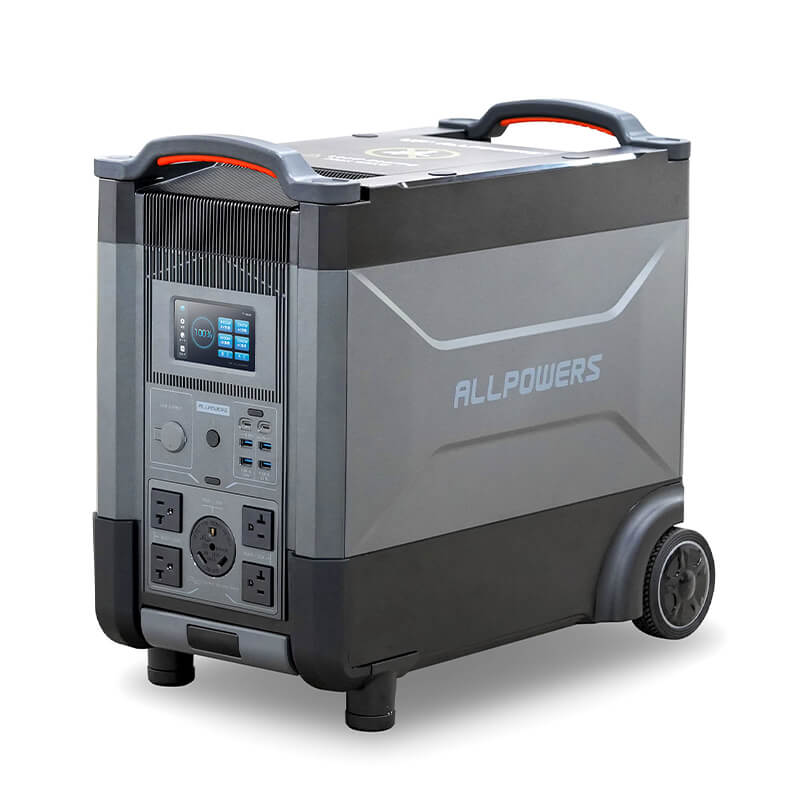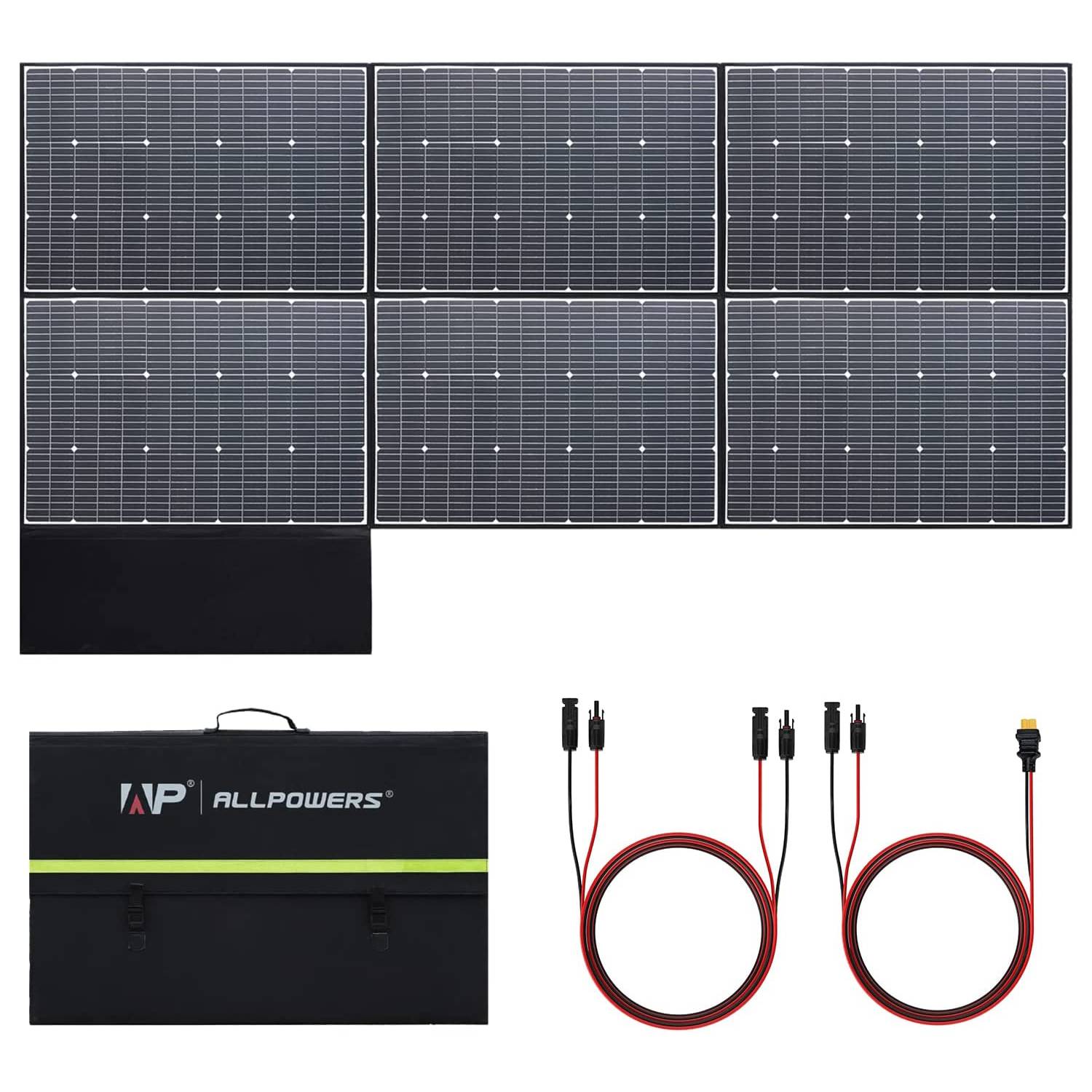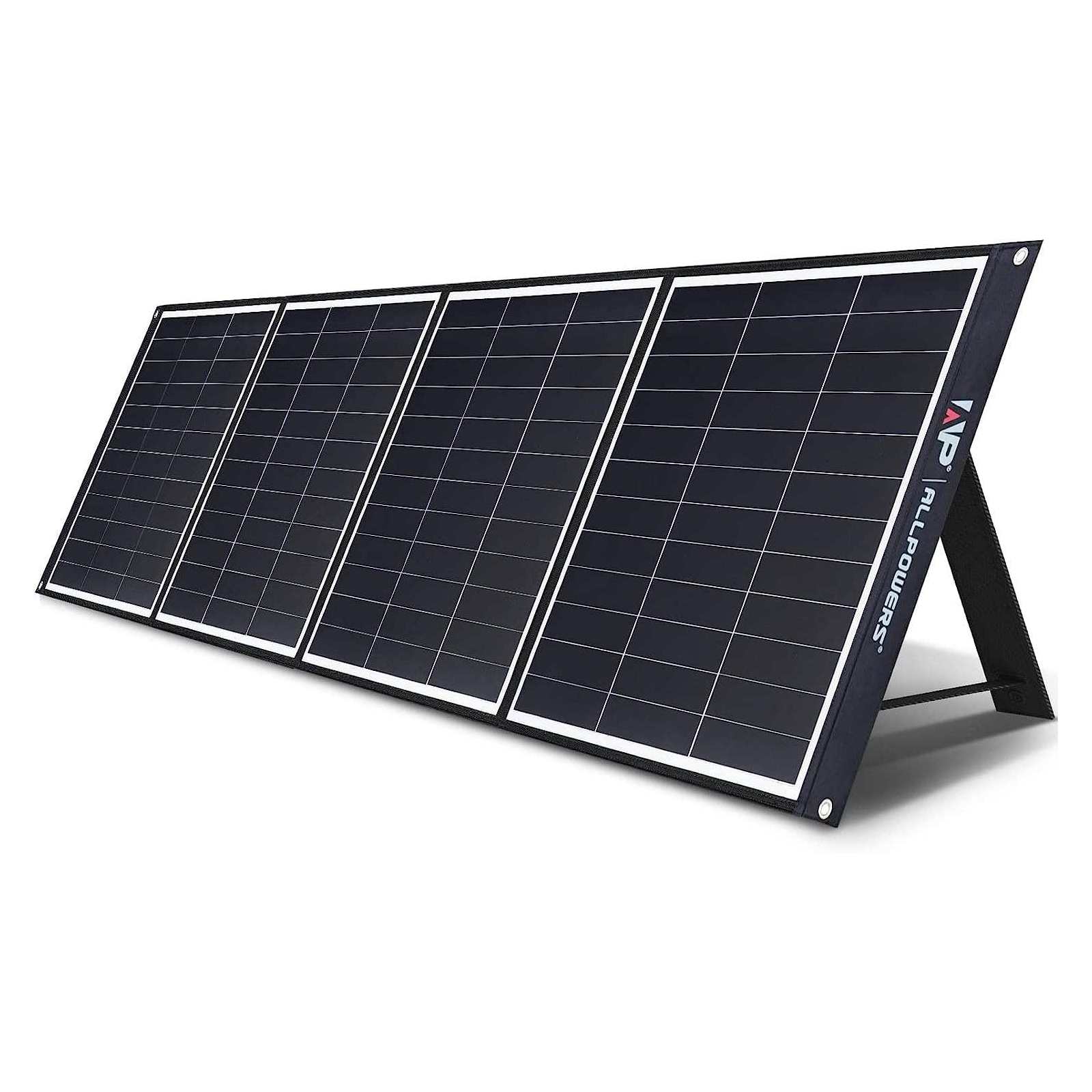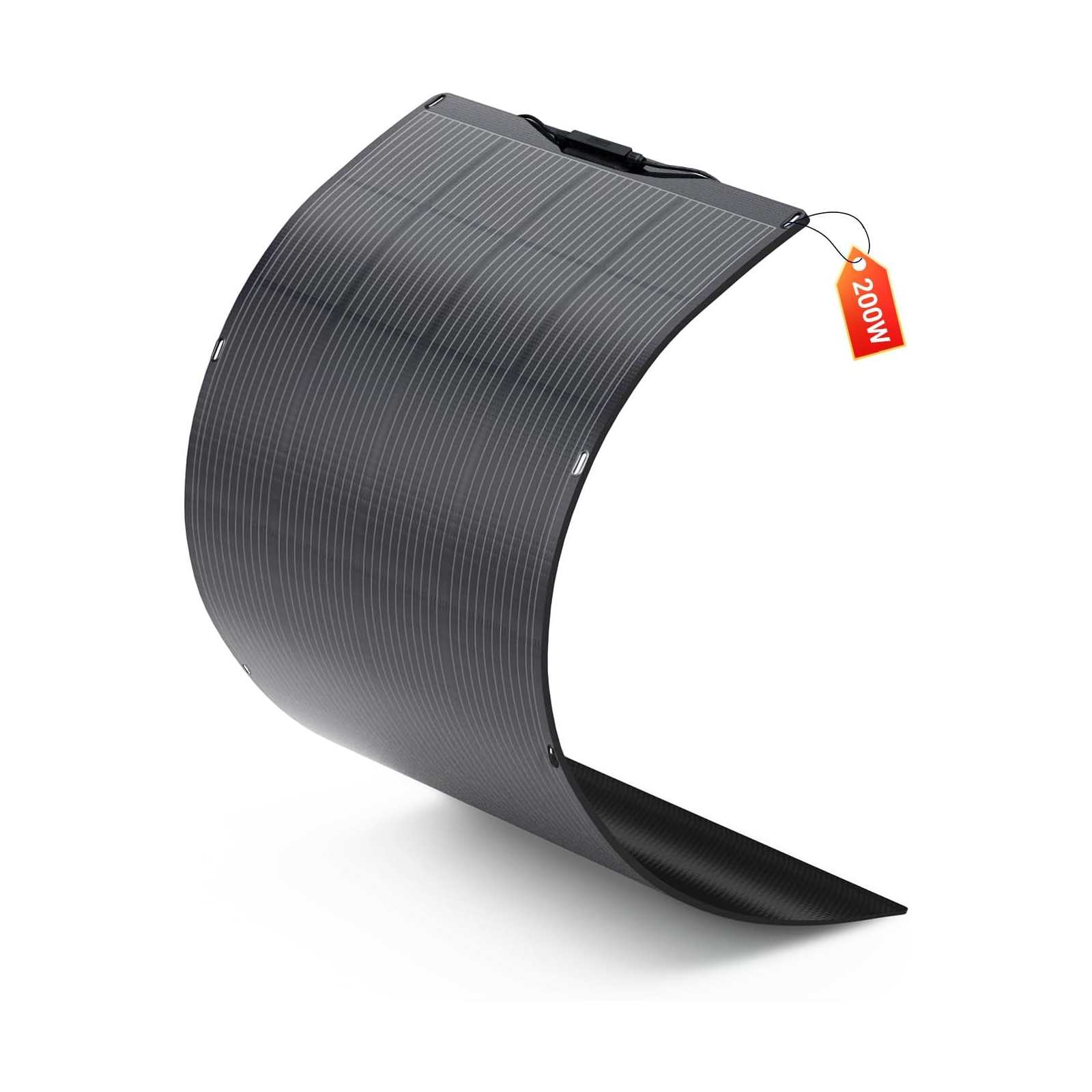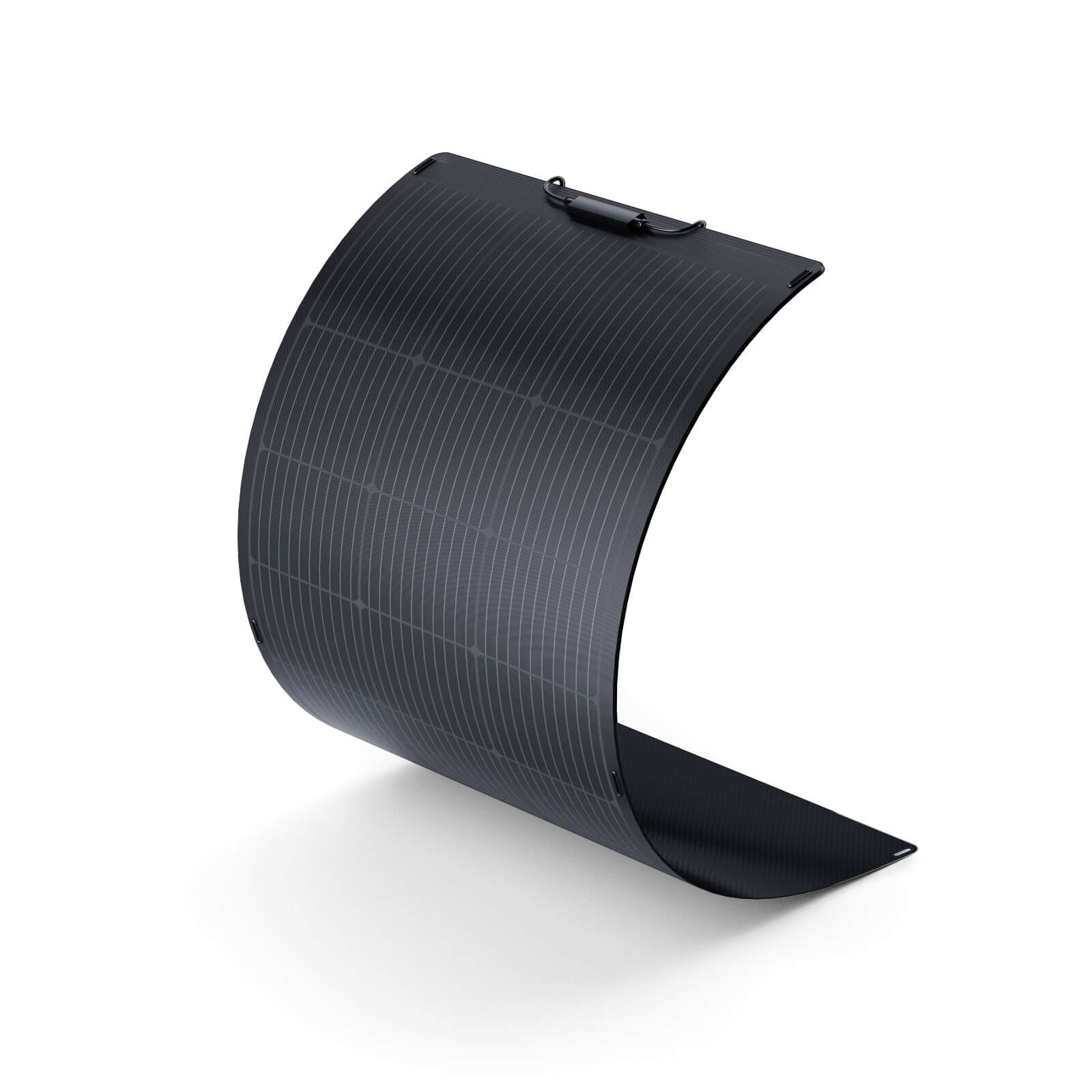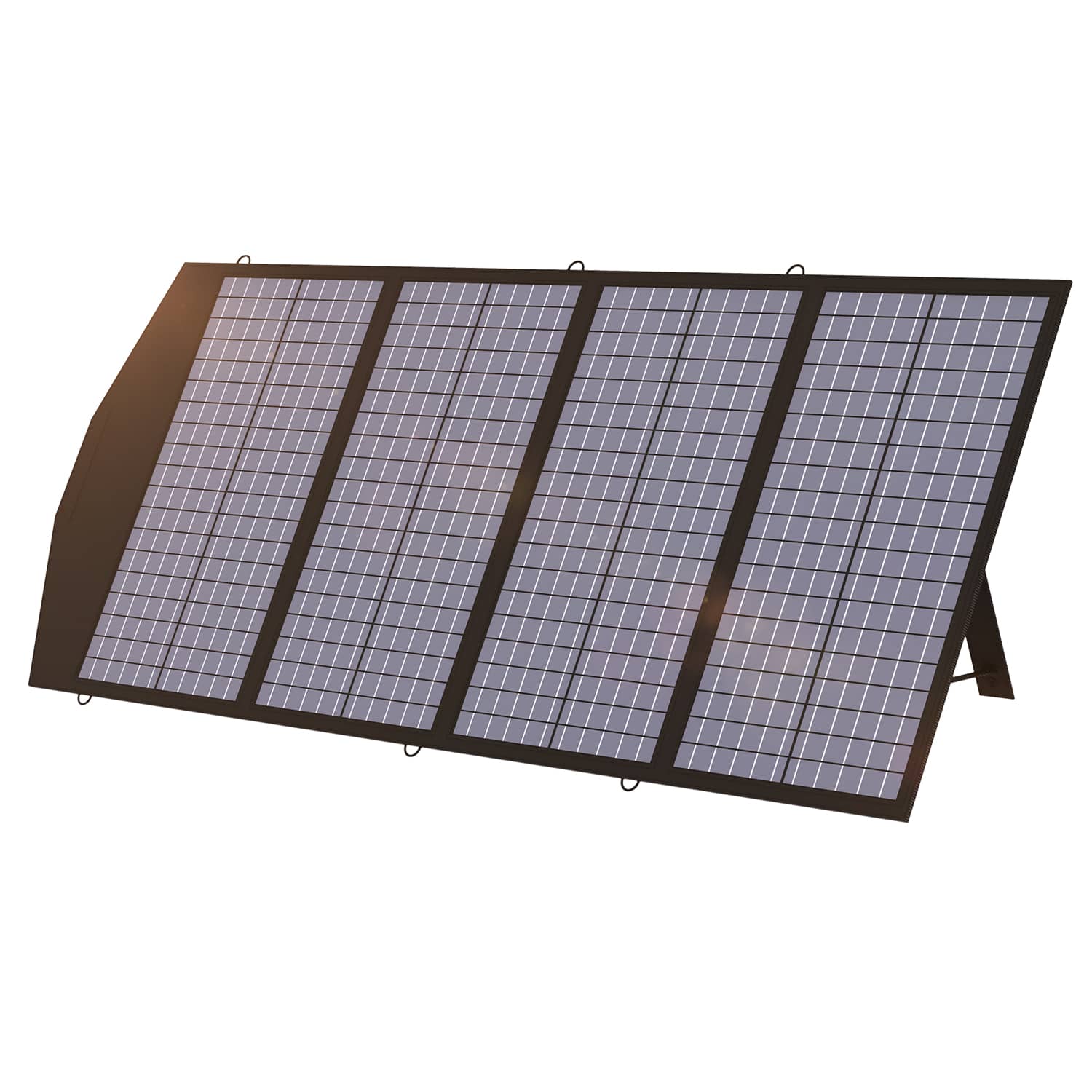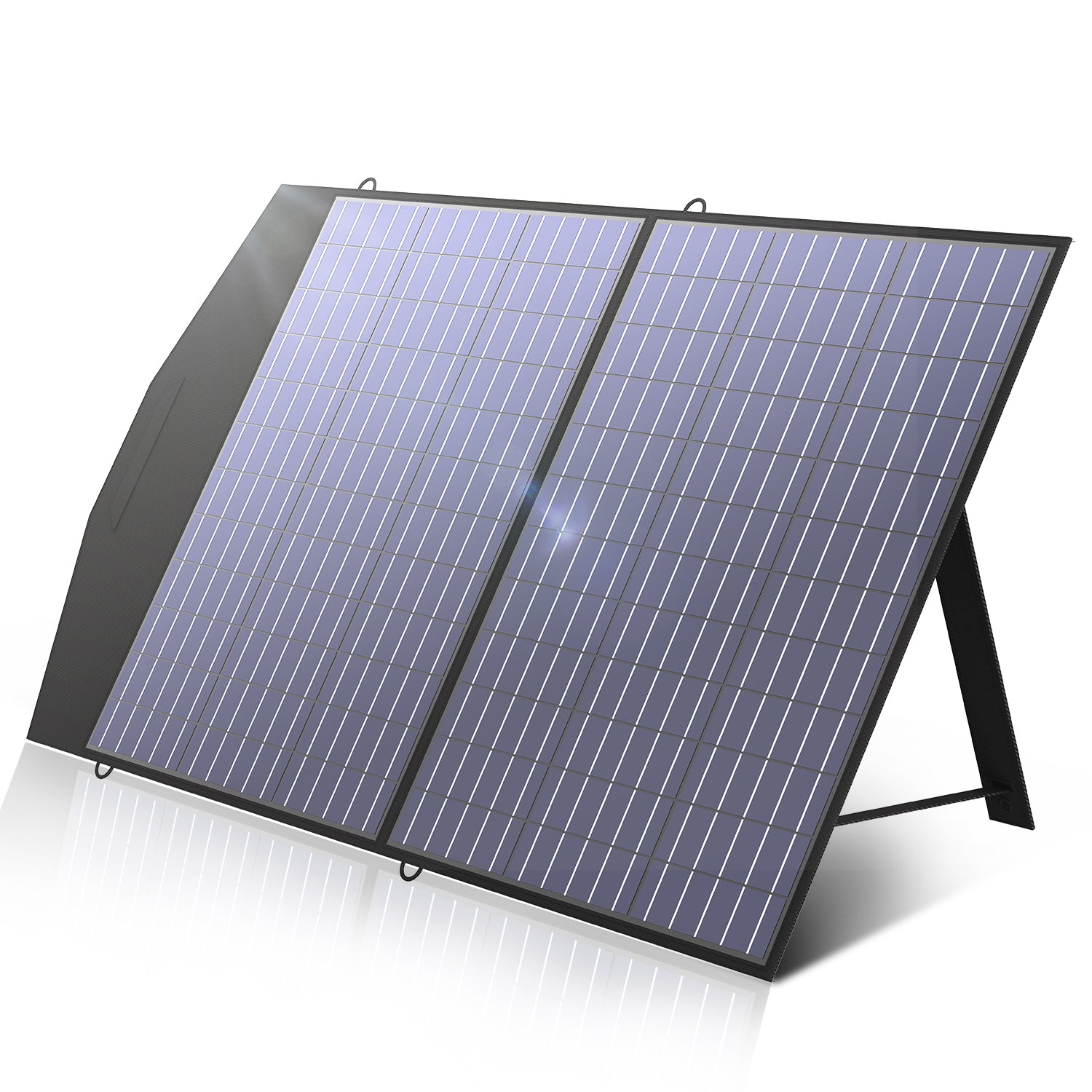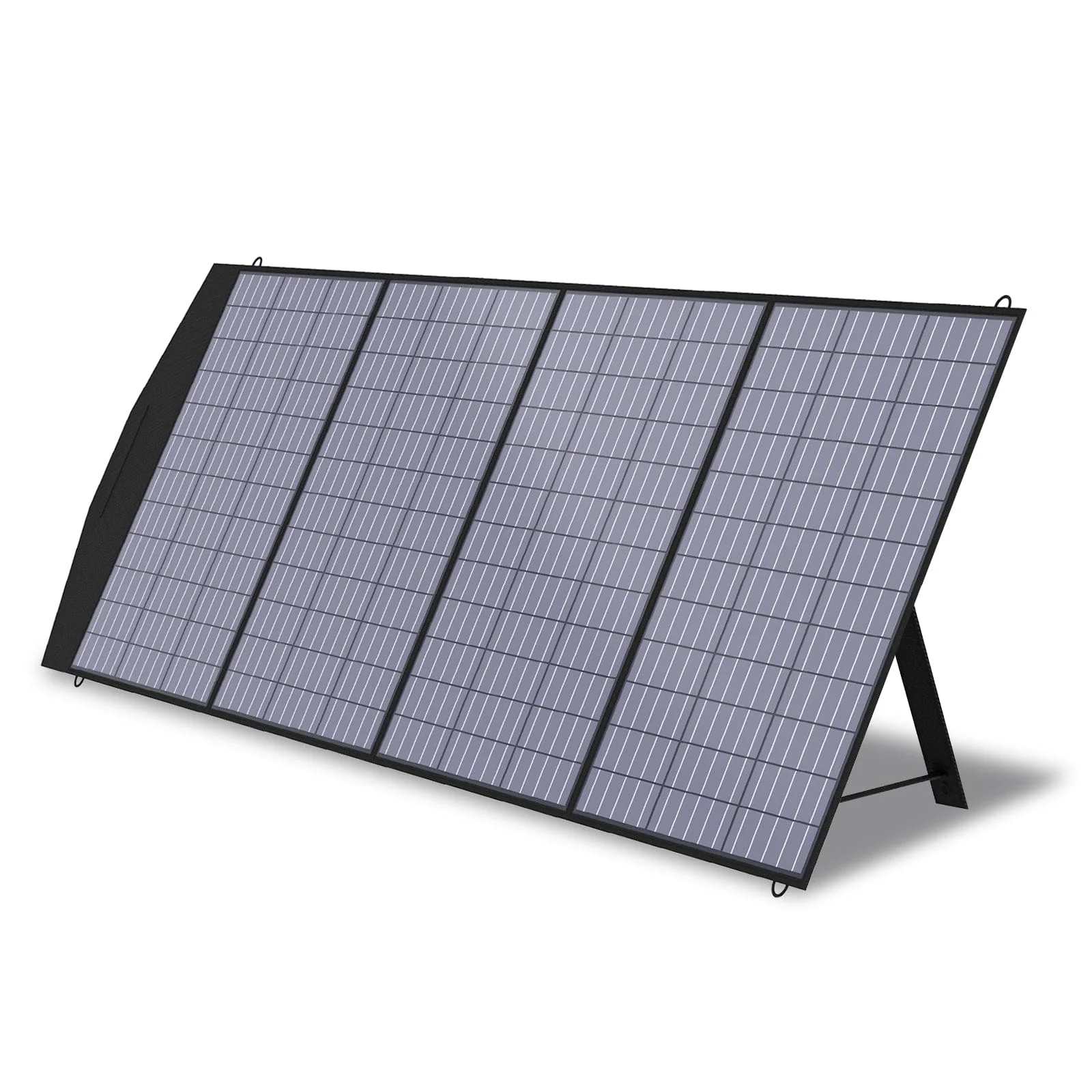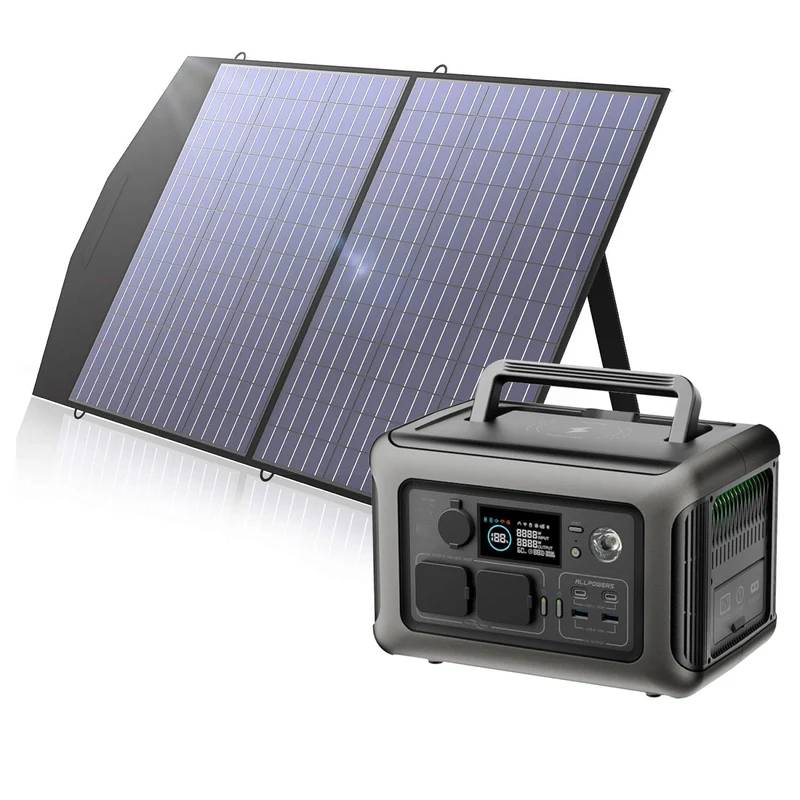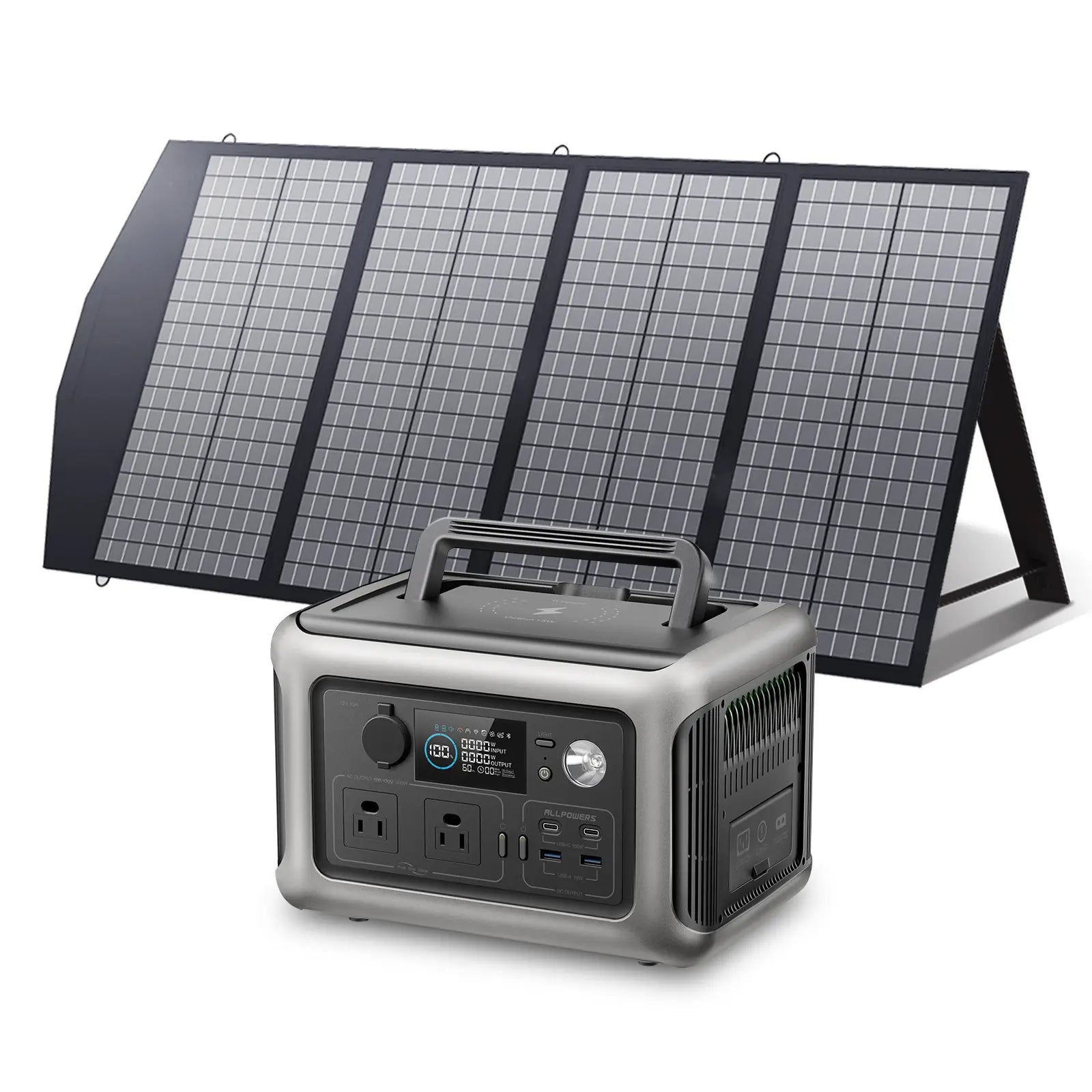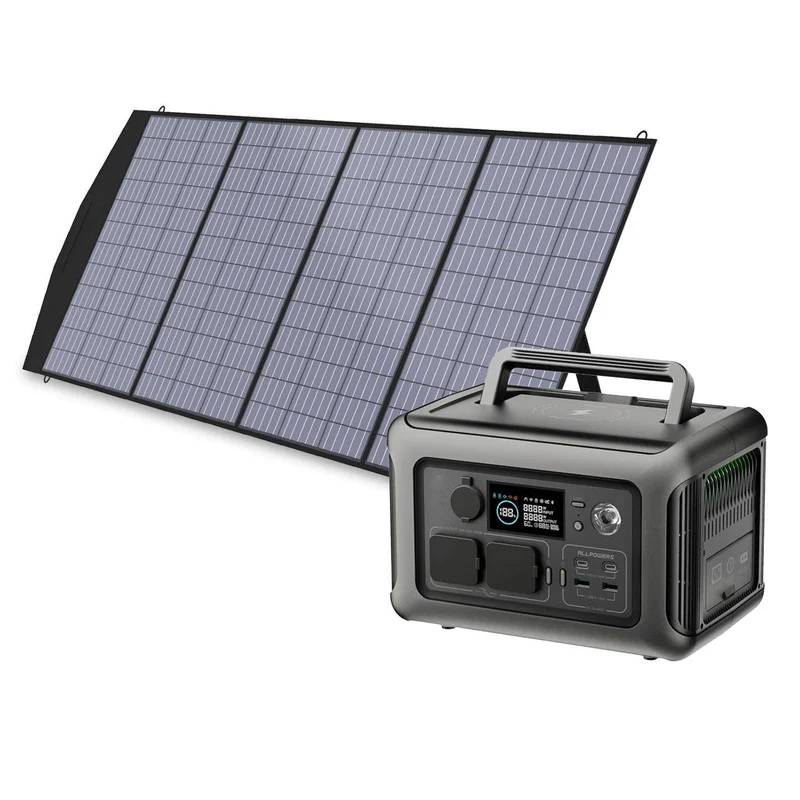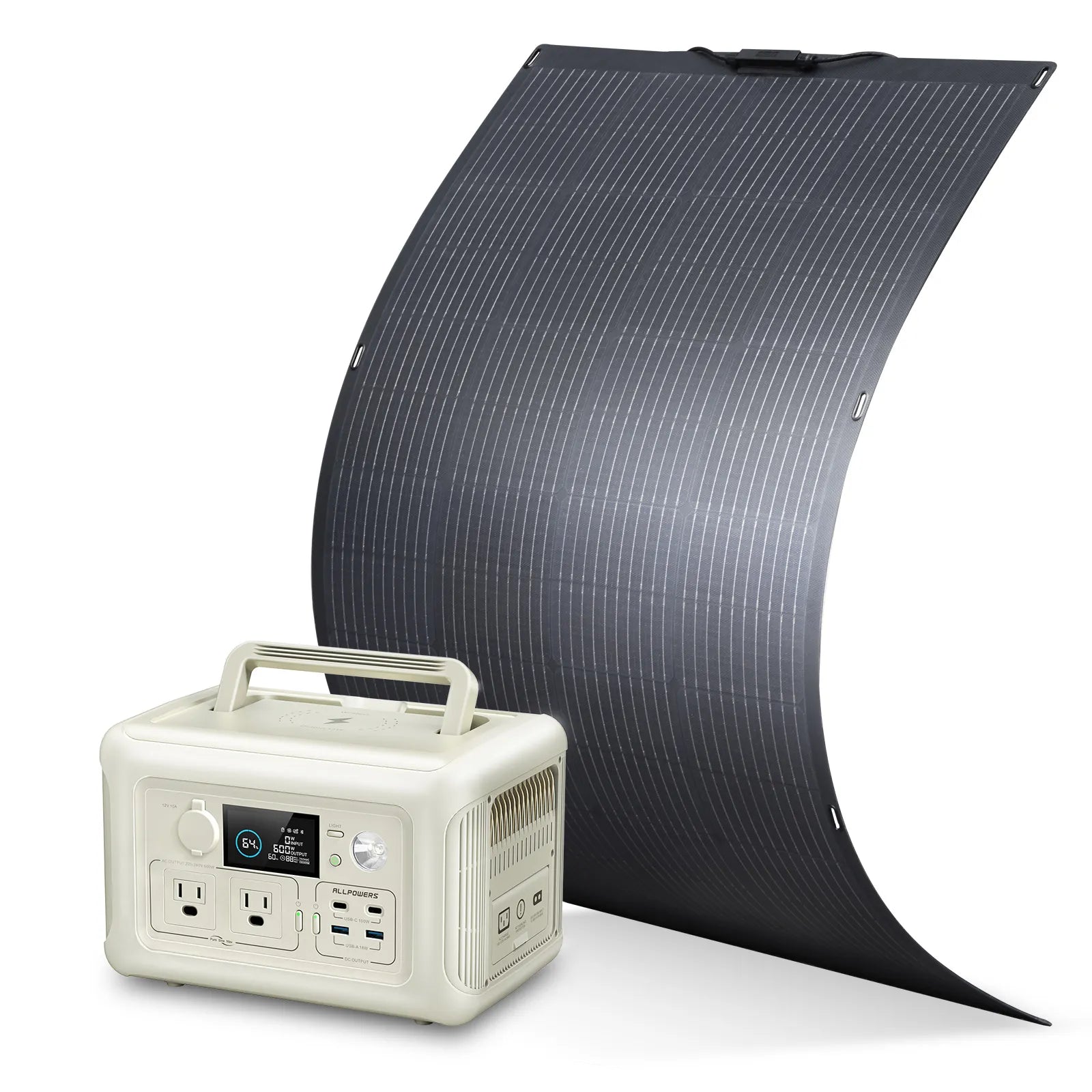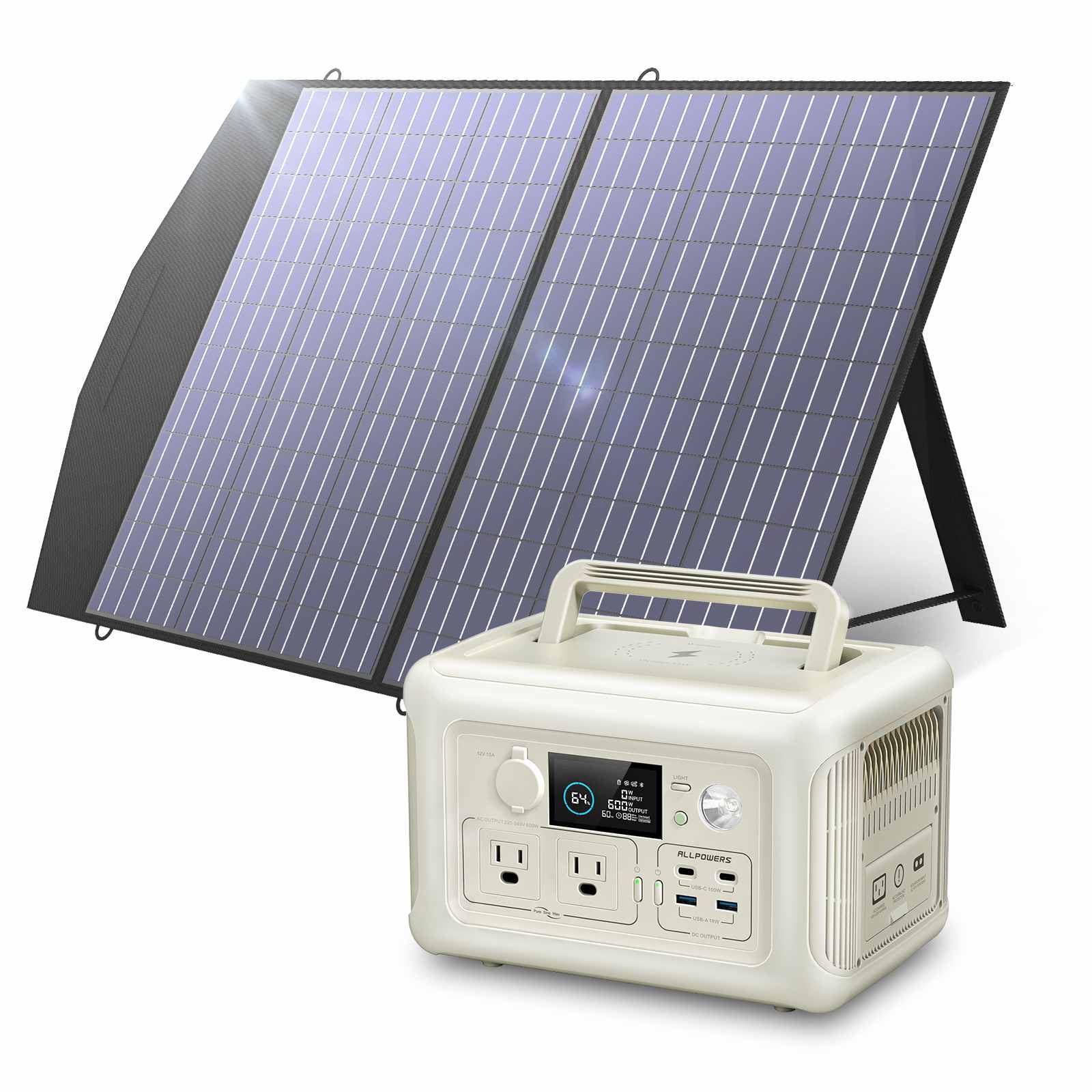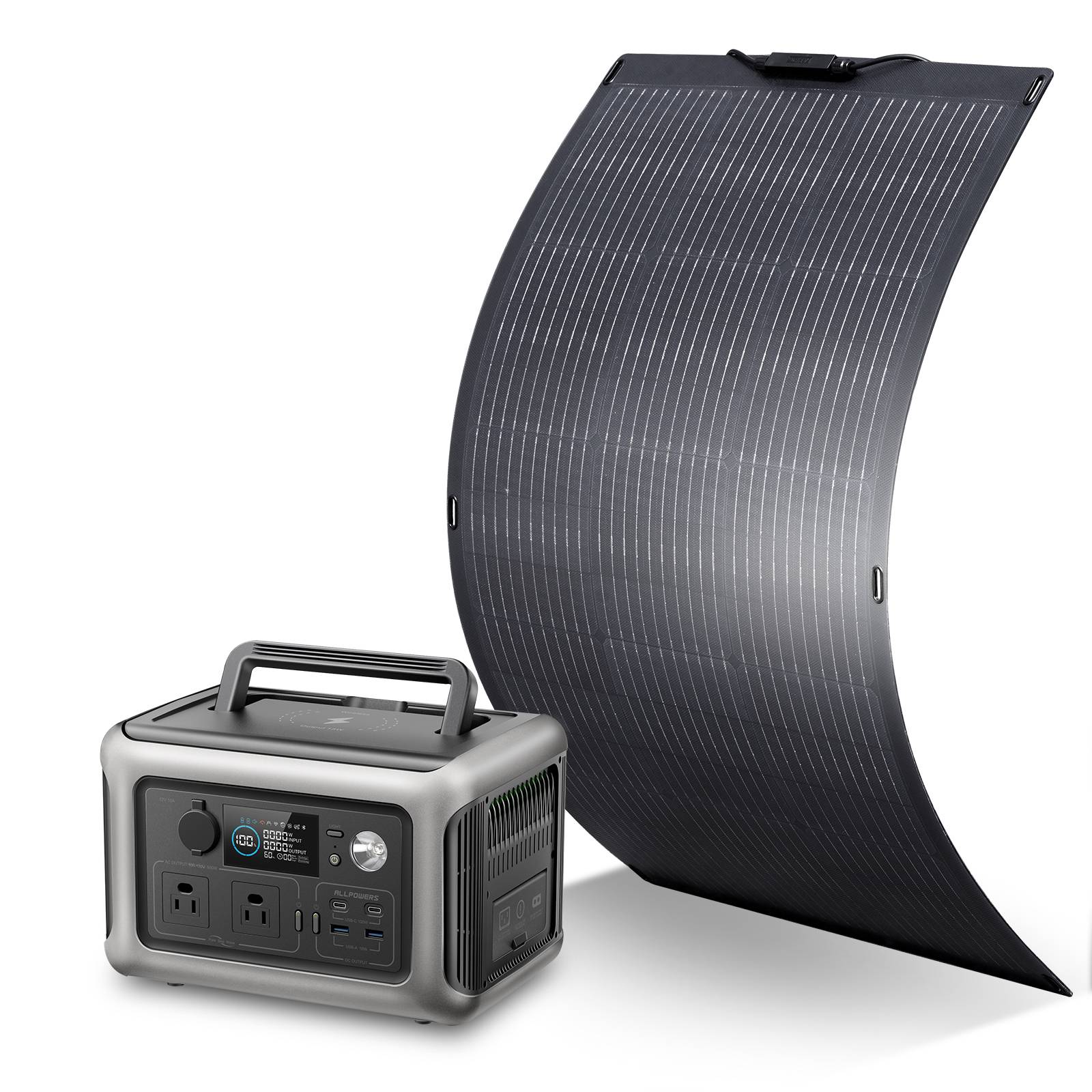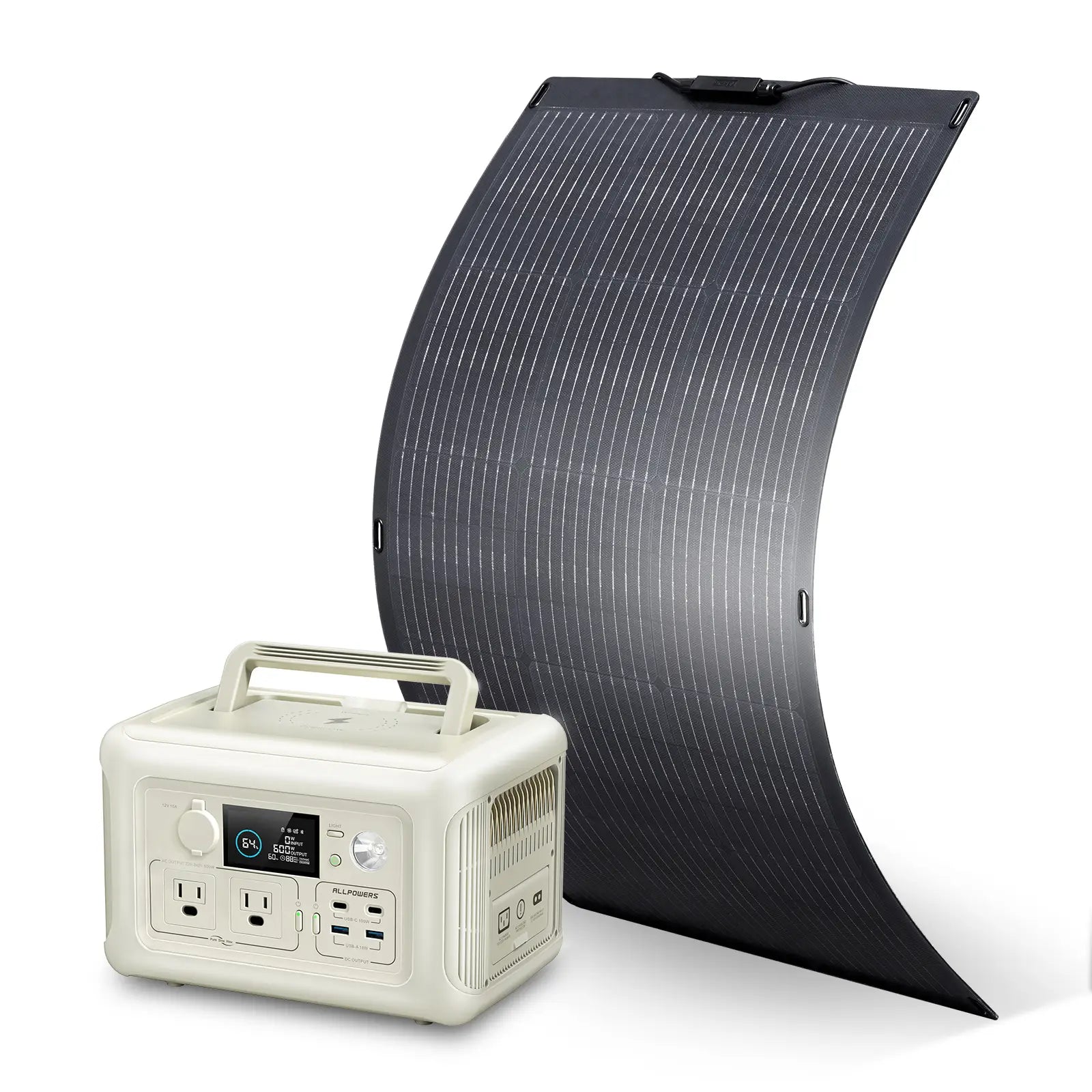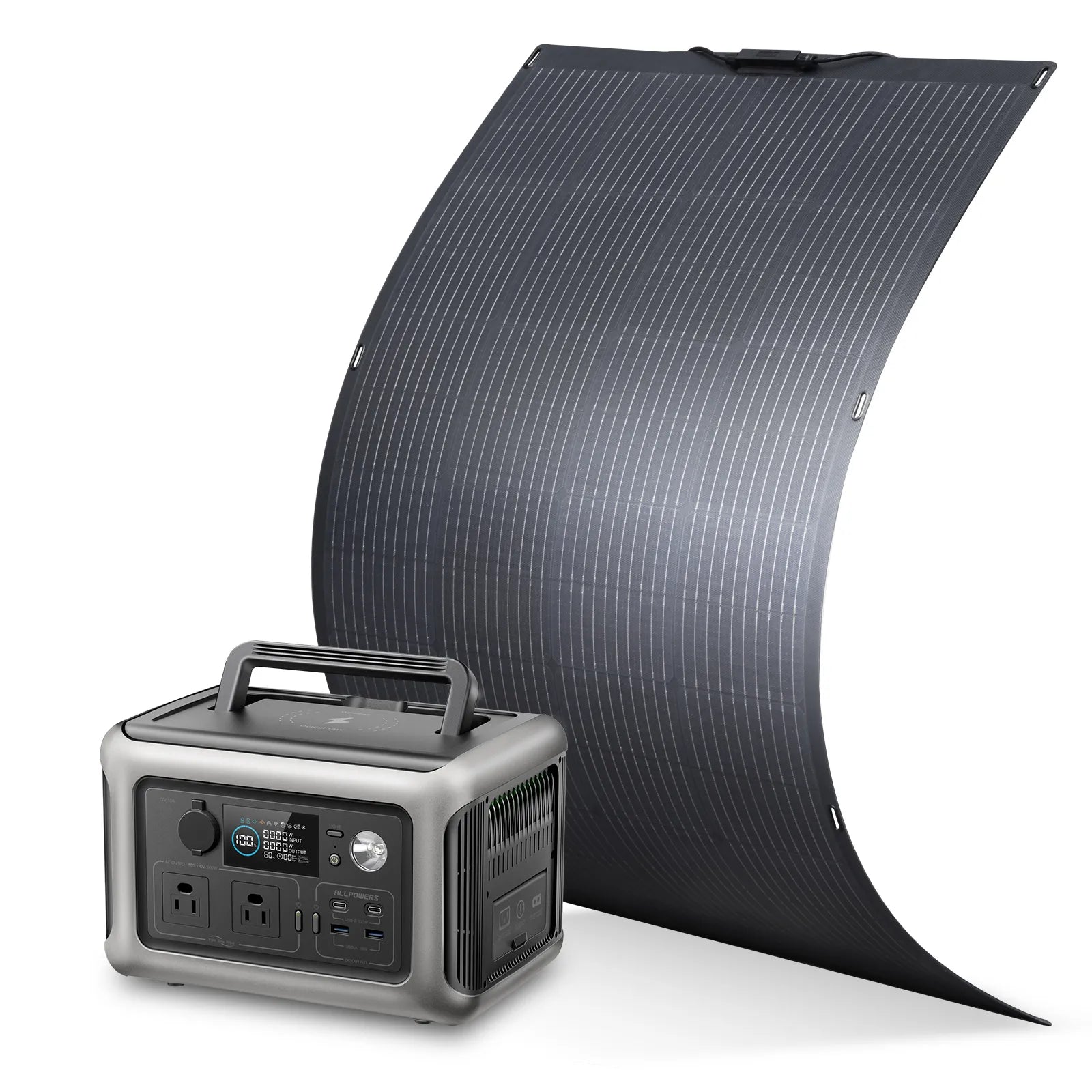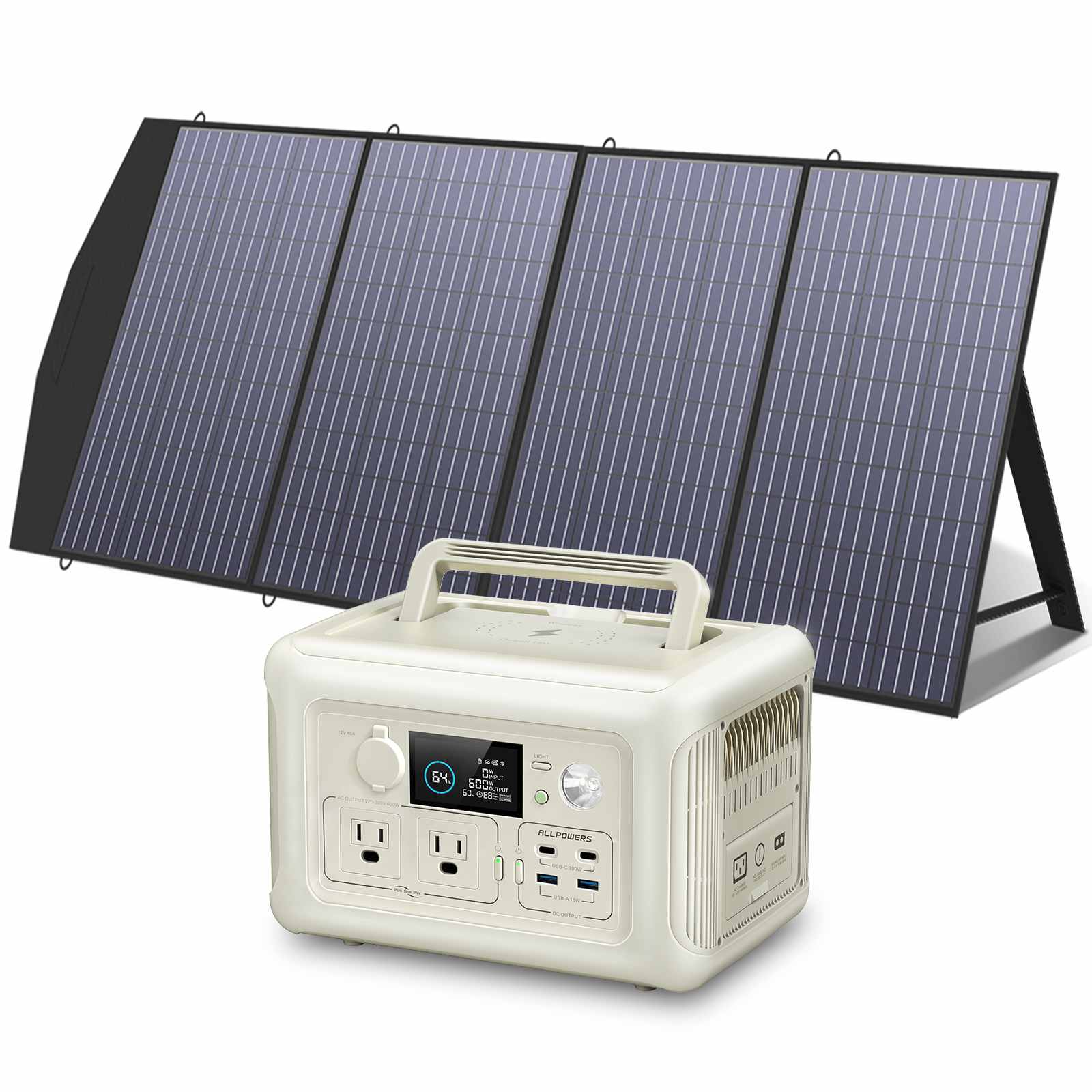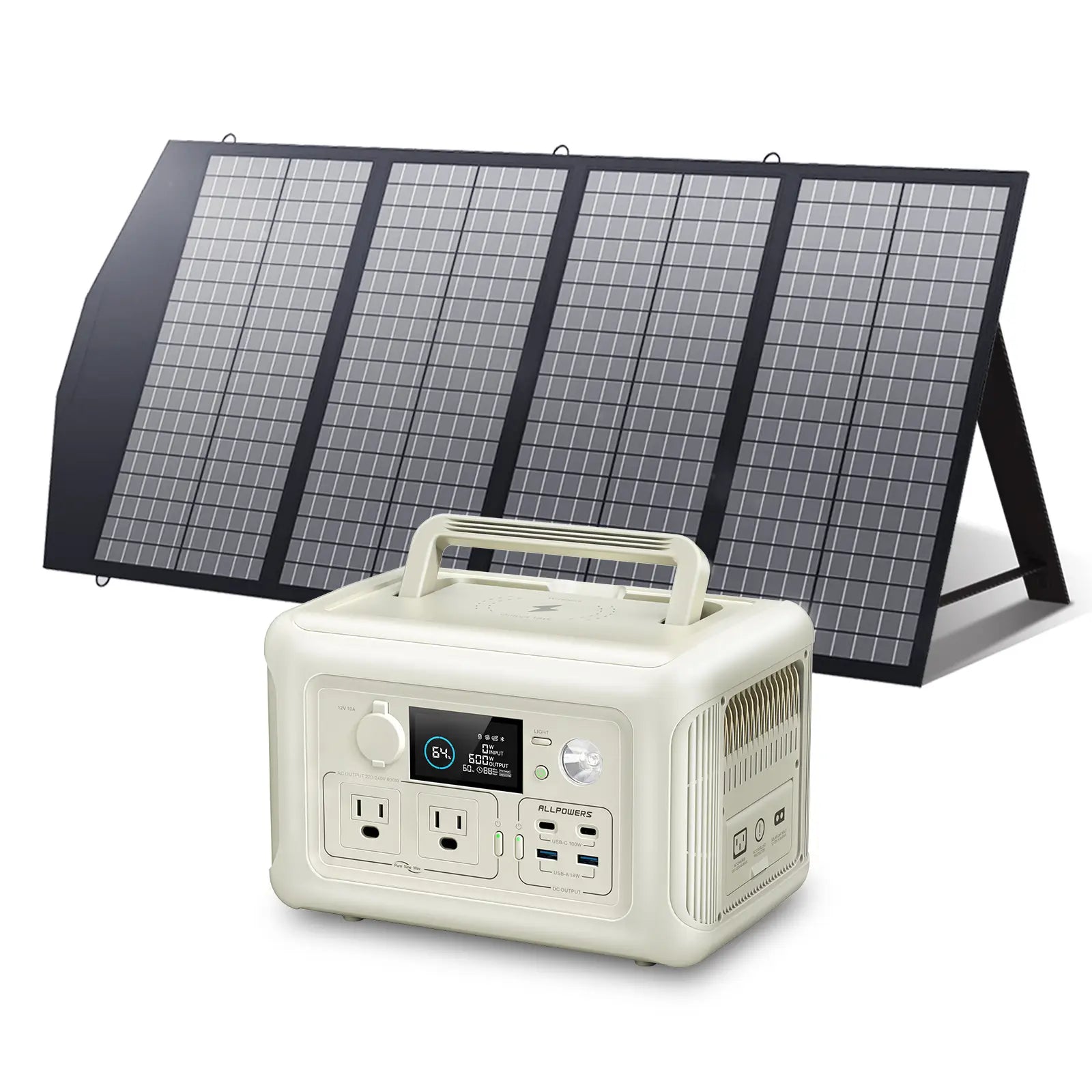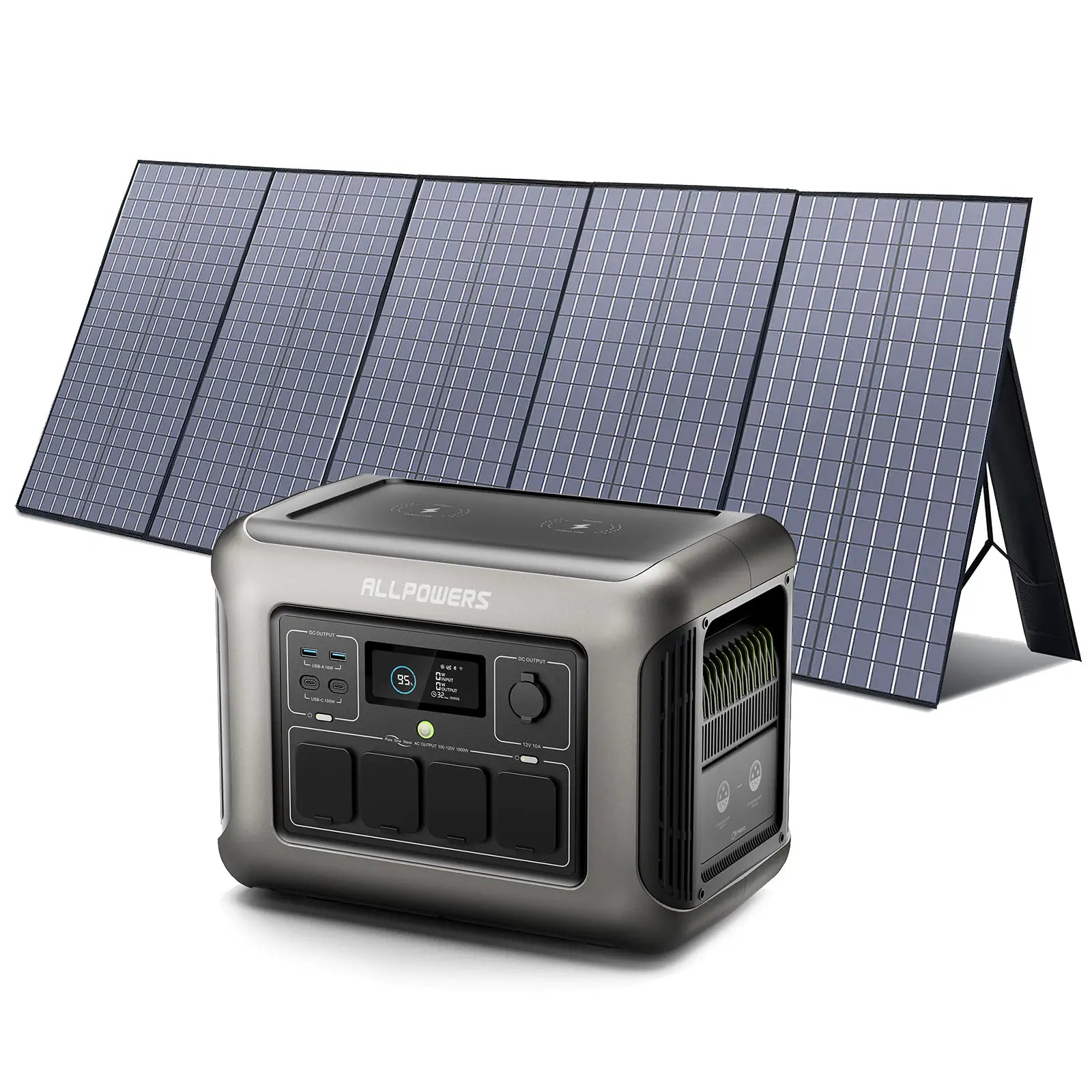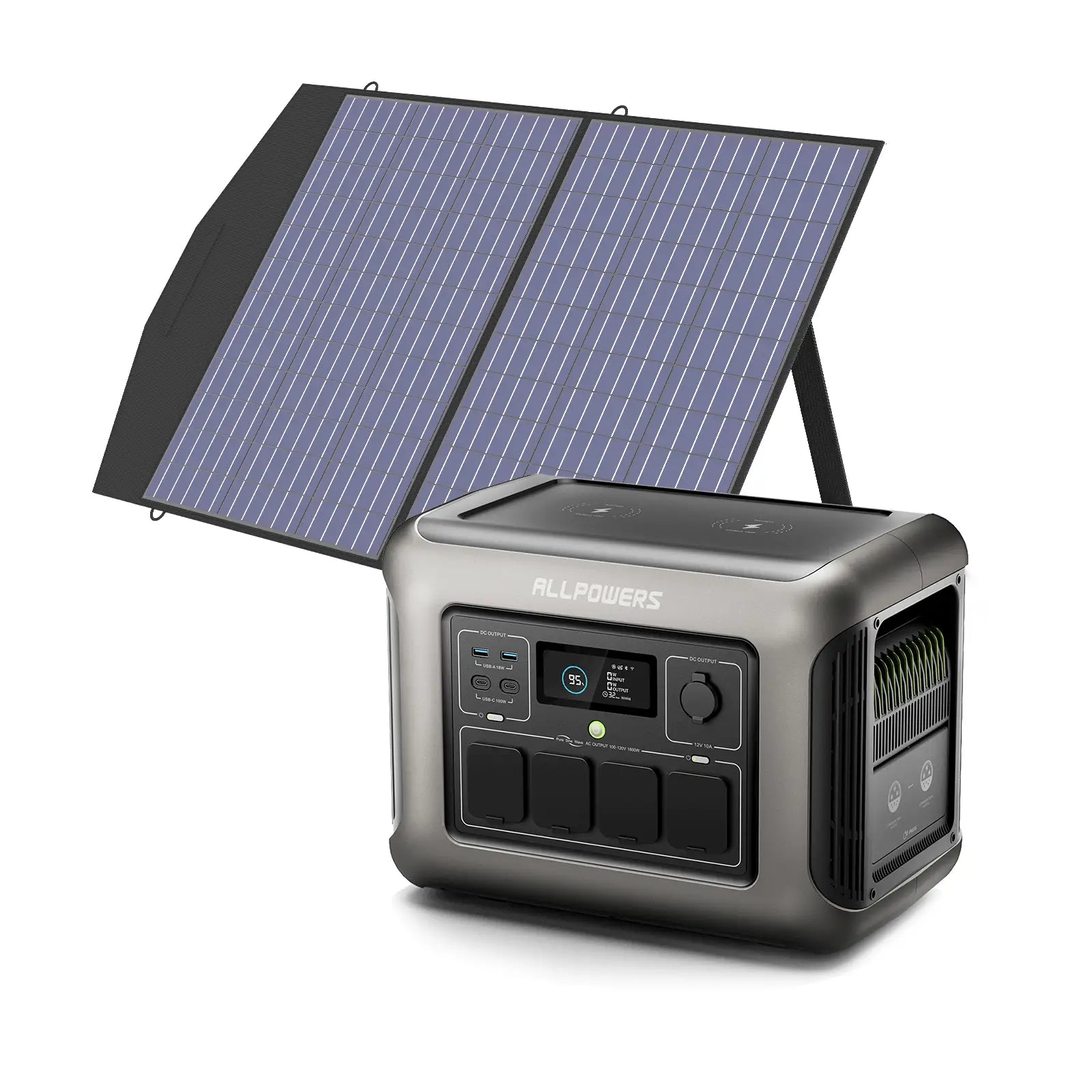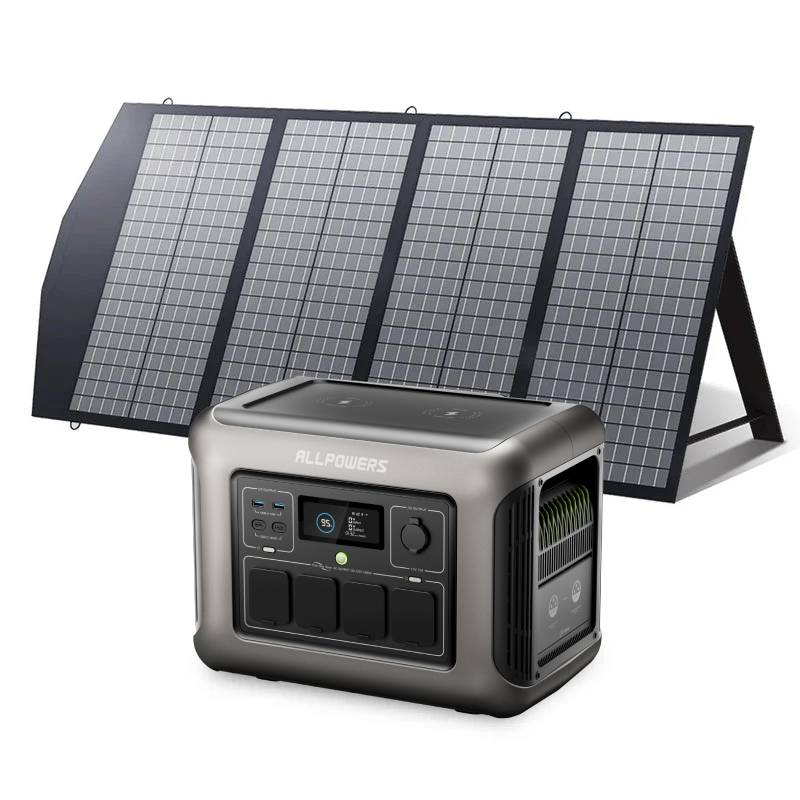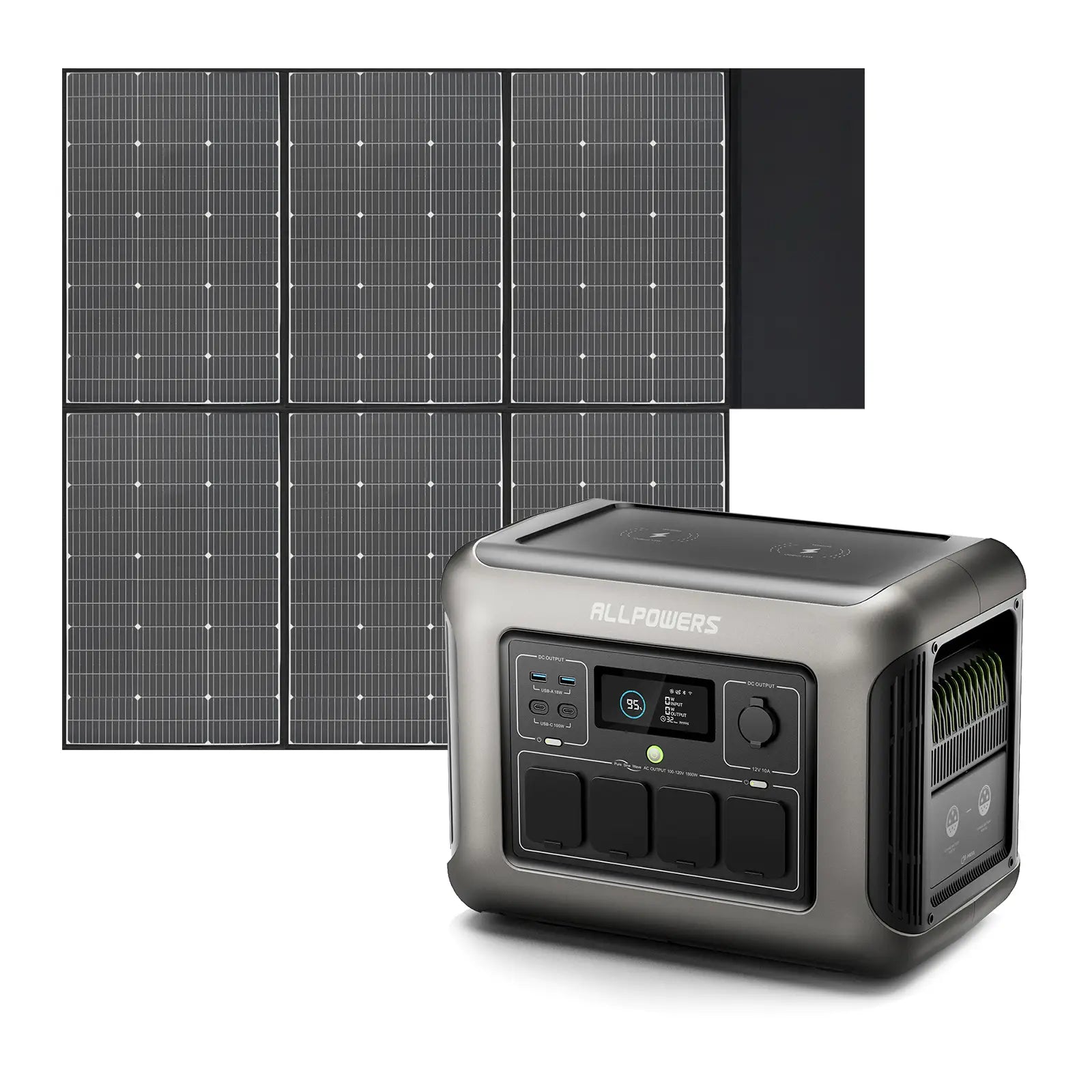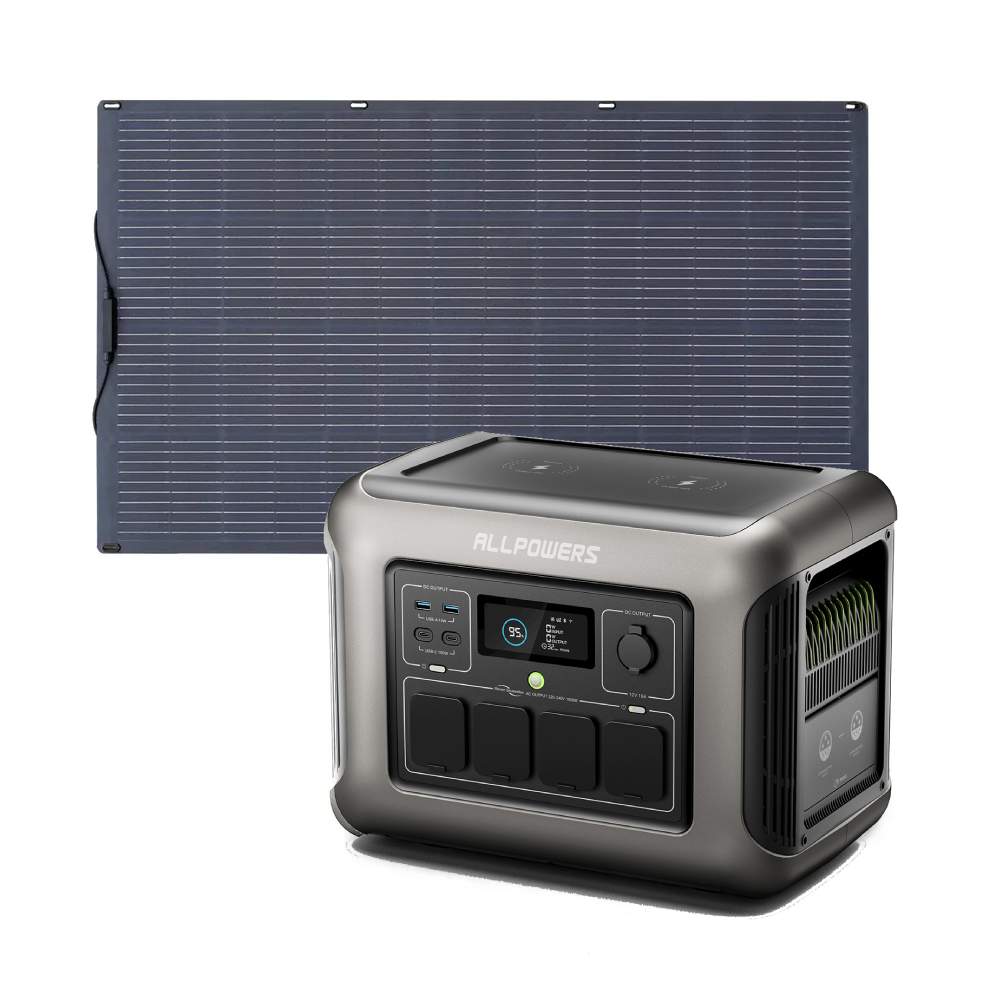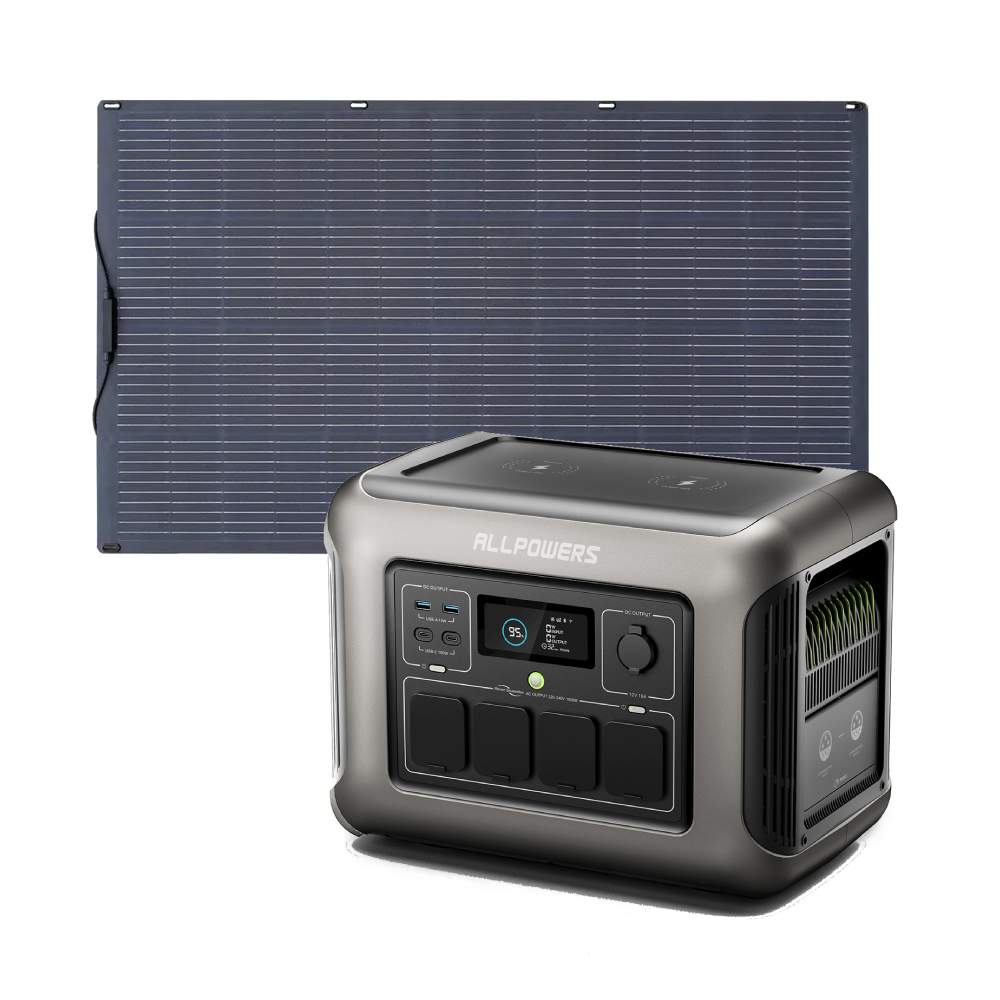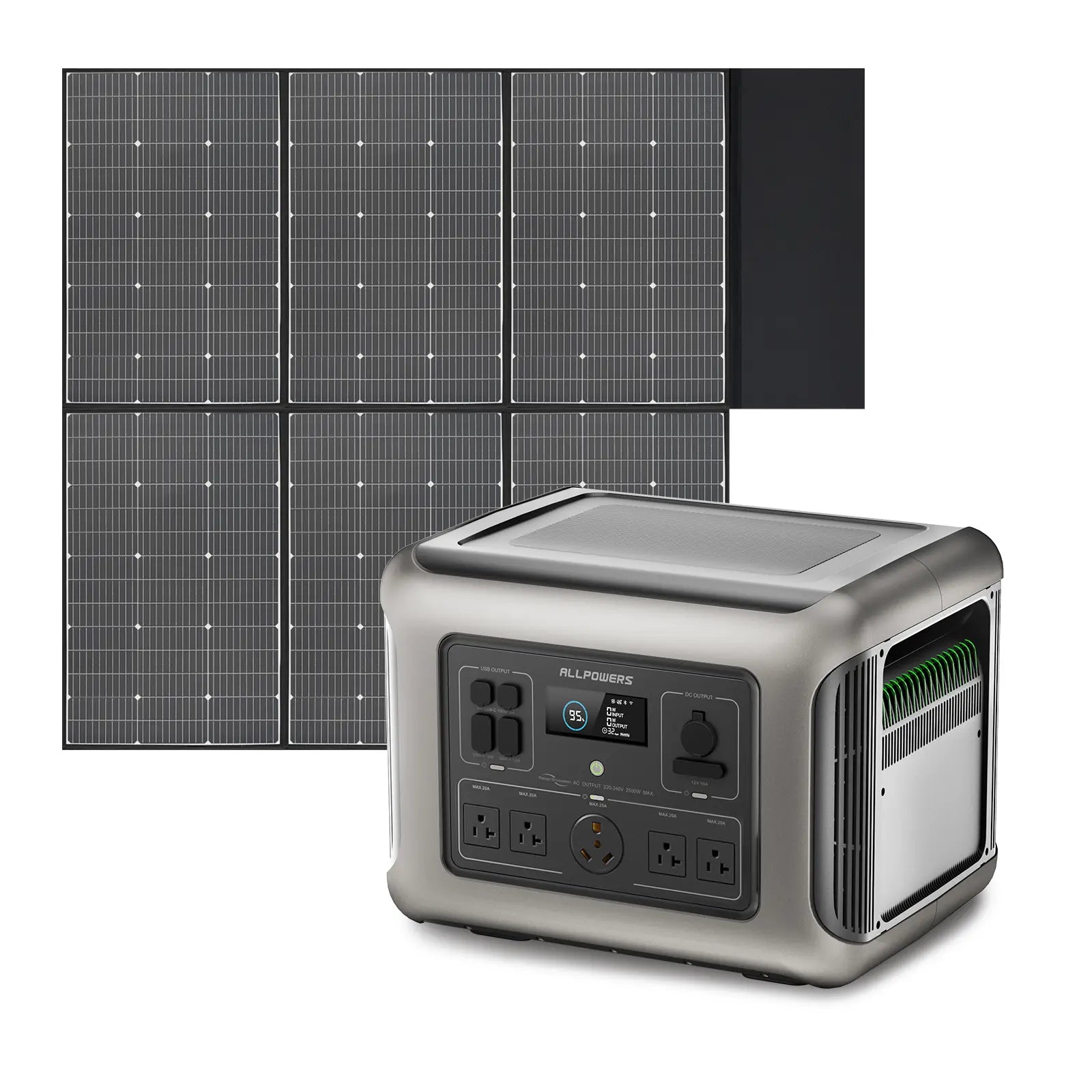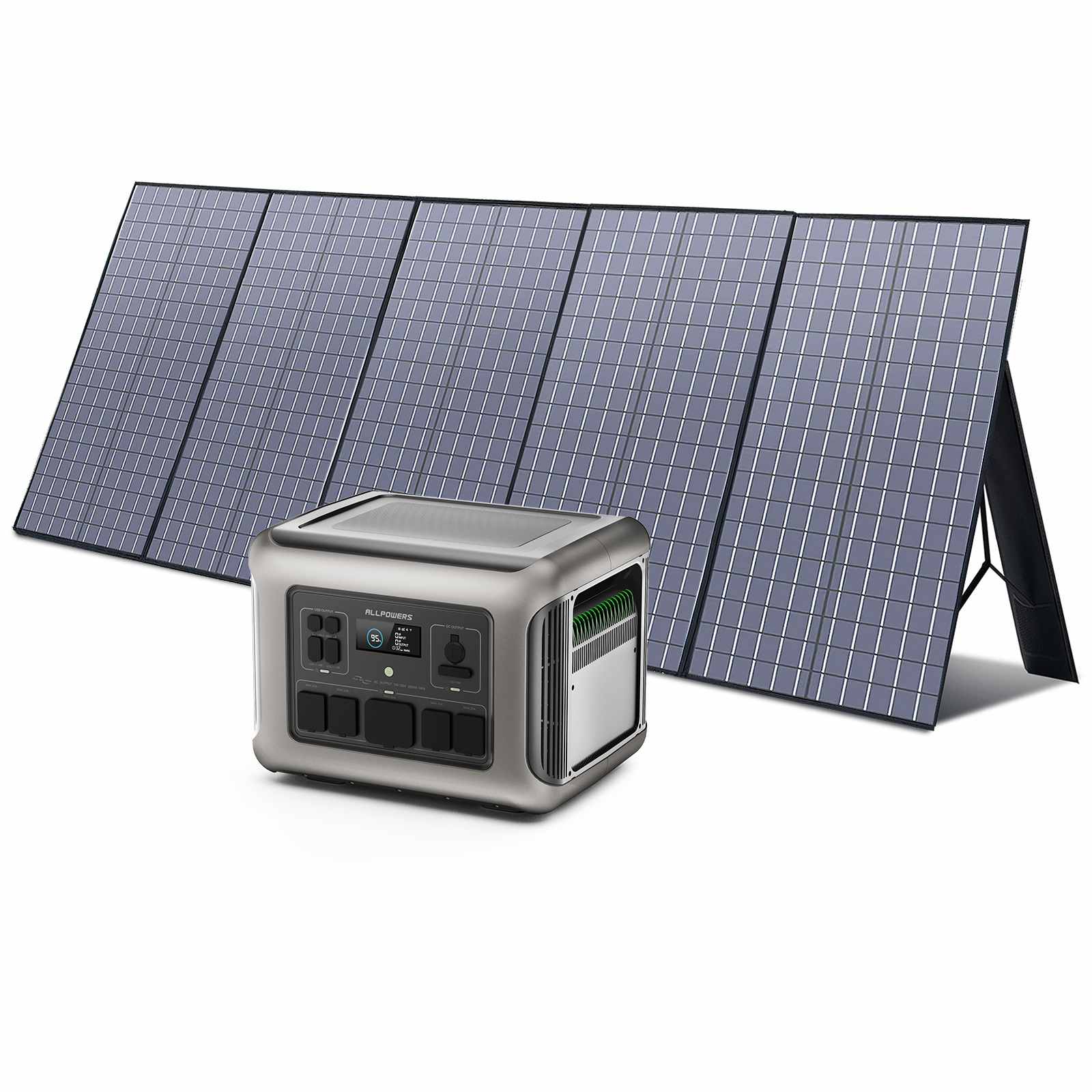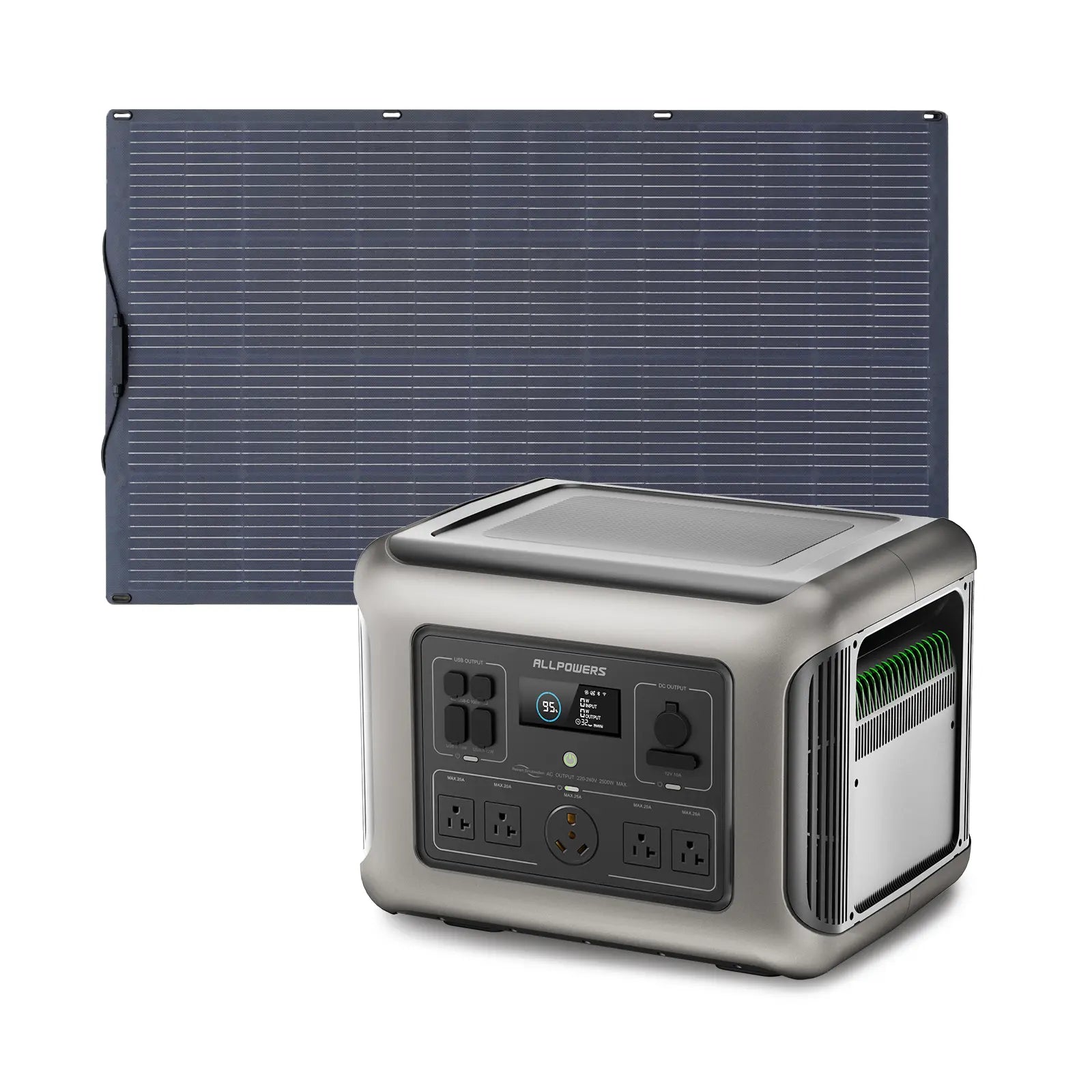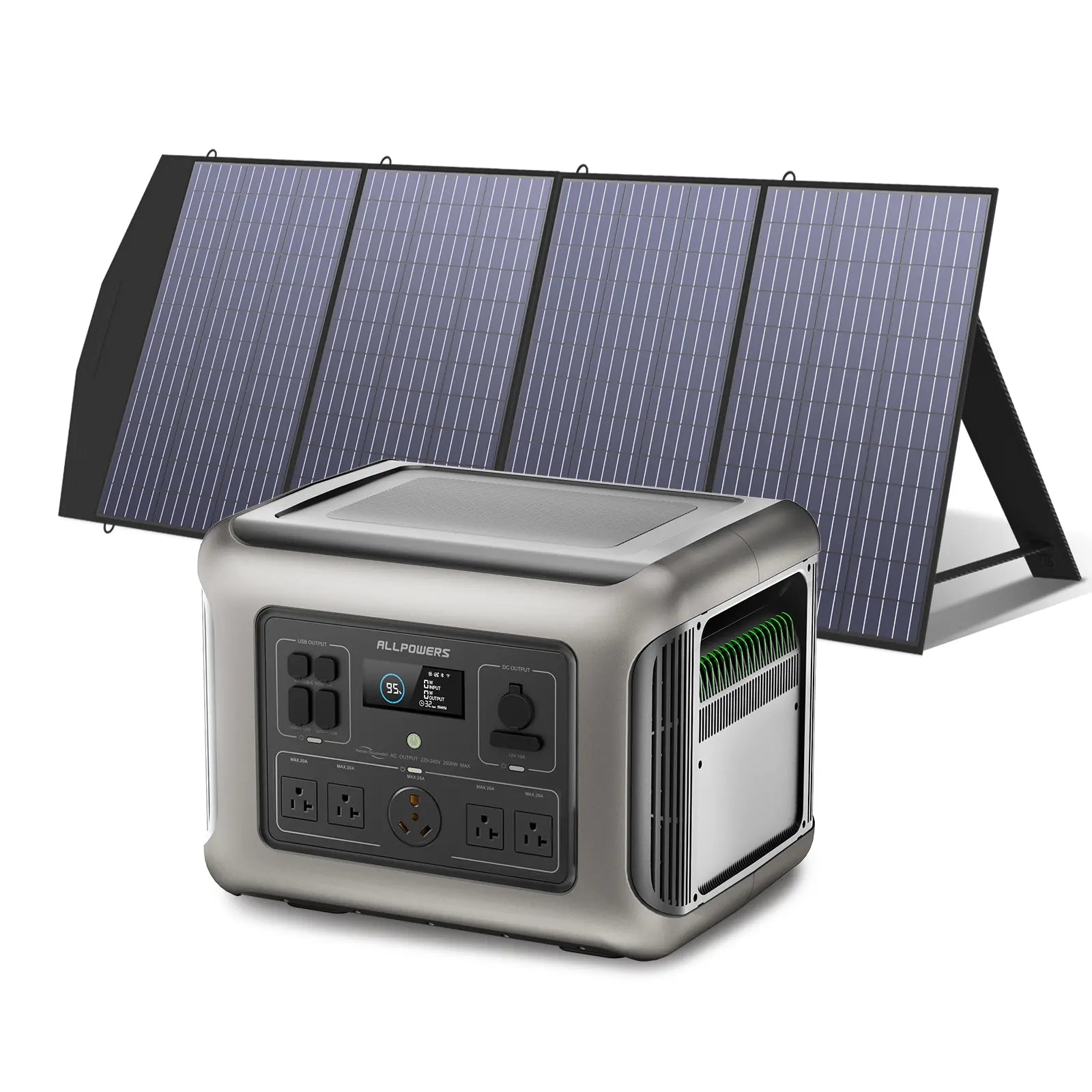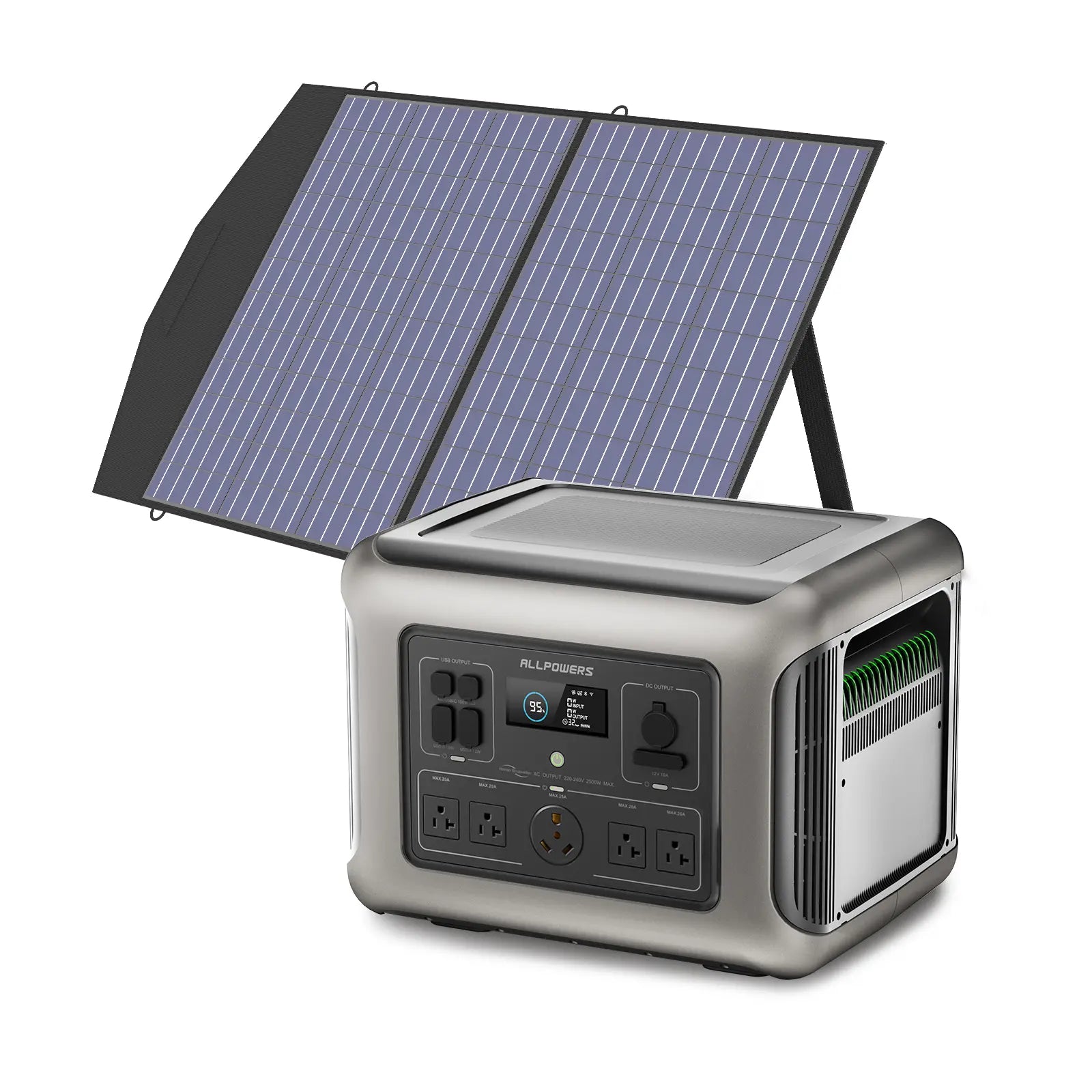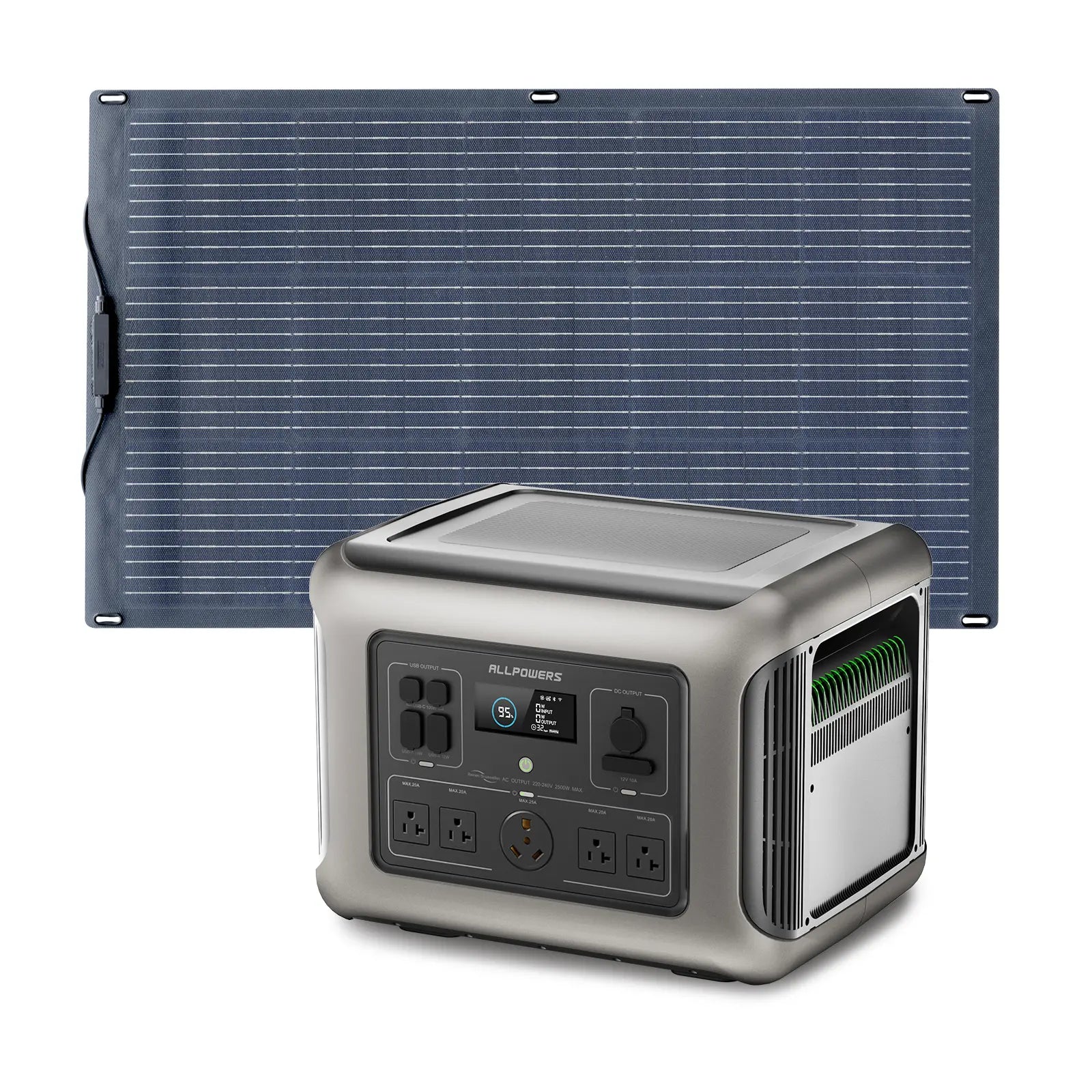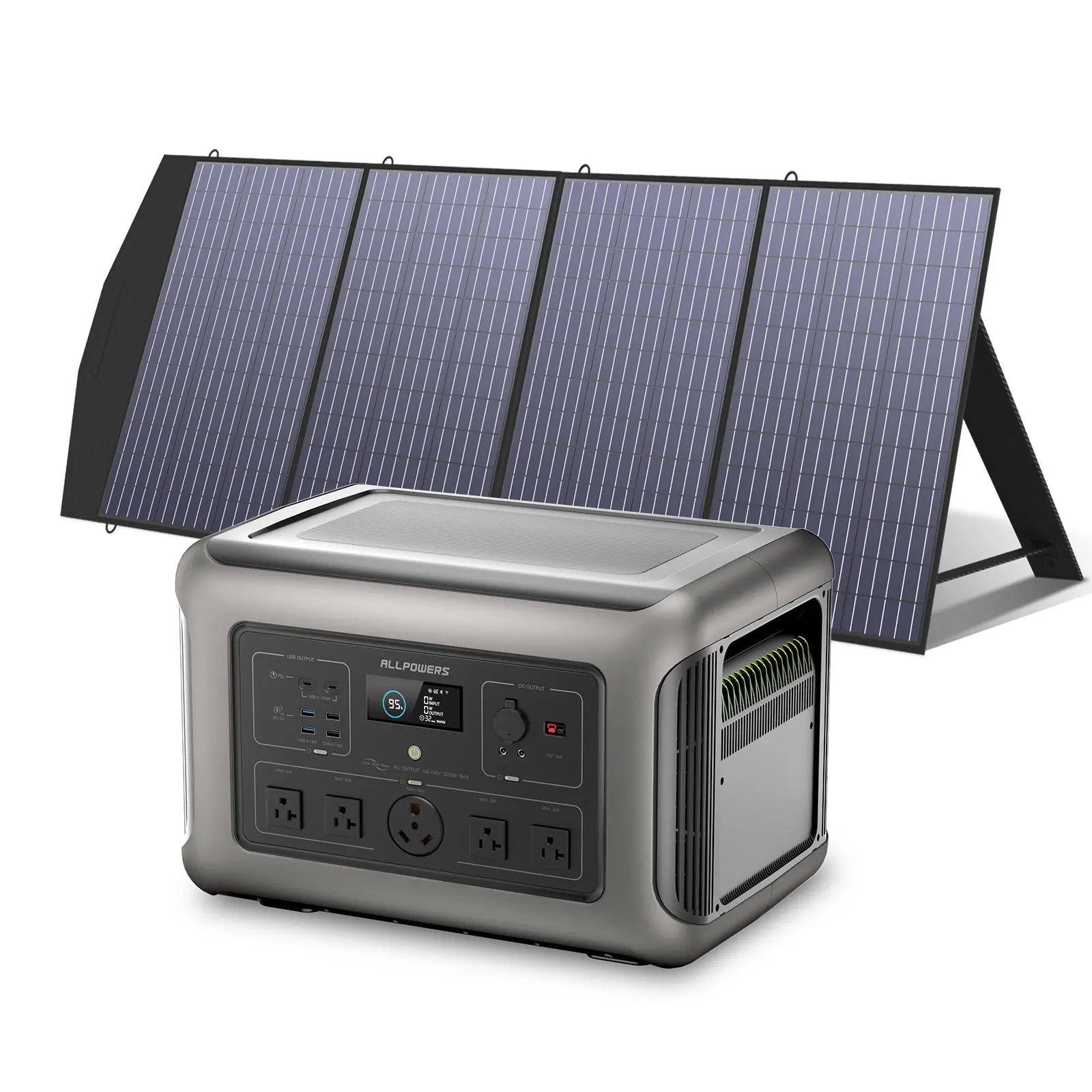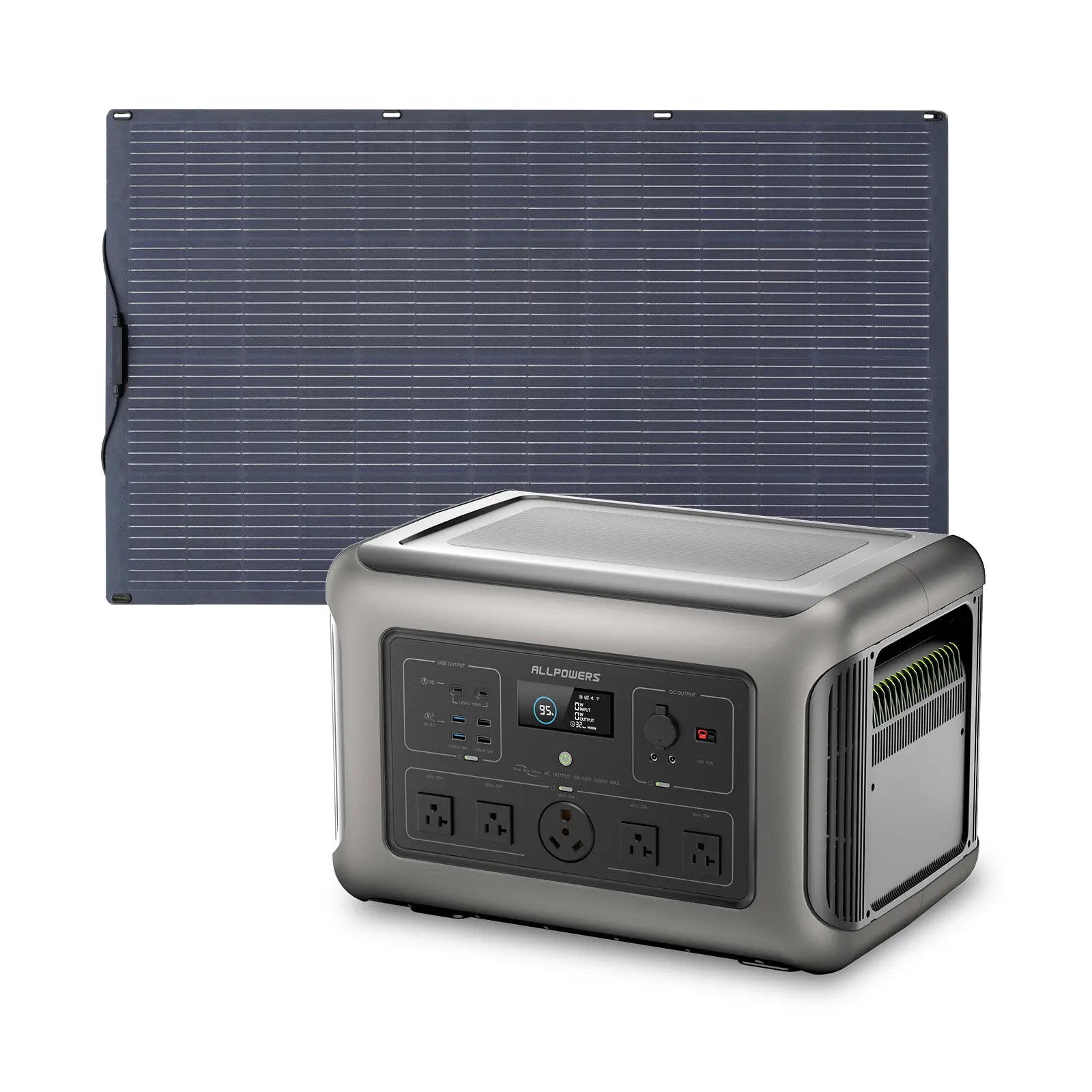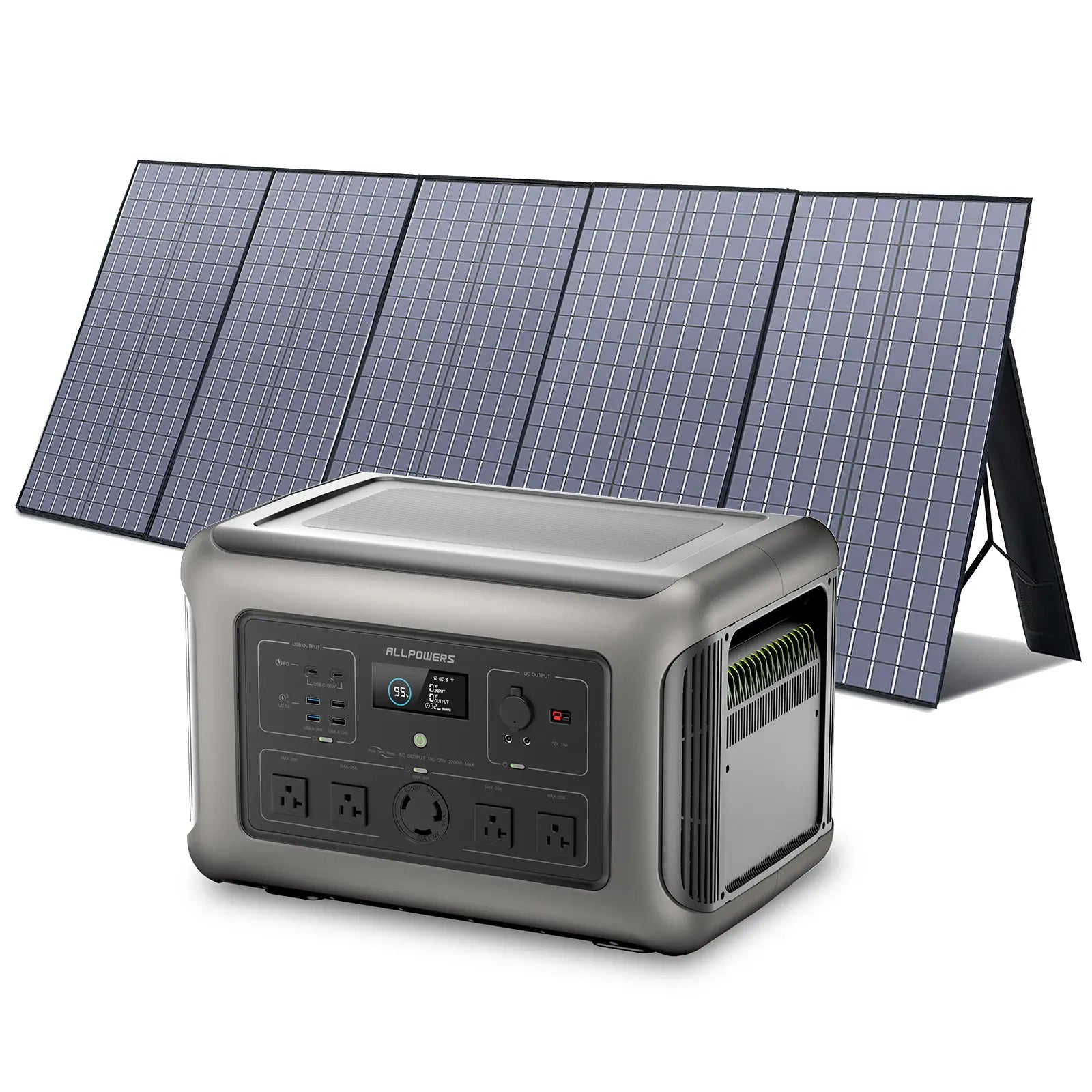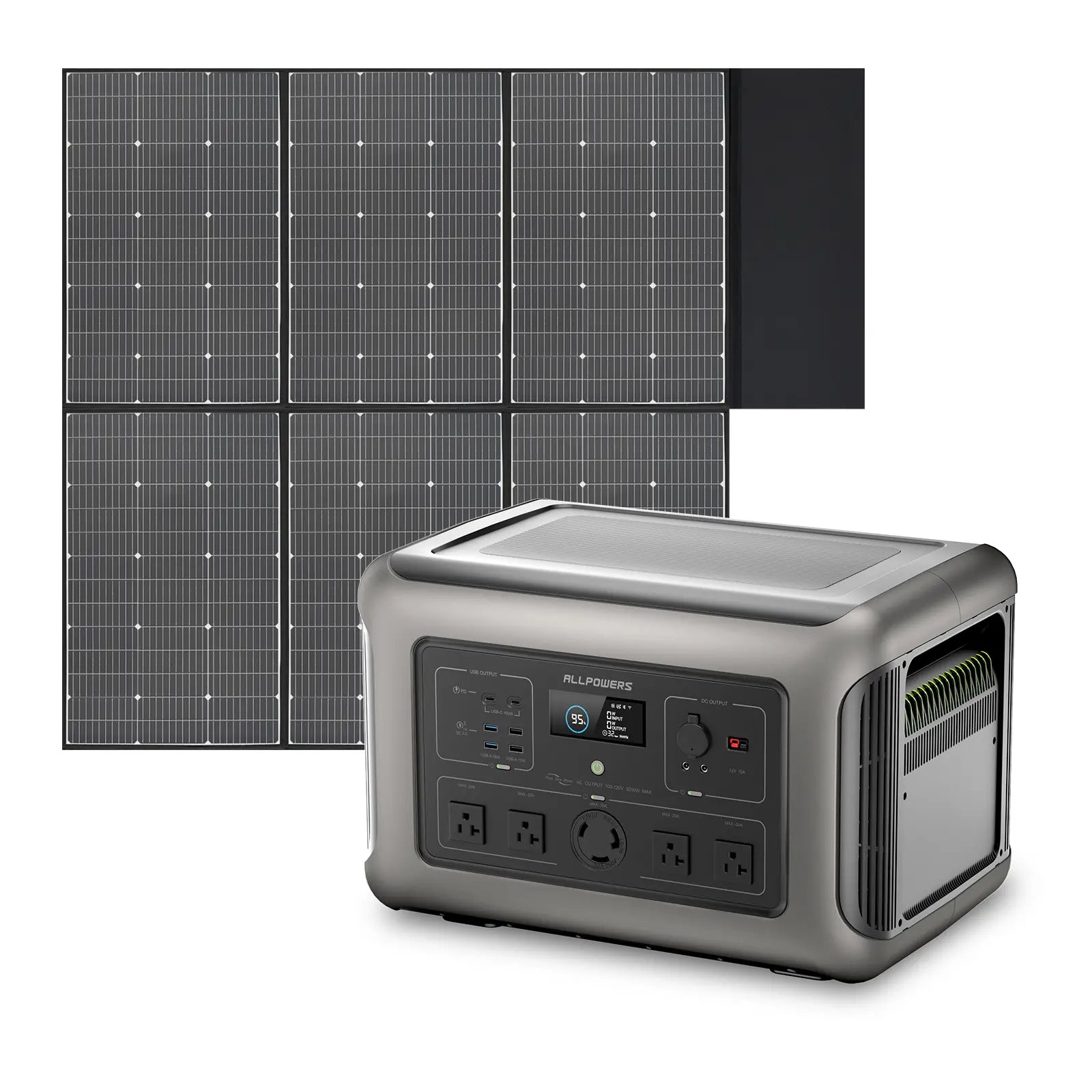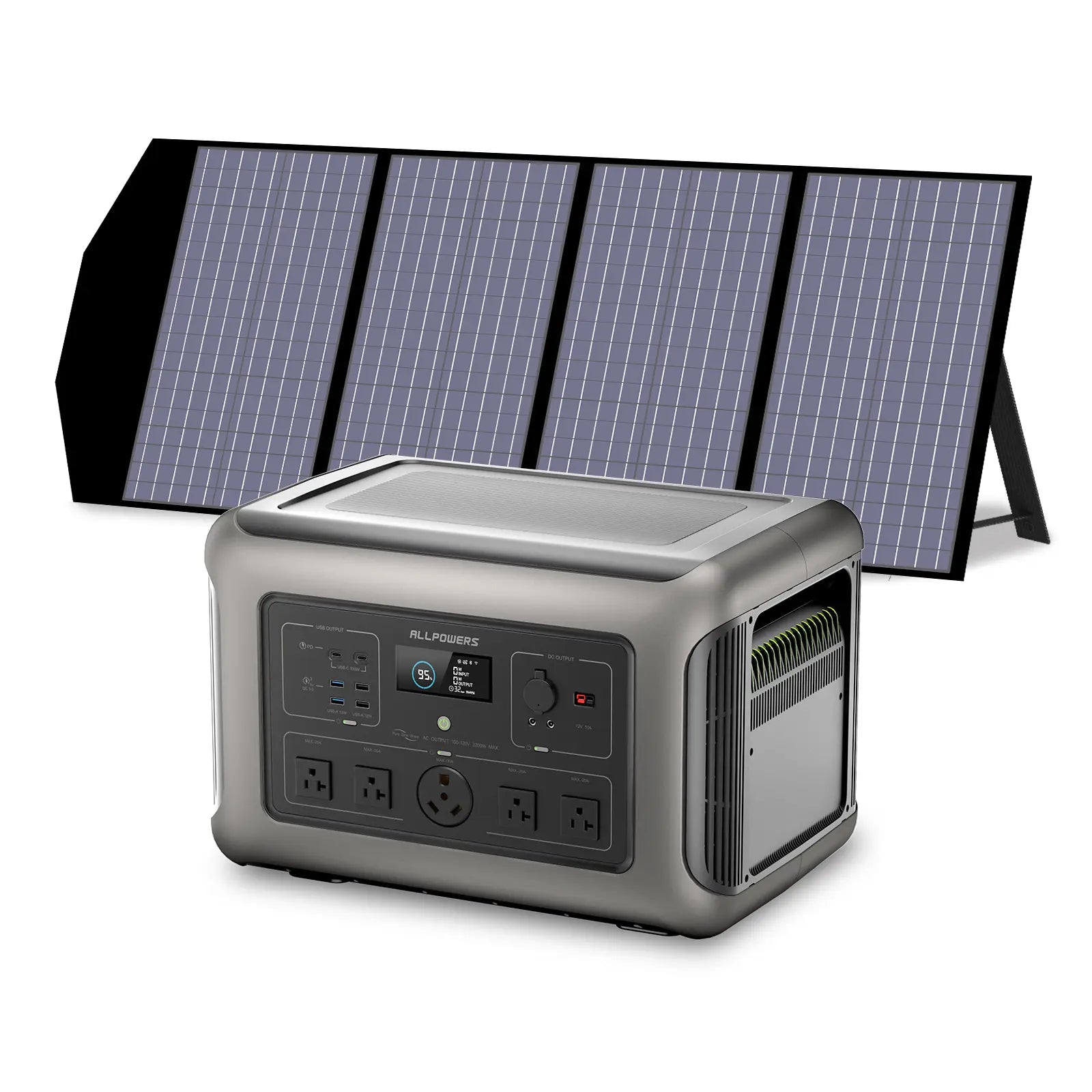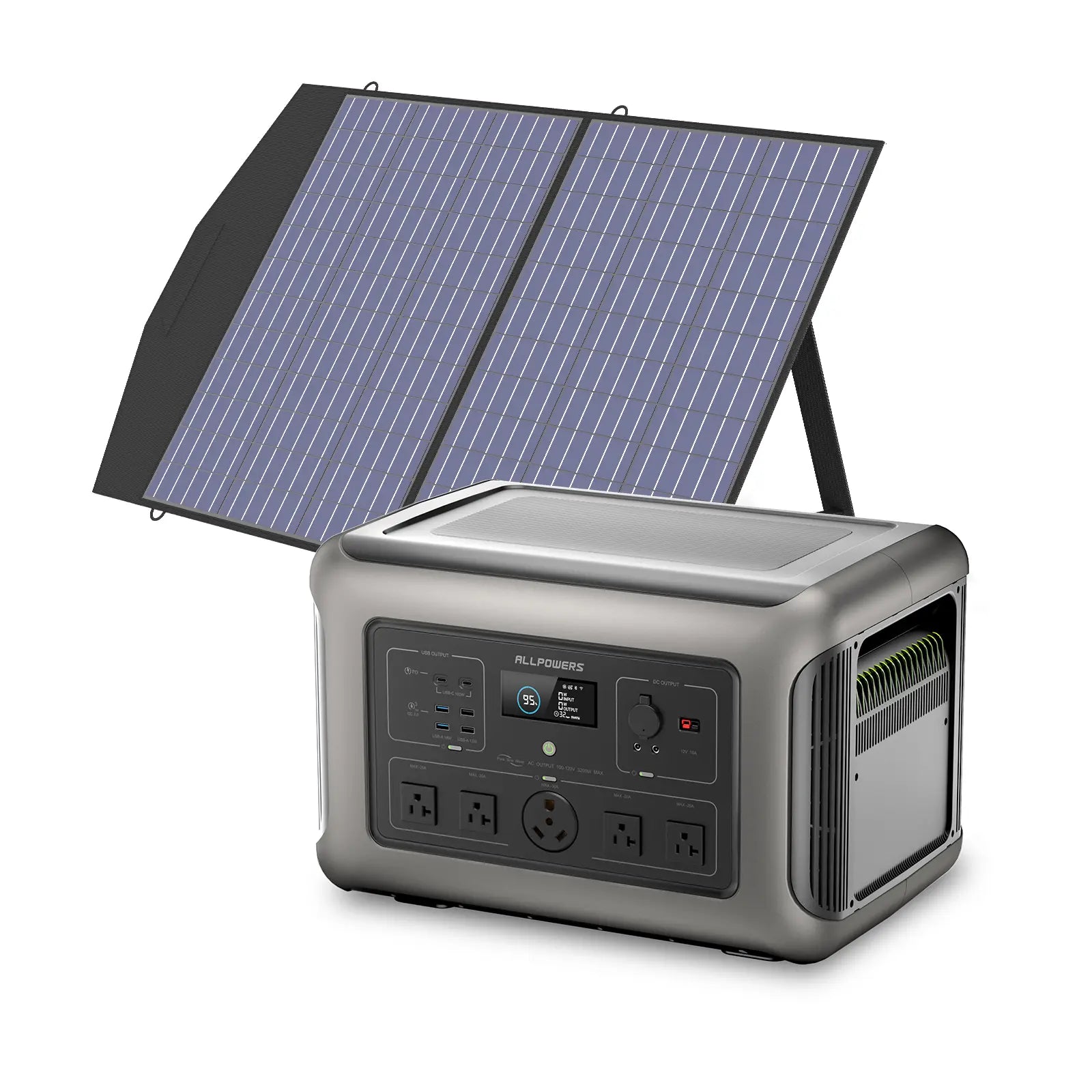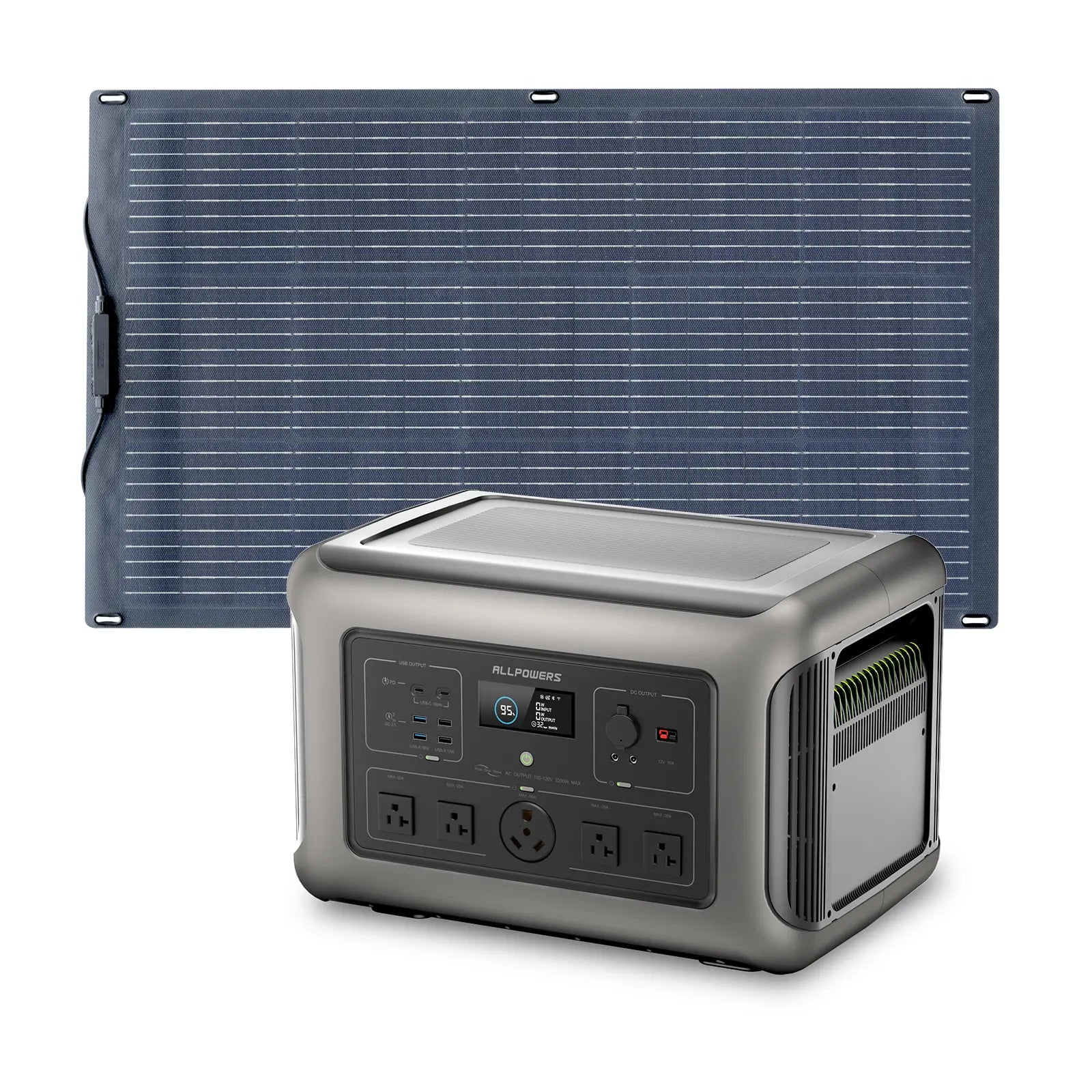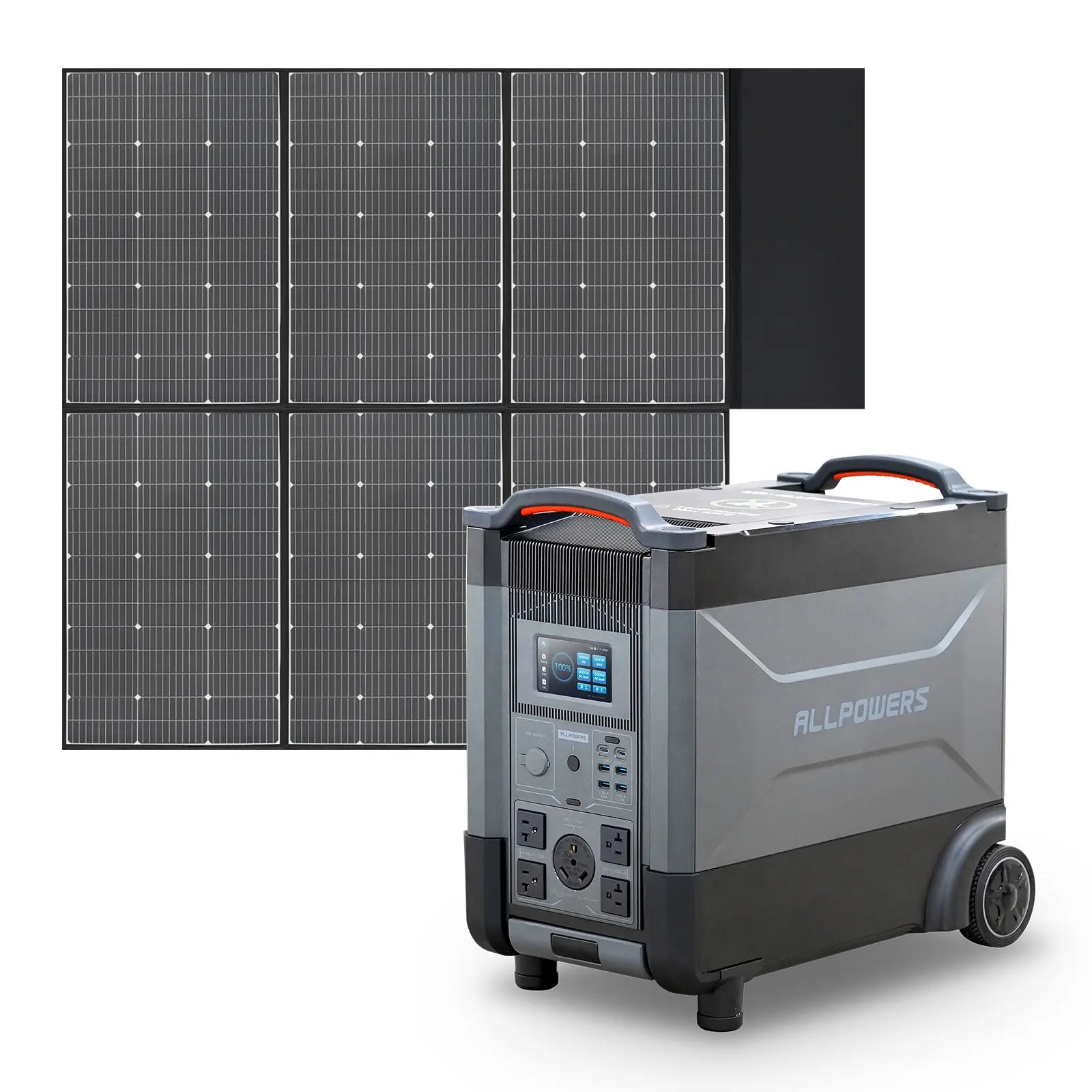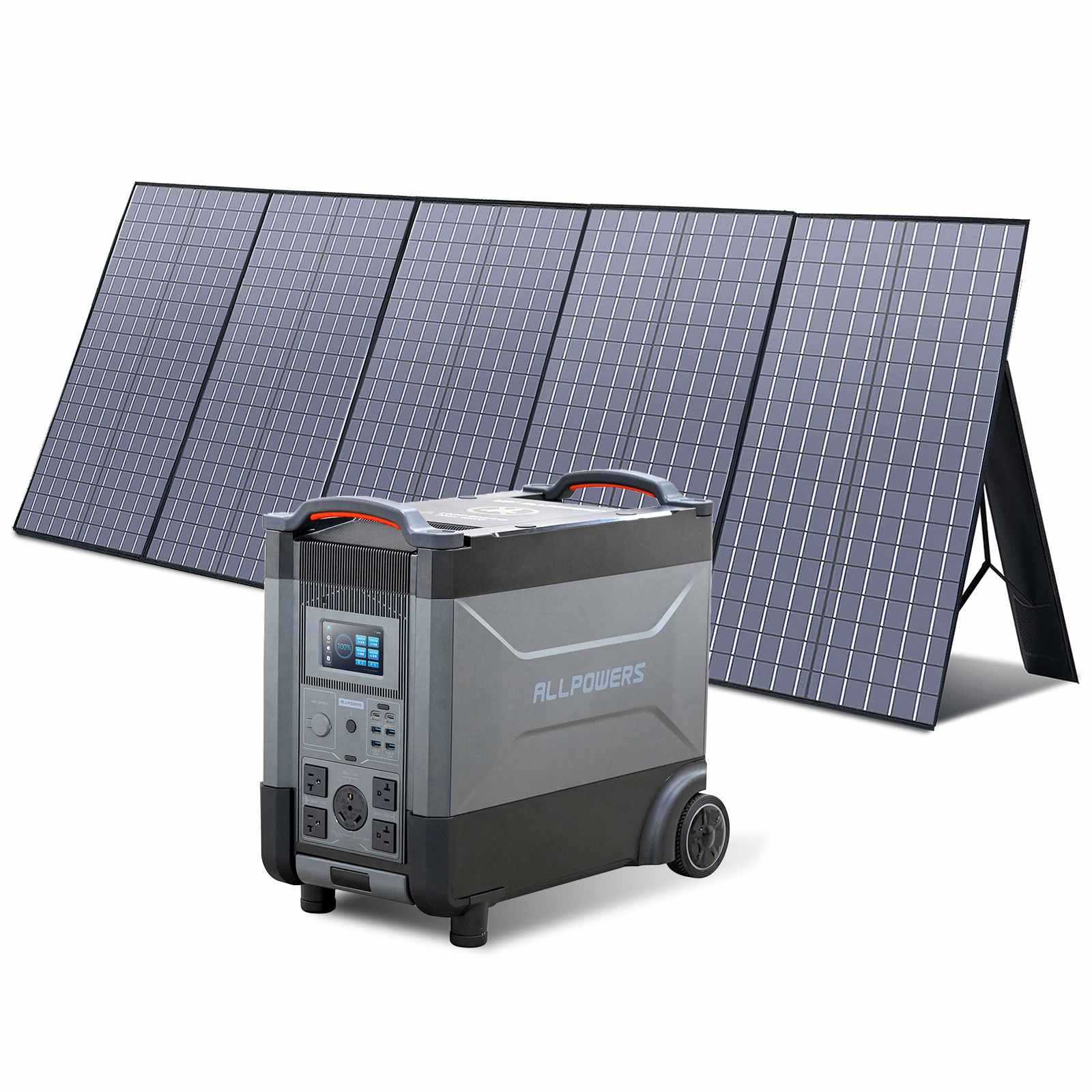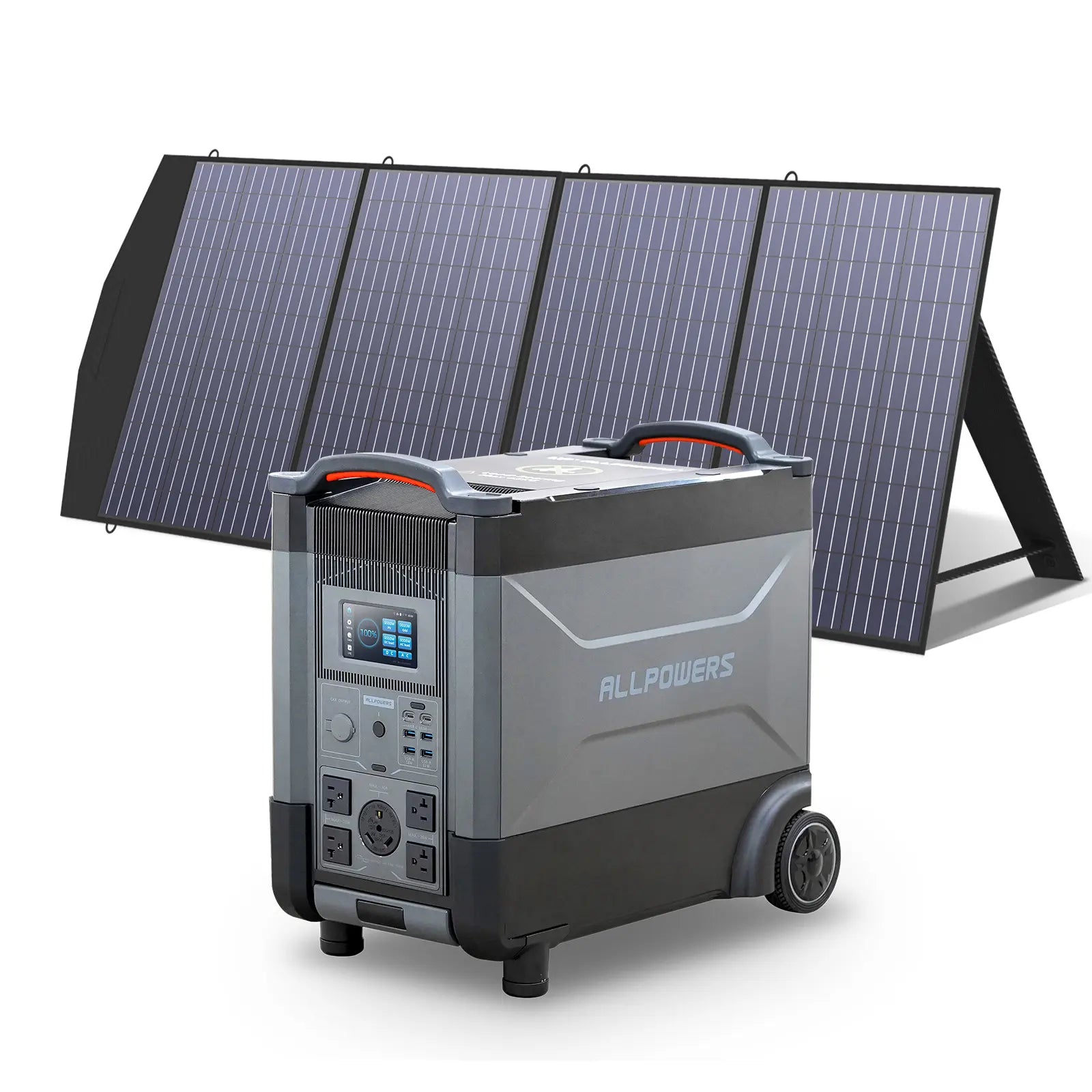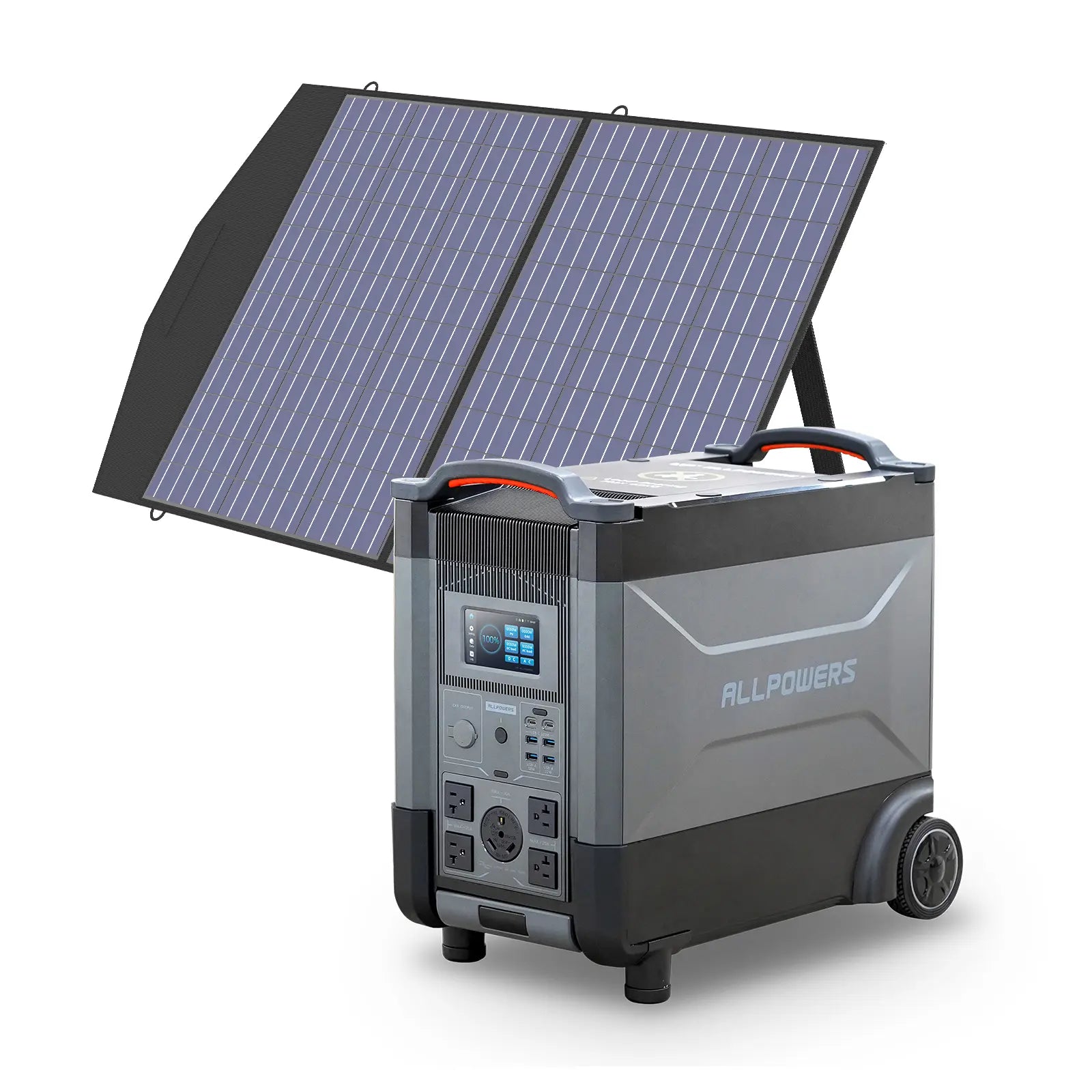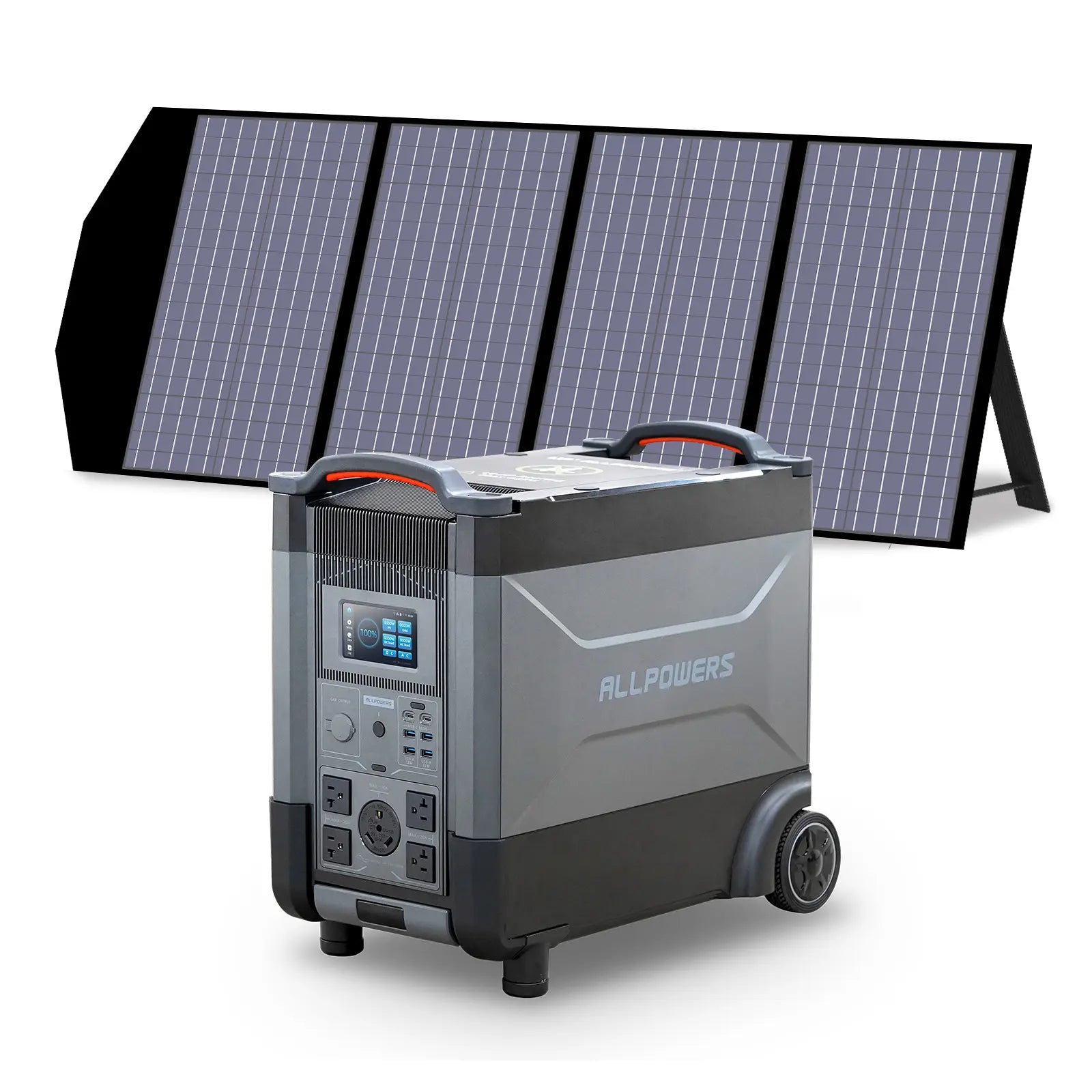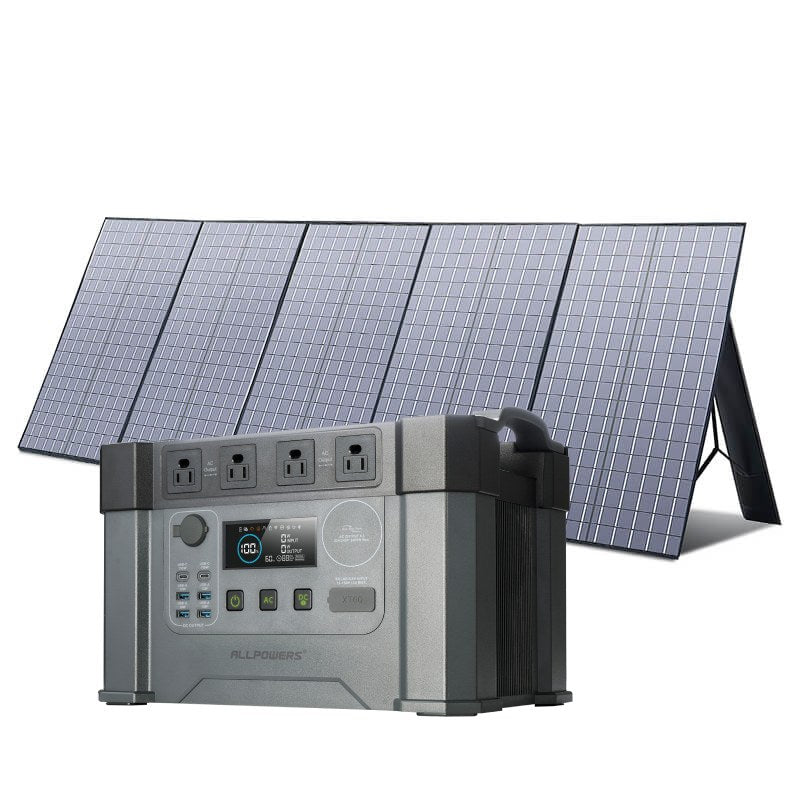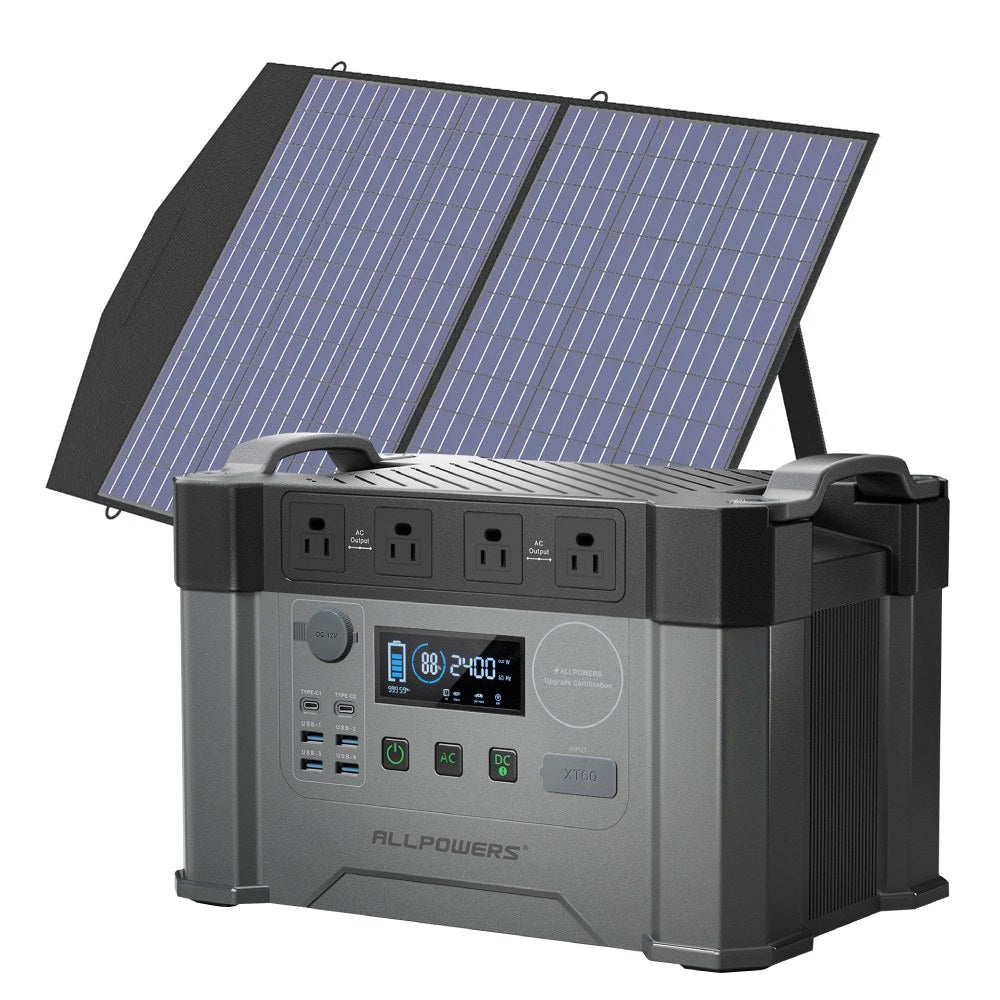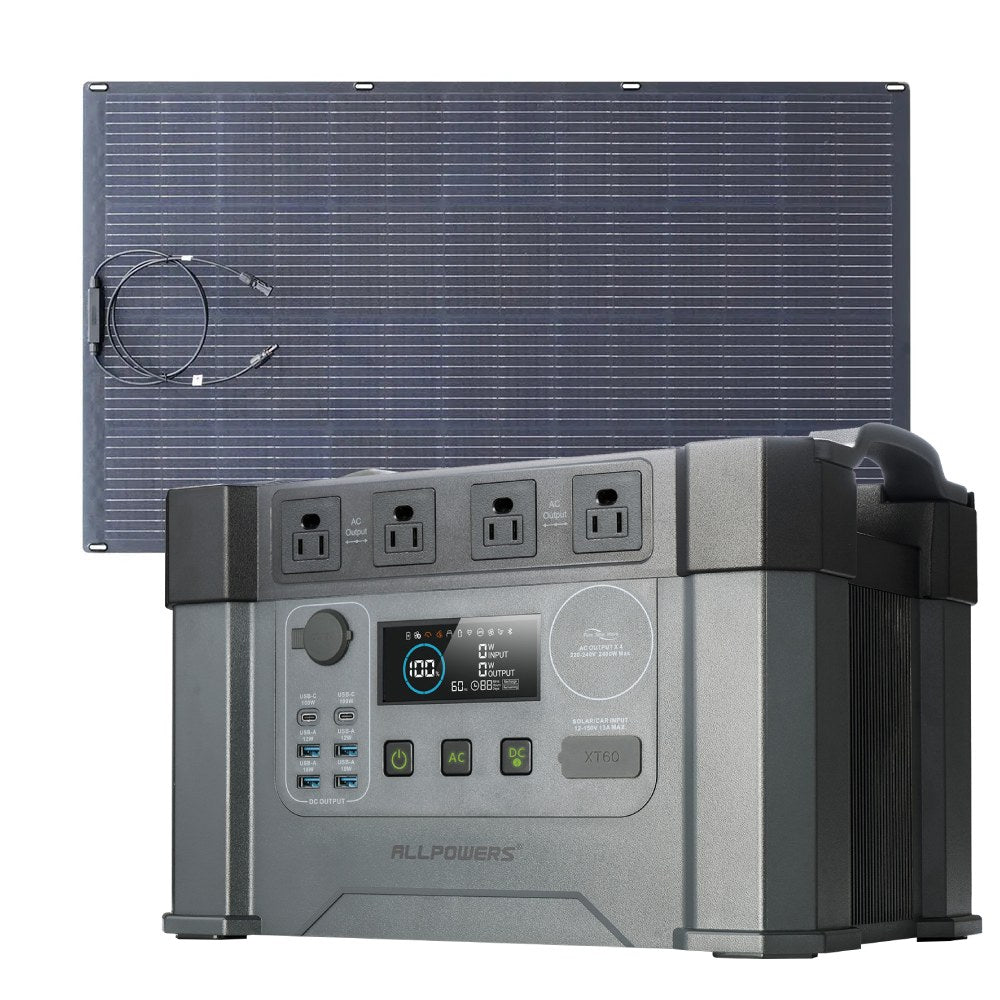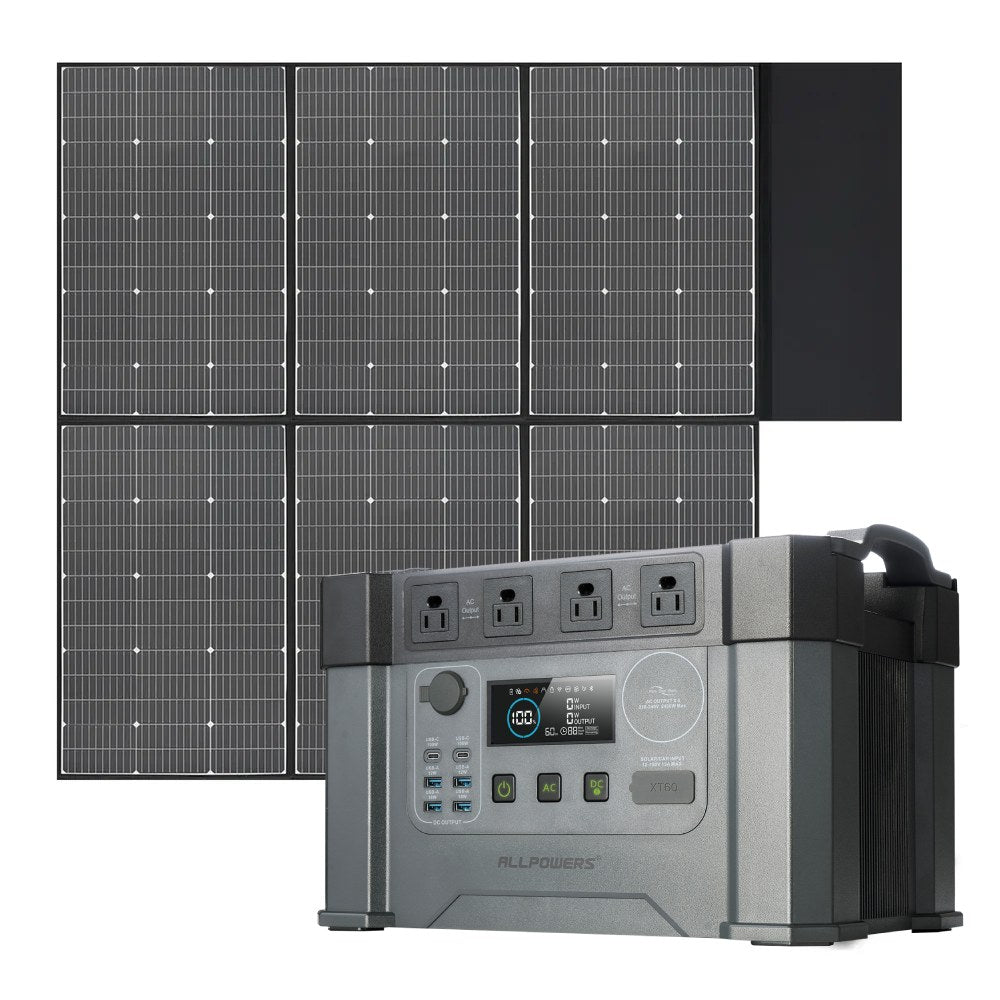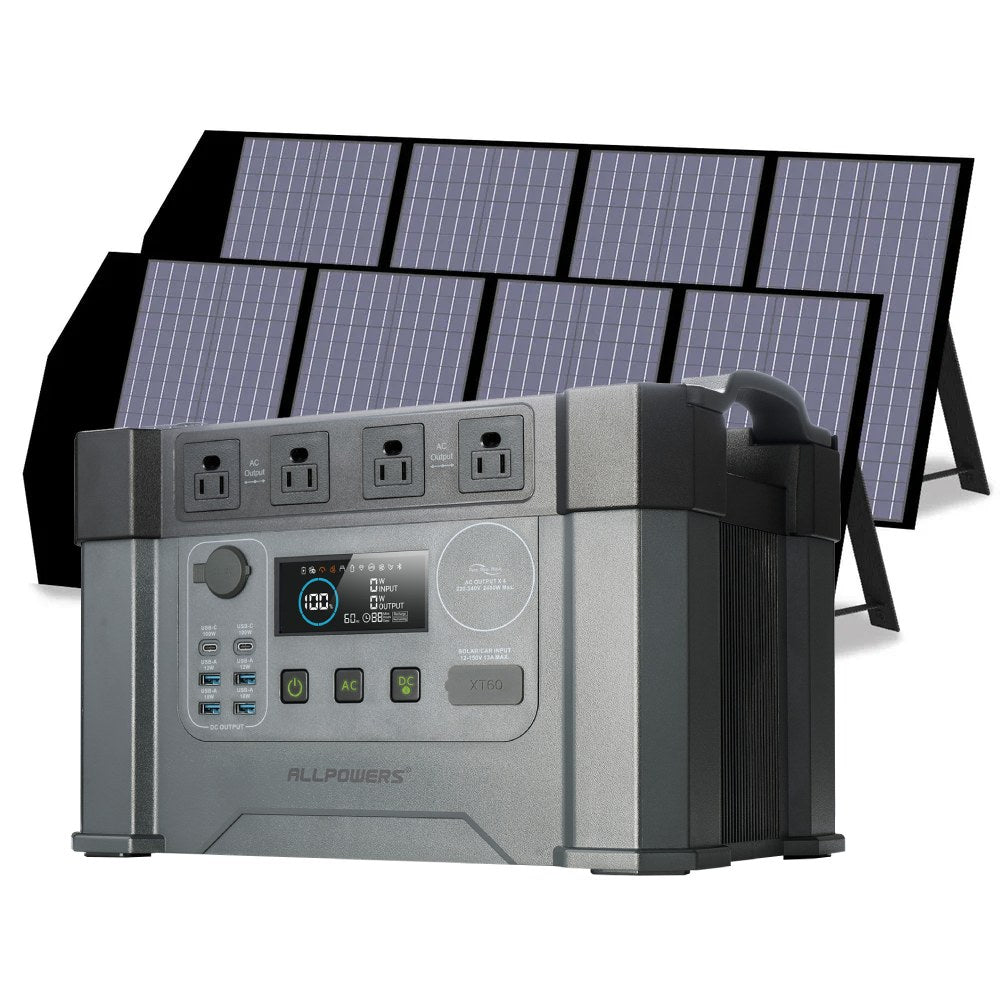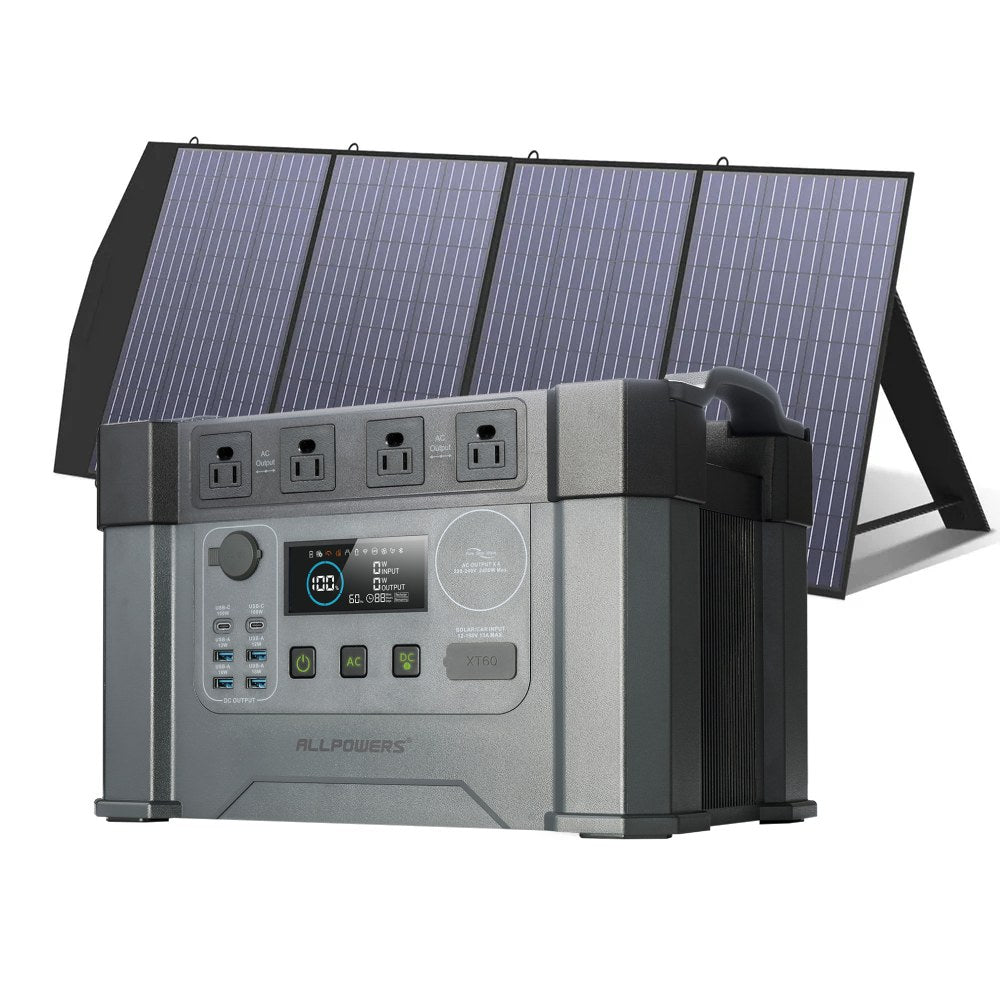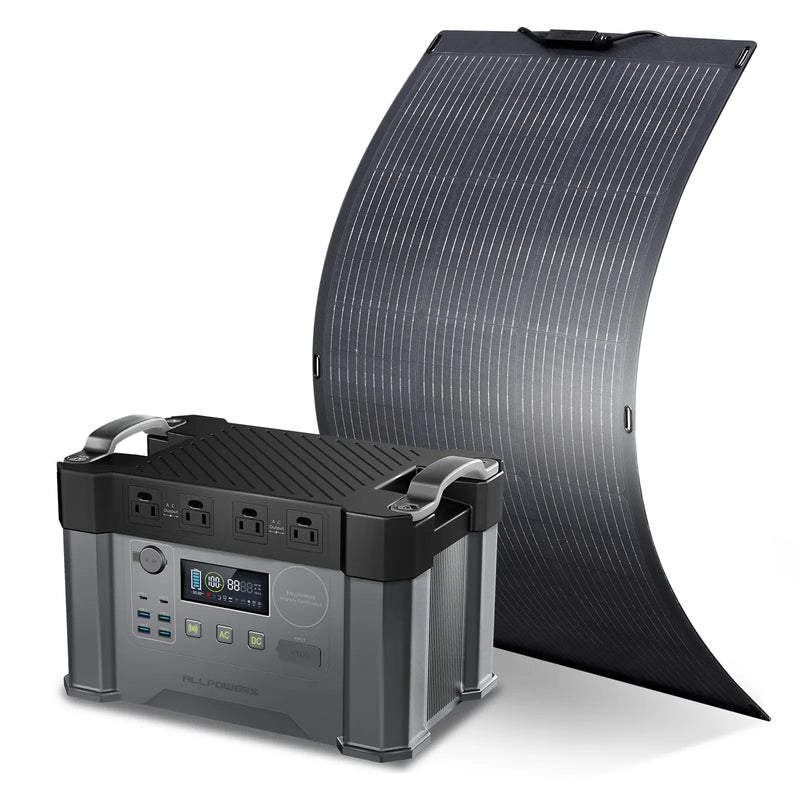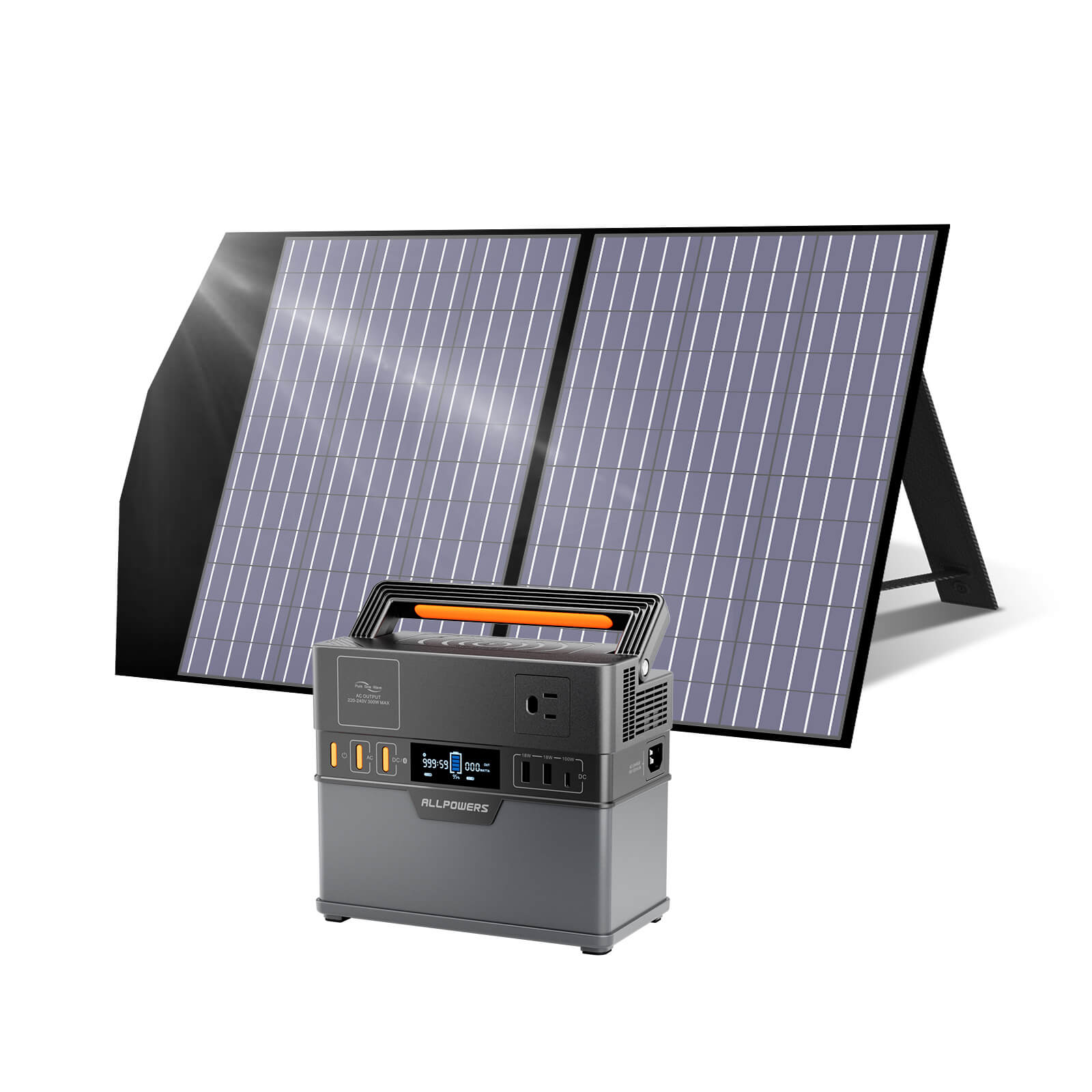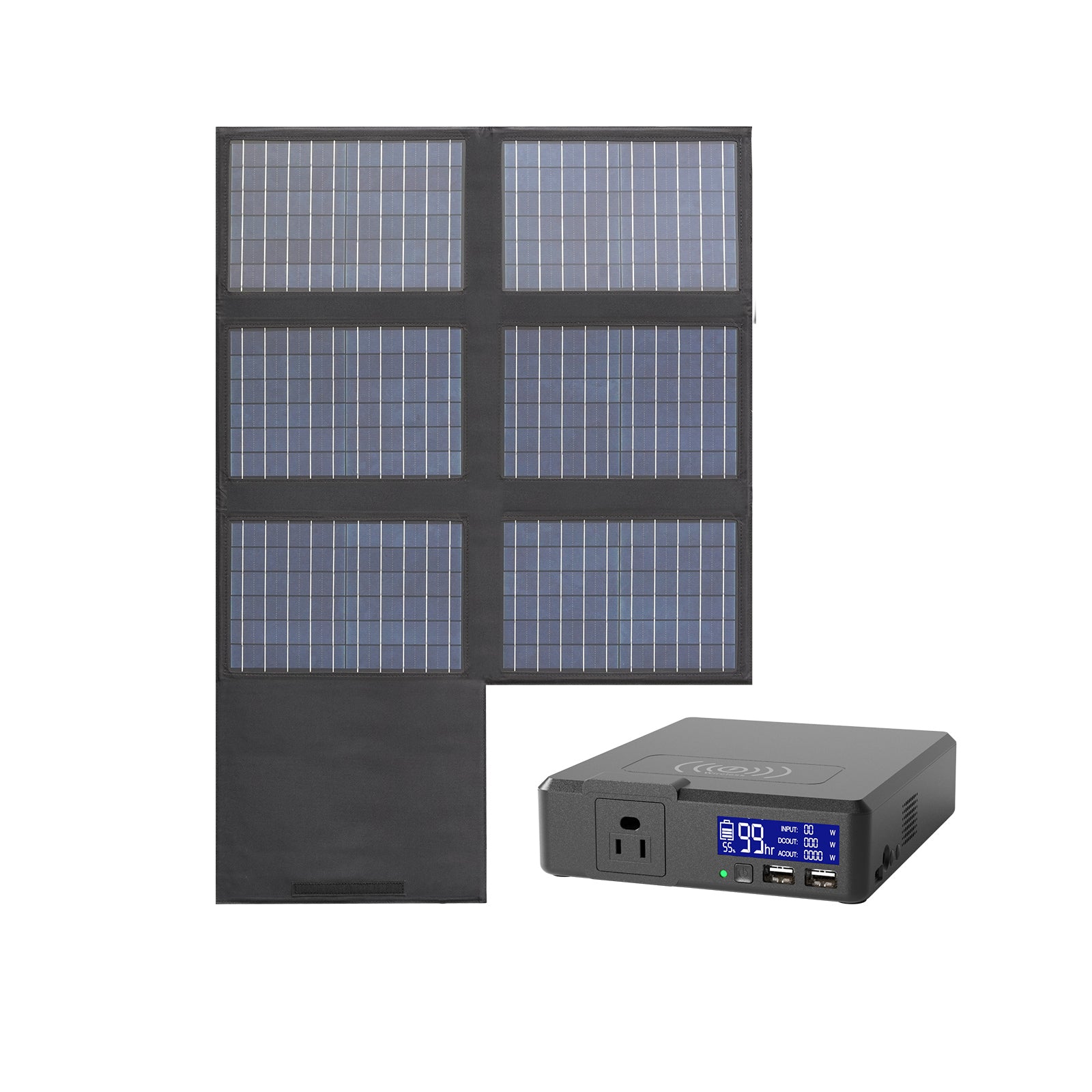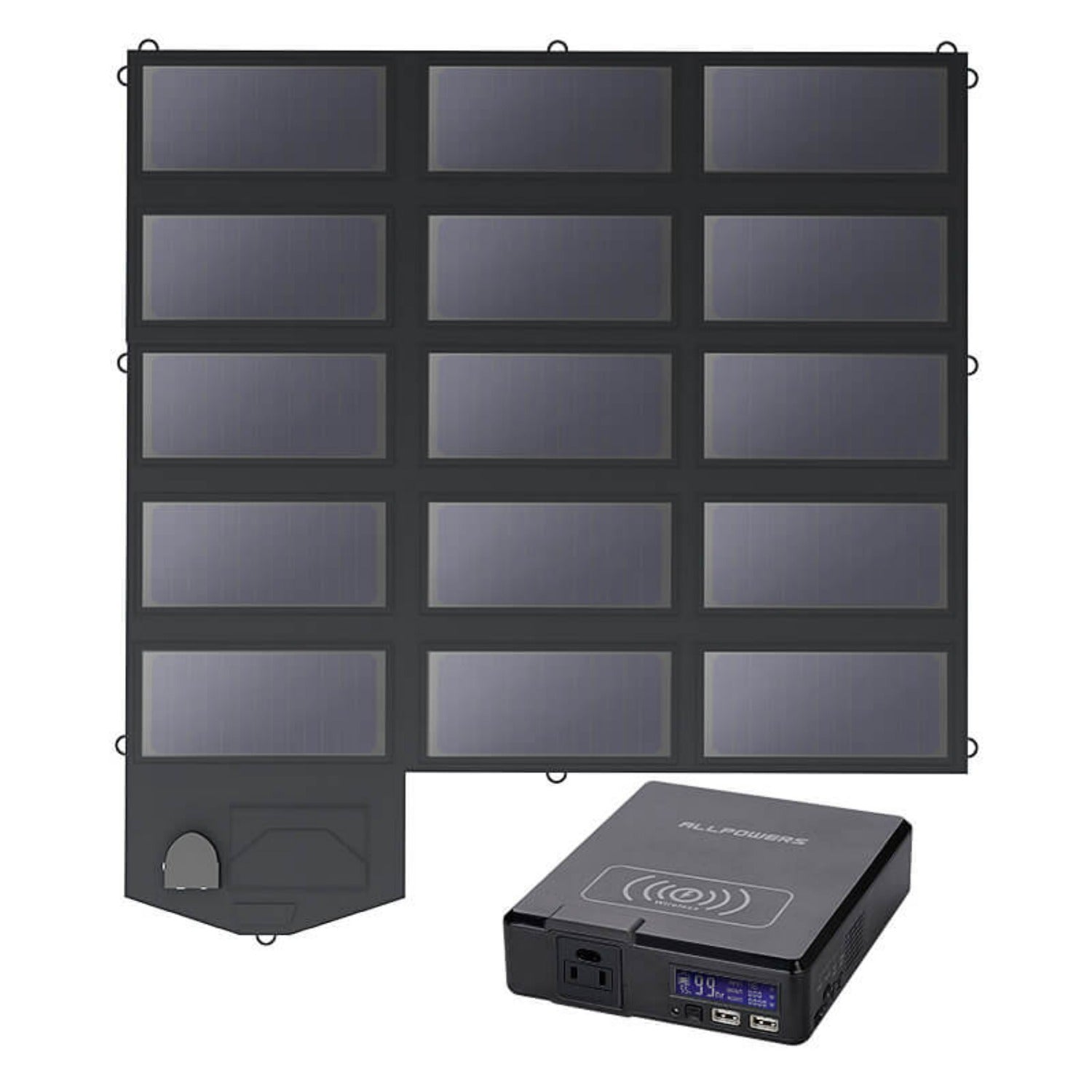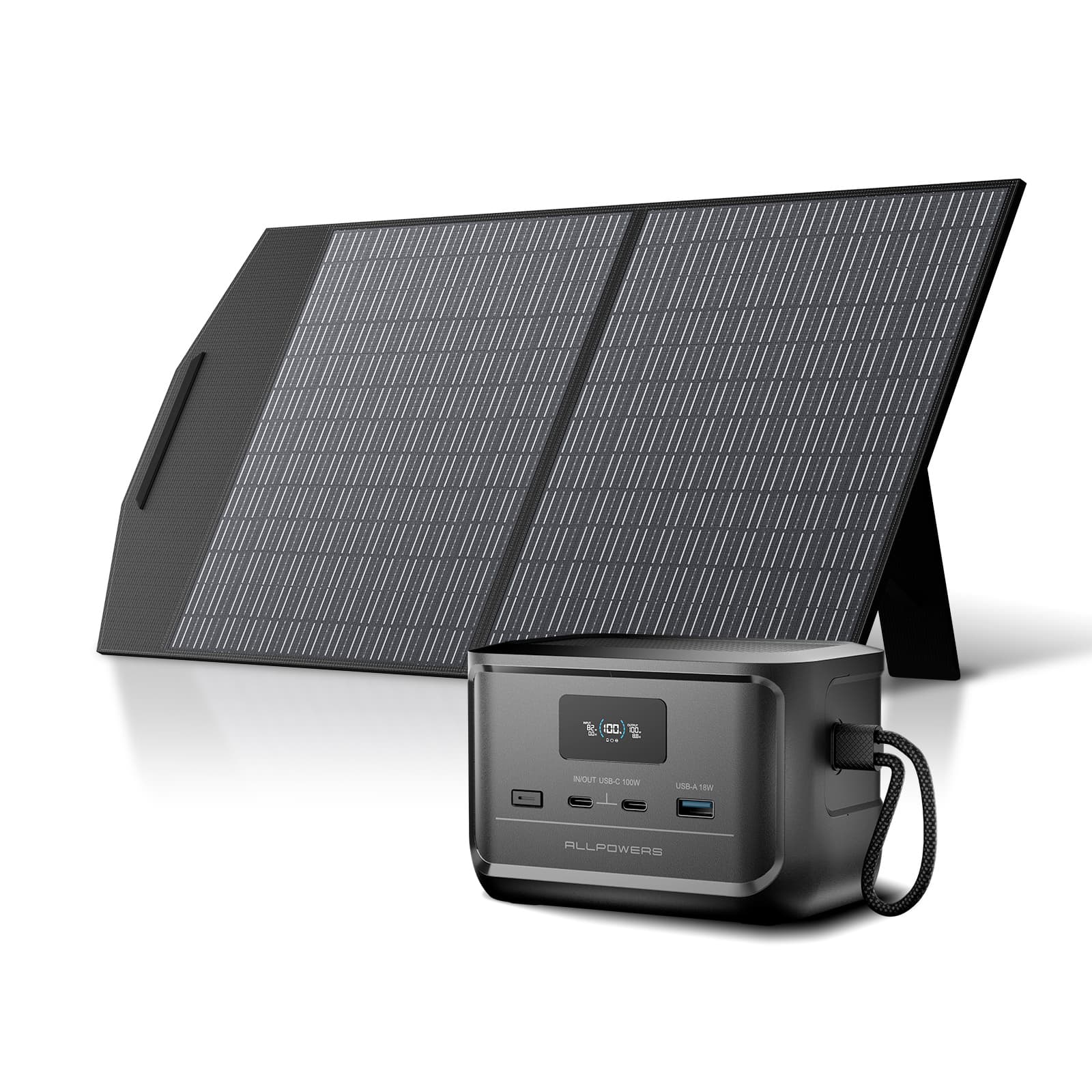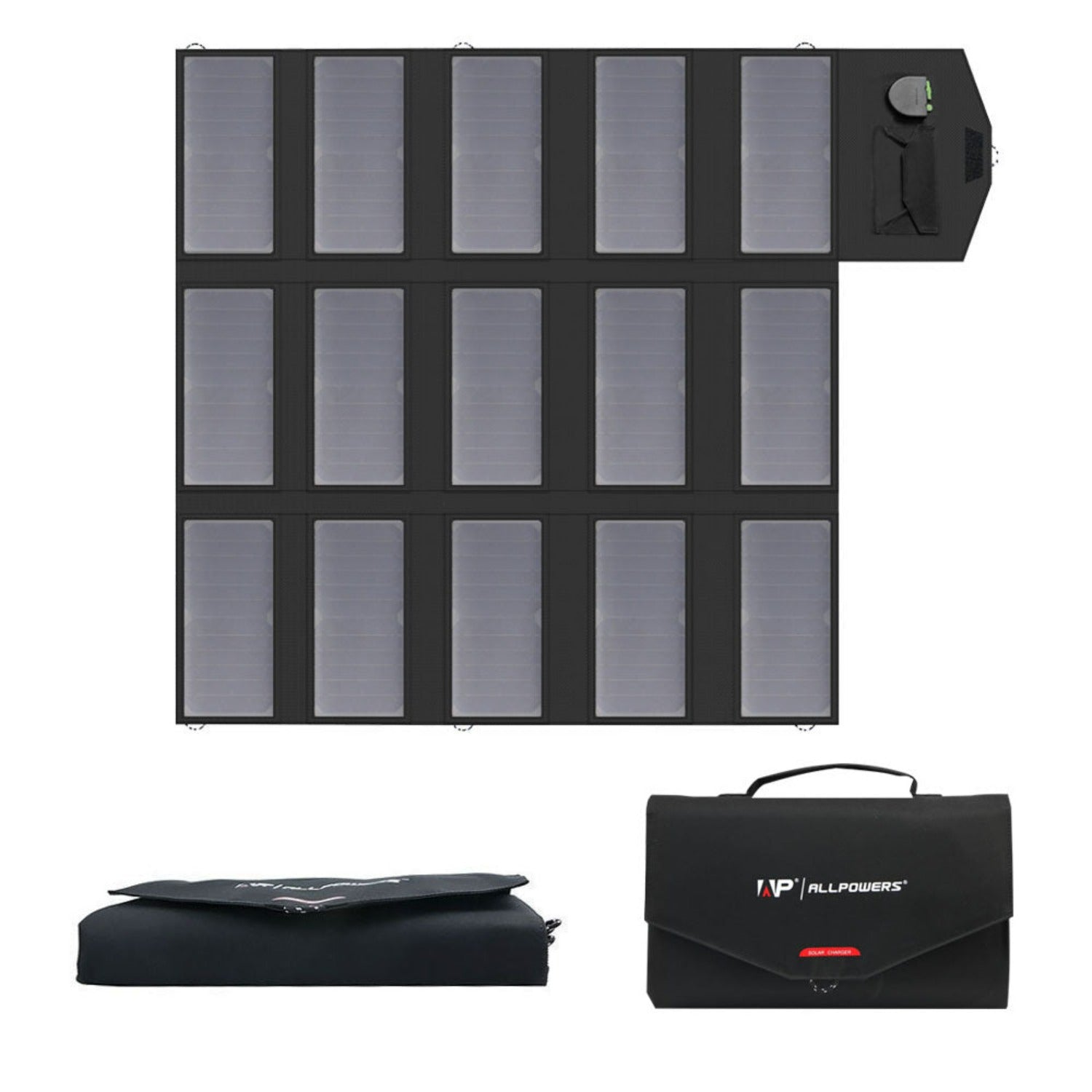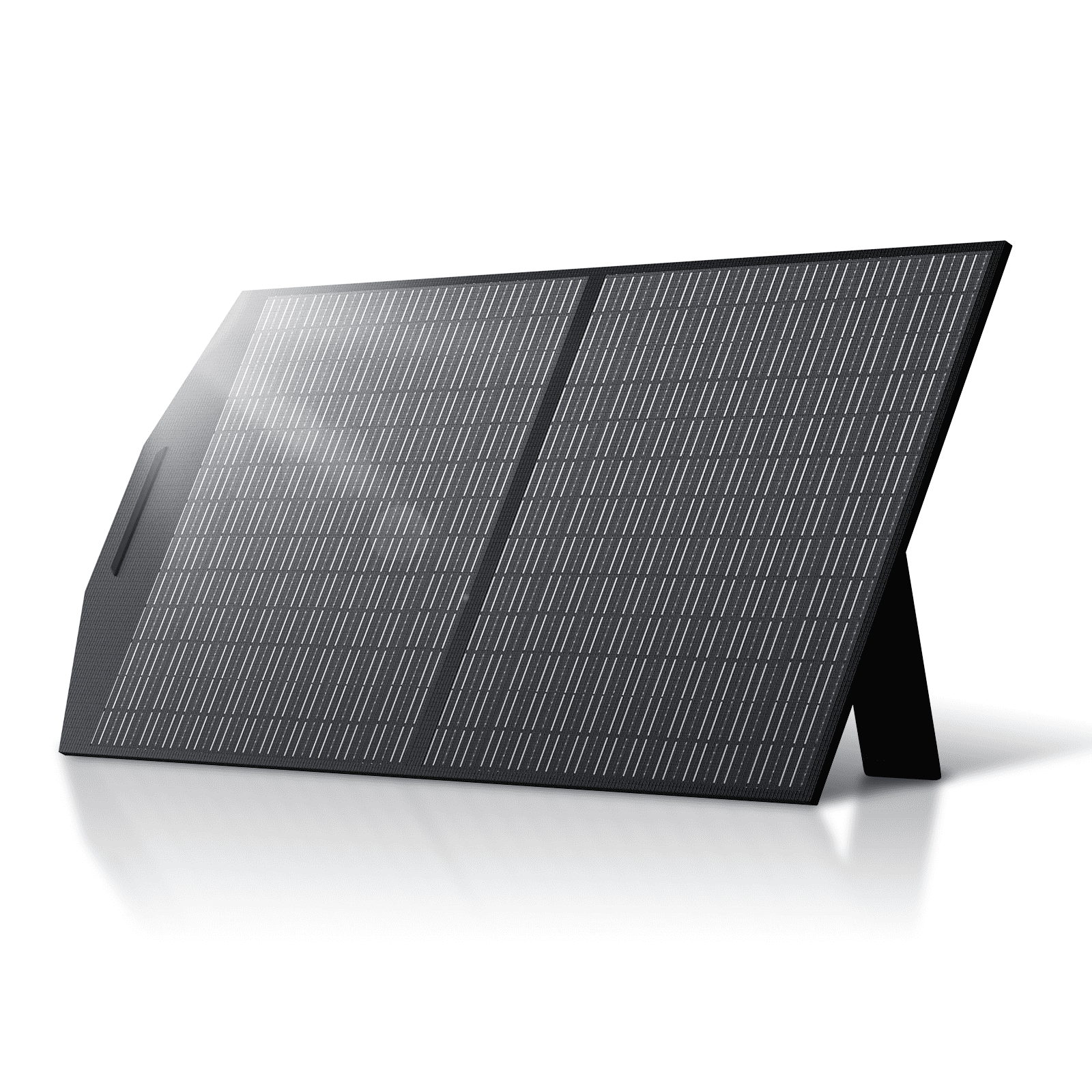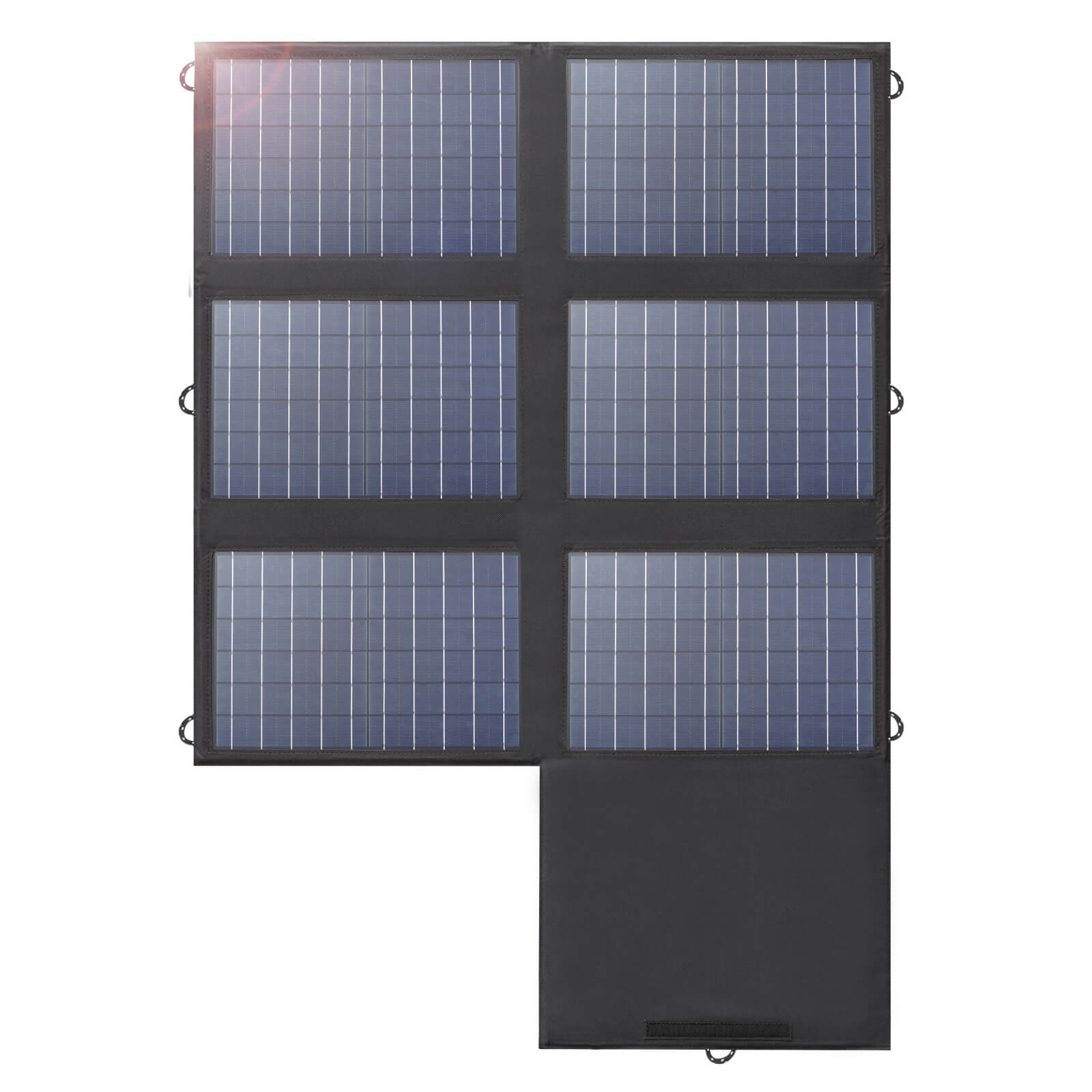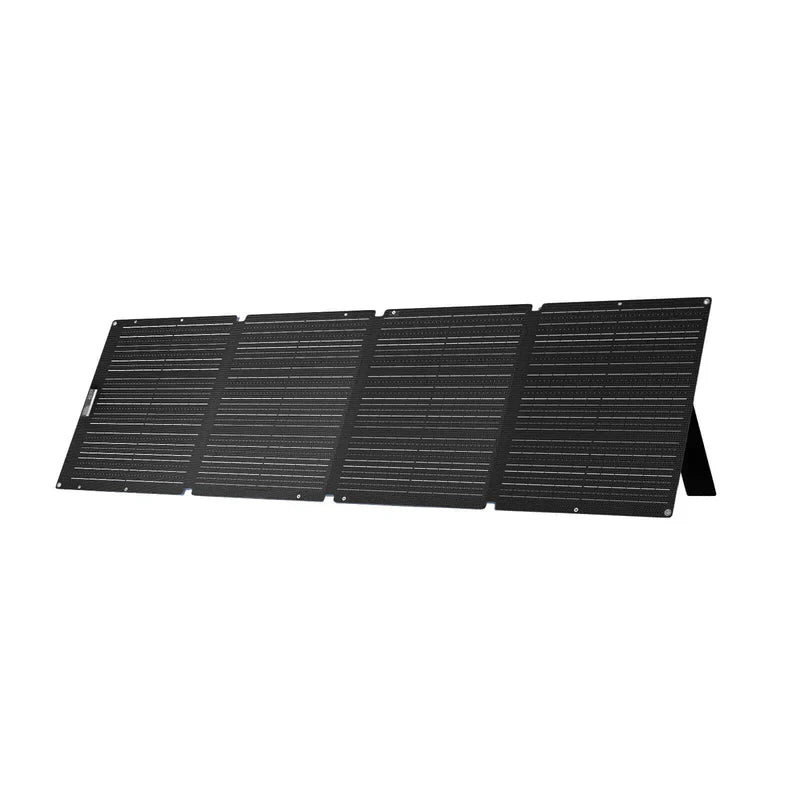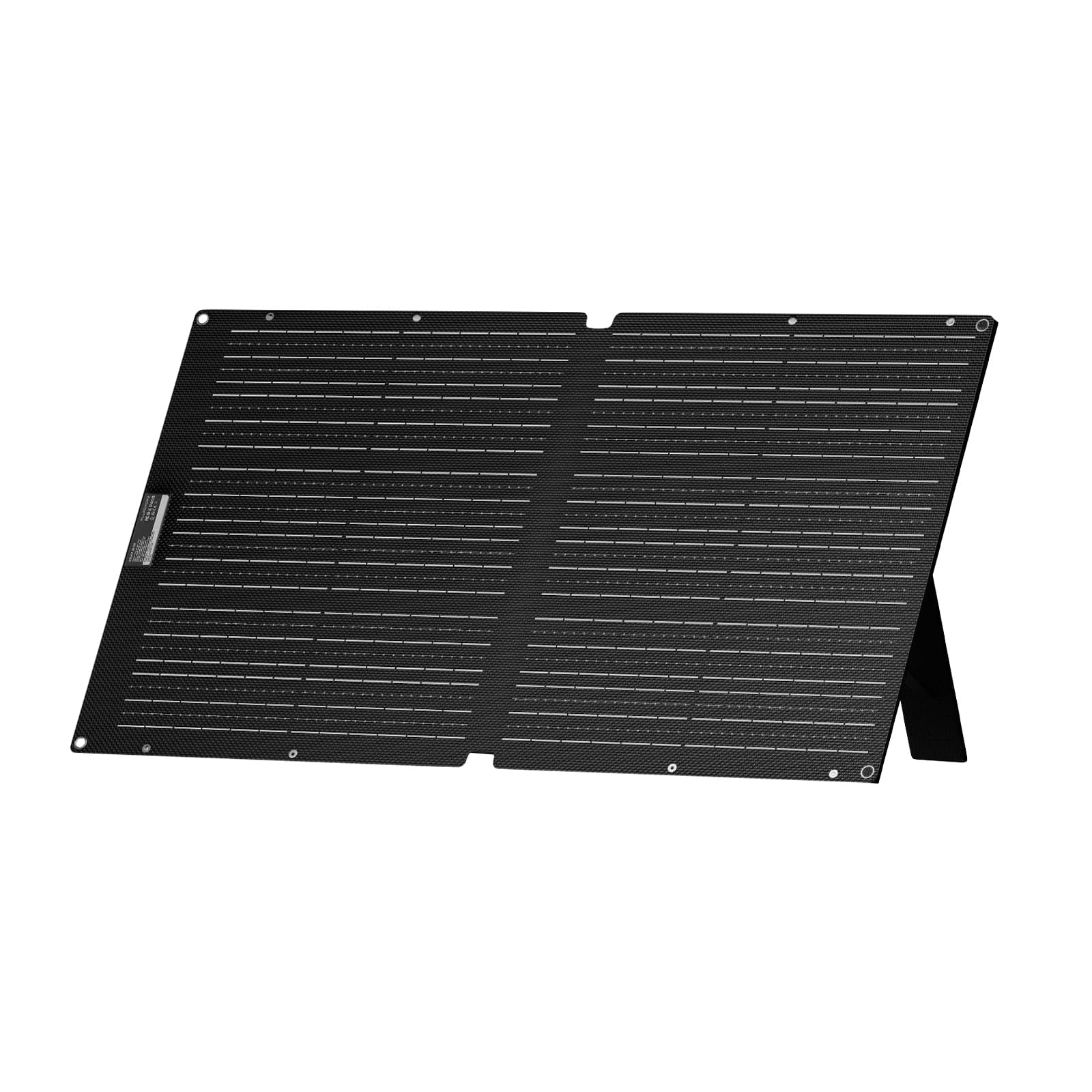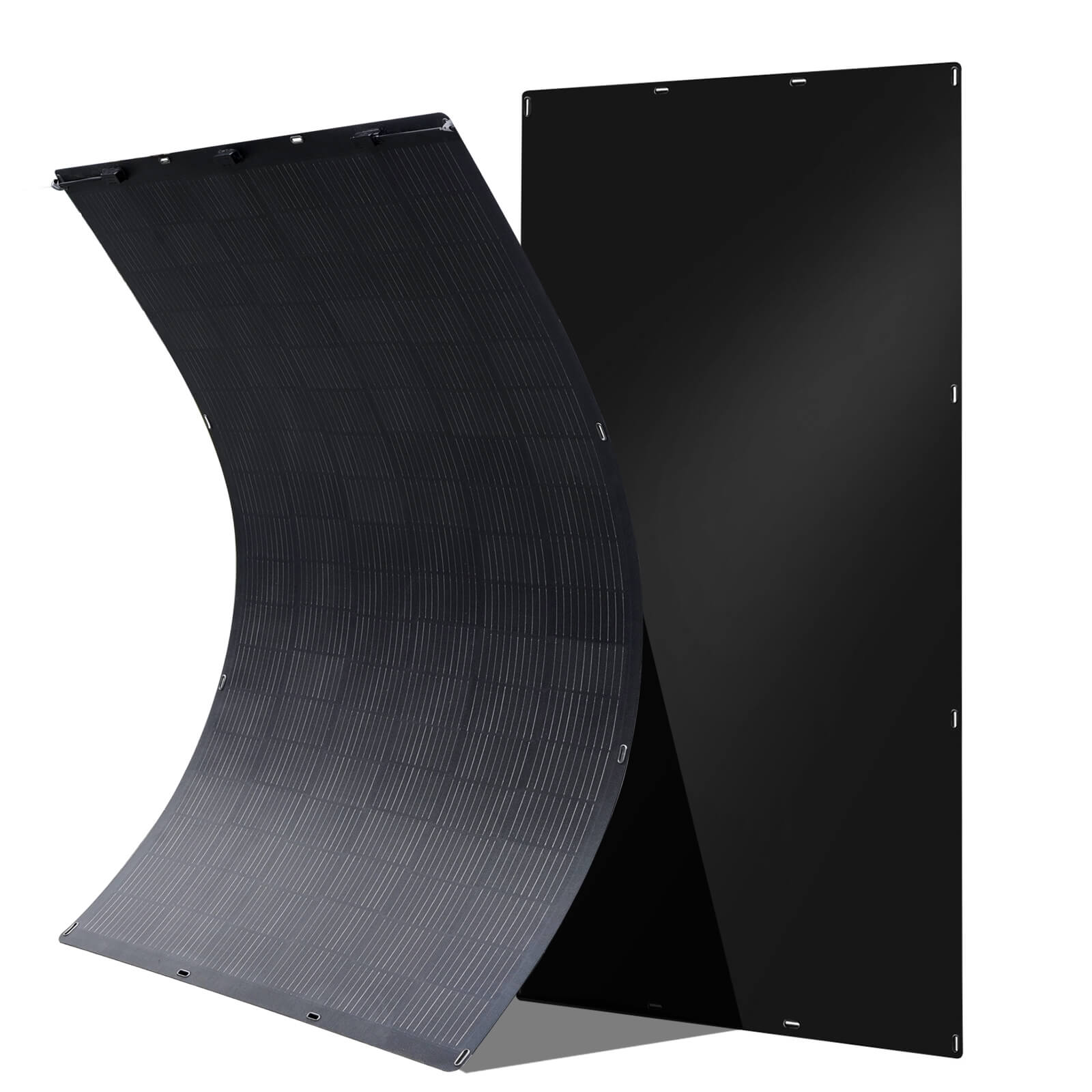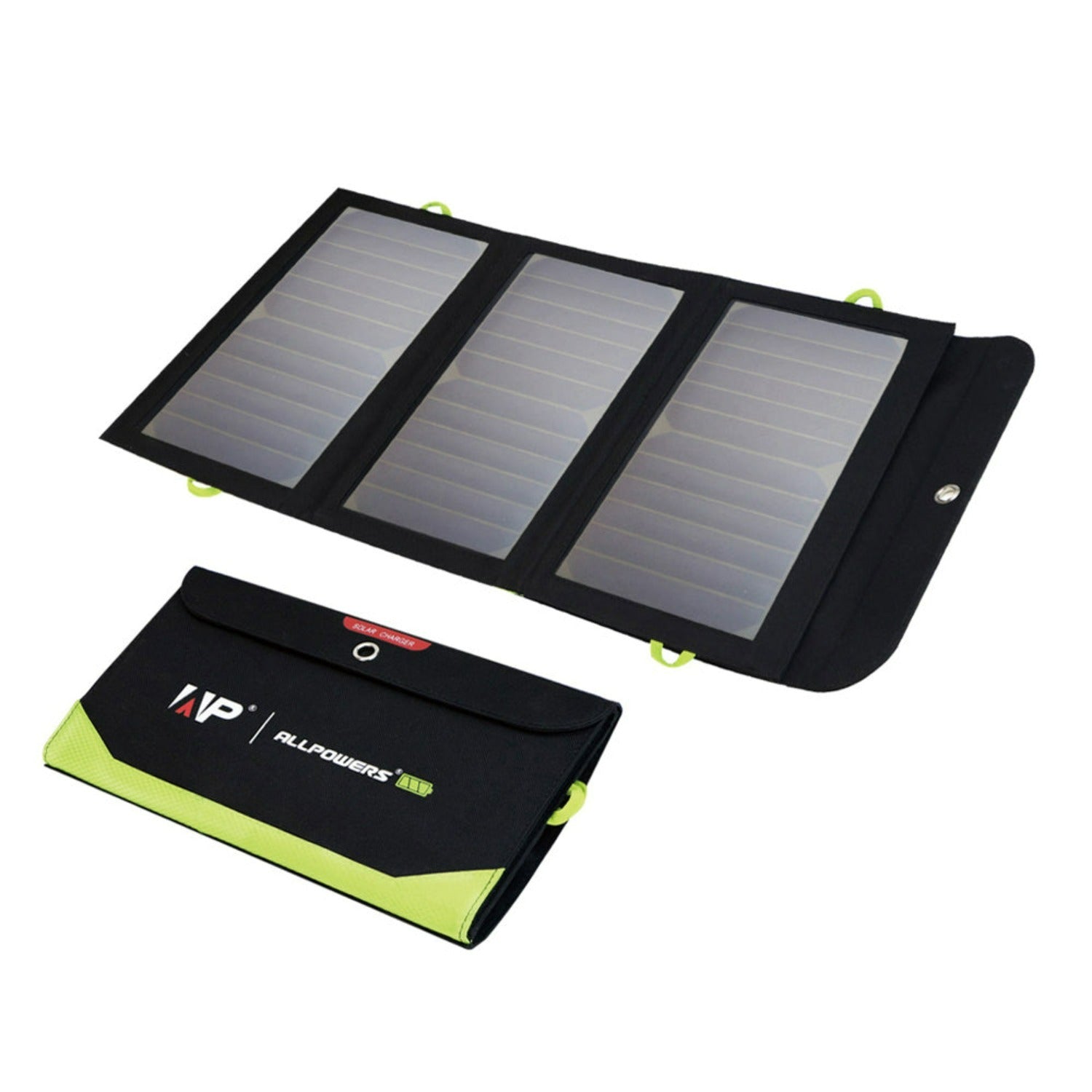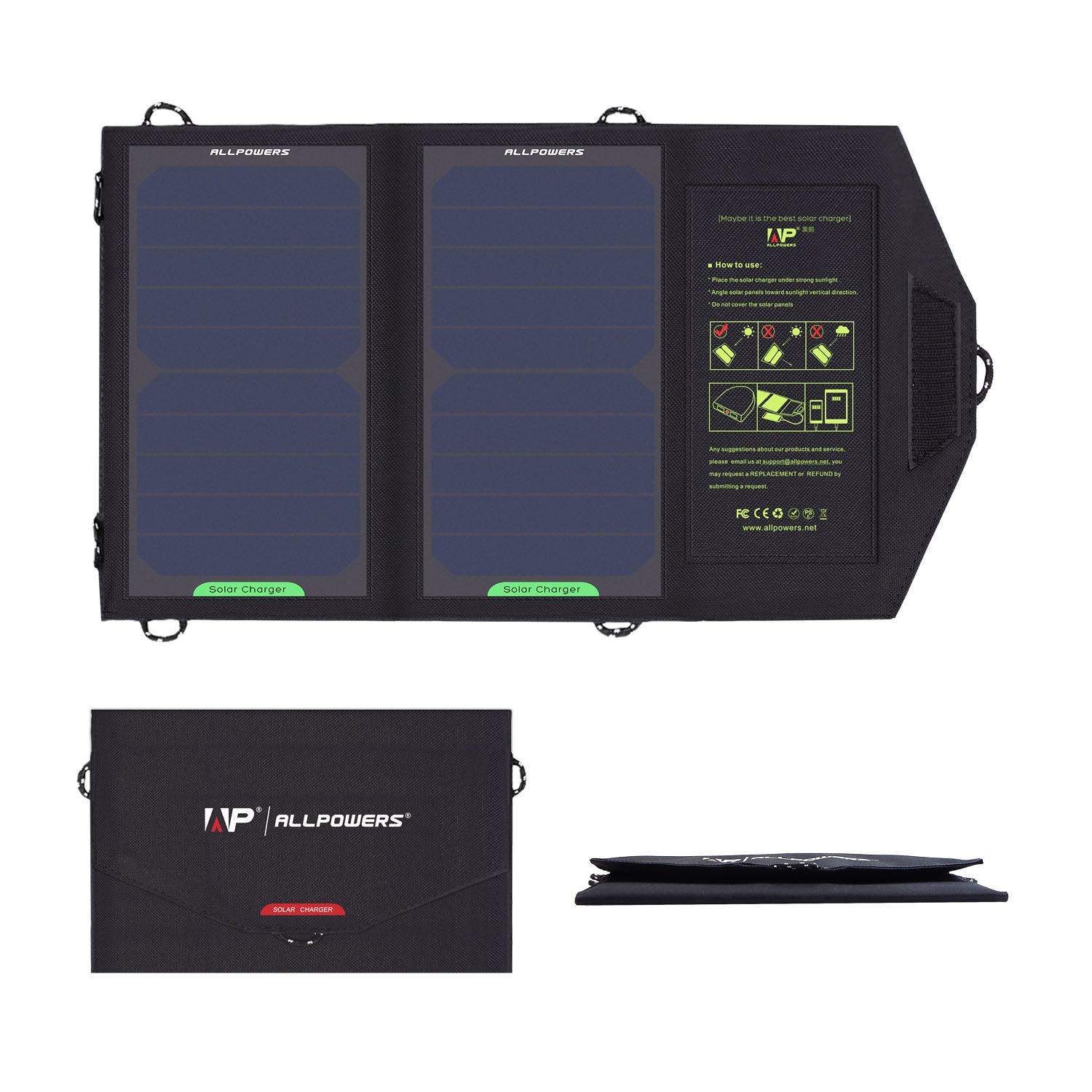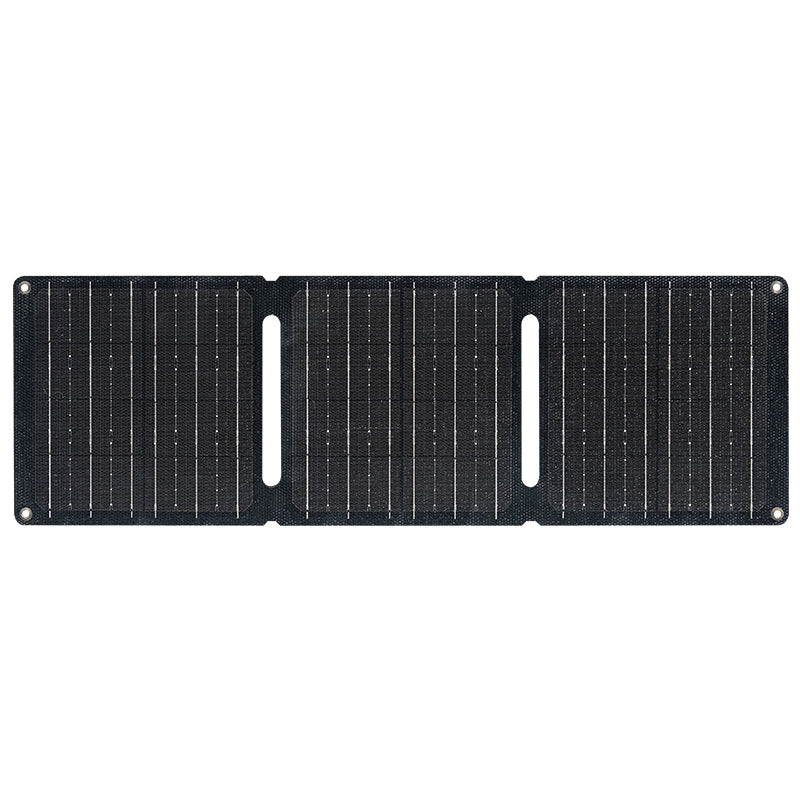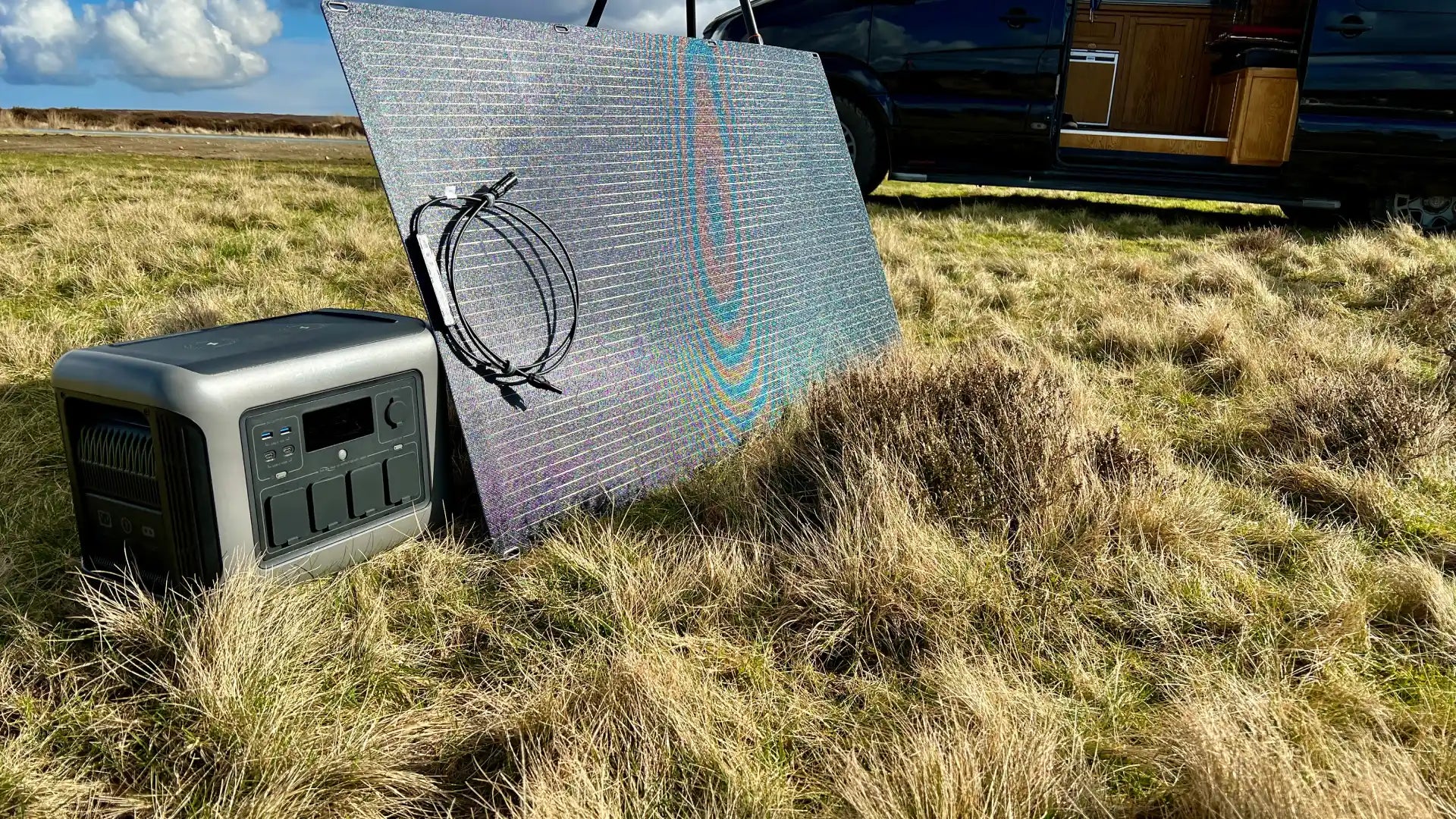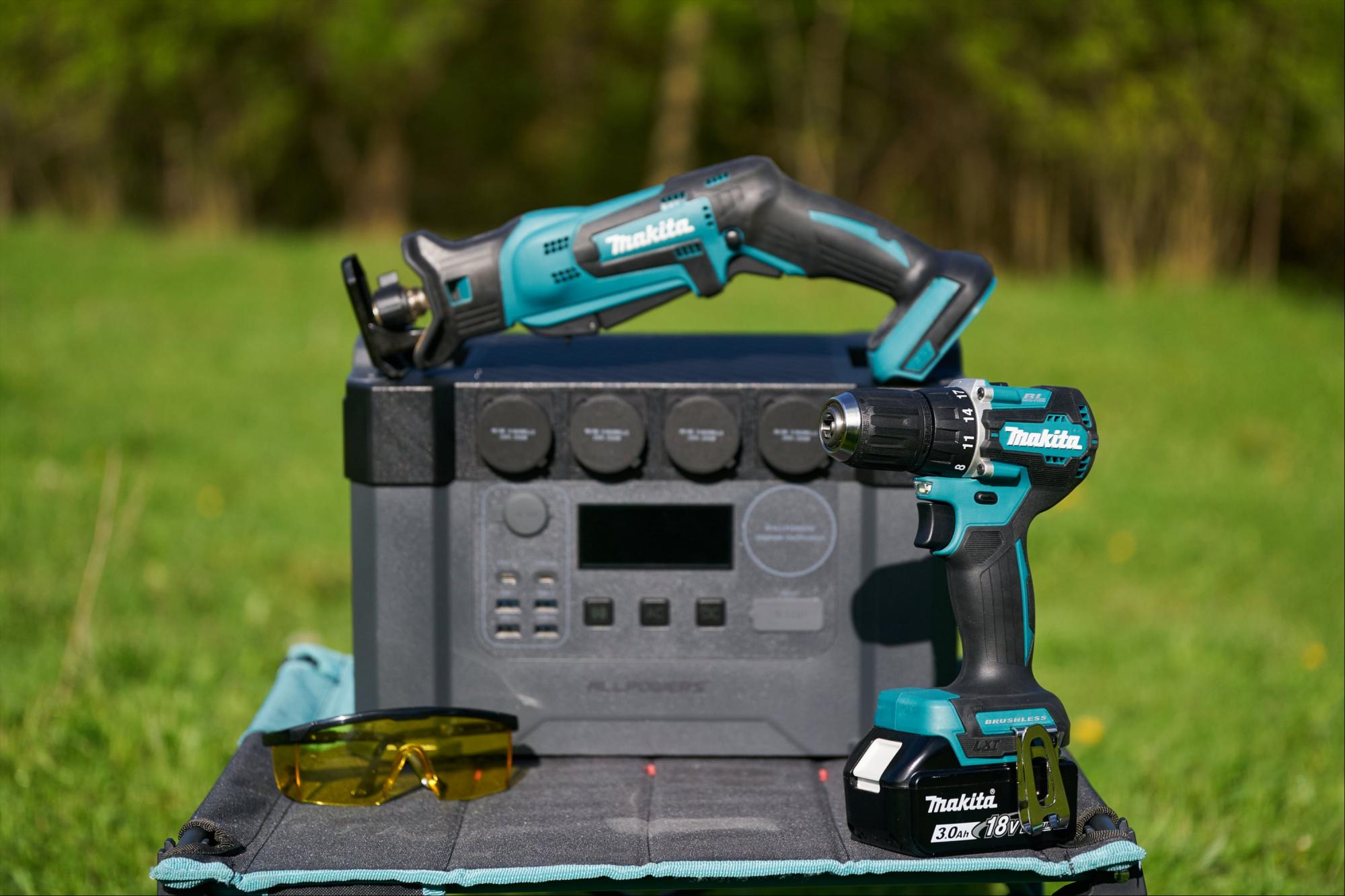Solar generators have been gaining a lot of attention lately.
You’ve probably seen them popping up everywhere, from campsites to backyard patios.
But then you look online, and the prices are all over the map.
One second, you see a unit for a few hundred bucks, and the next, you’re staring at something that costs more than a decent used car.
It’s confusing, so what’s the real deal with the cost of solar generators?
The range of prices can be surprisingly wide
The cost of a solar generator isn't a single number—it’s more like a range, and a pretty wide one at that.
Some are tiny, designed to keep your phone and camera charged during a weekend getaway.
Others are massive, capable of running heavy appliances for days on end.
At the lower end, you can find compact solar generators starting around a couple hundred dollars.
These are the lightweight champs—portable, budget-friendly, but limited in what they can handle.
Step into the mid-range, and you’re looking at $500 to $1,200 units, the sweet spot for many homeowners and campers who want real versatility without overspending.
Then there are the big guns—anything north of $2,000. These are serious power stations, often paired with high-capacity solar panels, and they can rival traditional gas generators in capability.
Battery capacity plays the starring role
If you want to know why prices jump, look first at battery capacity.
The bigger the battery, the more energy it can store, and that means longer runtime for your devices.
Manufacturers measure this in watt-hours (Wh).
A 300Wh power station might keep your phone charged for days but will struggle with a coffee maker.
On the other hand, a 2,000Wh unit could run a mini-fridge for an entire night.
Think of it like a fuel tank in a car. A small tank is fine for quick city trips, but if you’re heading across the country, you’ll want the larger one. Bigger tanks cost more, and it’s the same with solar generator batteries.
Solar panels add to the total investment
The generator itself is only part of the picture. Unless you’re planning to charge it solely from the wall, you’ll likely want solar panels. And here’s where costs can sneak up.
A decent 100W foldable panel might set you back $150–$250. Scale that up to 400W or more, and you’re looking at hundreds—sometimes over a thousand—depending on efficiency and portability.
Efficiency is key here. Higher-efficiency panels cost more upfront but recharge your generator faster, which matters if you’re camping in cloudy conditions or need quick turnaround during an outage.
It’s similar to choosing cookware. Sure, you can buy a cheap frying pan at the supermarket, but a professional-grade one heats evenly, lasts longer, and saves frustration. Solar panels follow that same philosophy.
Additional features that affect price
Beyond capacity and panels, there are extras that can bump the price tag. Wireless charging pads, built-in Bluetooth apps, fast USB-C outputs, expandable batteries, even car-charging capabilities—these all sound small but add up.
Sometimes these features are worth every penny. Imagine checking your power levels from inside your tent without stepping into the rain. Other times, they’re bells and whistles you won’t use.
It’s like smartphones: some people never touch half the features on theirs, while others rely on them daily. Knowing which category you fall into helps you avoid overspending.
Seasonal price shifts
Here’s something people often overlook: prices for solar generators can fluctuate with the season.
During hurricane season or major storm months, demand spikes and inventory runs thin. Prices creep up.
The same happens around big sales events like Black Friday, but in the opposite direction—deep discounts can make high-capacity models surprisingly affordable.
If you’re serious about buying, keep an eye on timing. You don’t want to be shopping for backup power in the middle of a blackout when everyone else is doing the same.
Learn more: What Is the Best Solar Generator for the Money?
Alternatives look cheaper, but there are trade-offs
You might wonder: why not just grab a gas generator or a stack of power banks?
Sure, those are cheaper up front. A small gas unit might cost only a few hundred.
But factor in fuel, maintenance, and noise complaints from neighbors, and the balance shifts quickly.
Power banks are fantastic for day trips but simply can’t compete in capacity. They’re pocket-sized fixes, not home backup systems.
Learn more: Which is Better, a Solar Generator or a Gas Generator?
So, how much should you expect to spend?
If you just want something small for phones, laptops, or weekend camping—budget around $300 to $500.
If you’re looking to power a mini-fridge, some lights, or medical equipment in a pinch—$700 to $1,300 is a sweet spot.
And if your goal is whole-home backup or serious off-grid living—be prepared for $1,300 to $2,000. Add solar panels on top, and the total package might be another $300 to $500 depending on size.
Start small if you’re unsure. A modest generator with expansion options lets you grow later.
Think long-term. Spending a bit more on a quality unit saves frustration and replacement costs down the line.
Conclusion
So, how much does a solar generator cost? Anywhere from a few hundred dollars to several thousand, depending on size, features, and quality.
While the price tag might seem like a lot at first glance, when you consider the savings on gas, the lack of maintenance, and the sheer convenience, a solar generator really does pay for itself over time.


